2019 heralds the end of what arguably is one of the most transformative decades in comics. Over the last 10 years, we’ve seen the audience for comic books grow and expand beyond what anyone could have anticipated, largely thanks to the publishing industry’s increased efforts to reach out towards younger and more diverse audiences. The Beat‘s Best Comics of 2019 reflects the culmination of these efforts, showcasing comics from all corners of the industry. From the beloved stalwarts of Marvel, DC and Image to the rising suns of webcomics and small press endeavors such as ShortBox, this has been a year to remember.
Here are The Beat‘s best comics of 2019.
Akissi: More Tales of Mischief
Writer: Marguerite Abouet
Artist: Mathieu Sapin
Publisher: Flying Eye Books
Kids’ comics have devoted themselves to strict narratives, but the Akissi books are here to reclaim the territory staked out by the likes of Little Lulu and make it available to a new generation. This second volume of West Africa-born Marguerite Abouet’s autobiographical short tales of hi-jinks on the Ivory Coast pushes the boundaries of acceptable behavior, presenting Akissi as the ultimate anti-hero for kids everywhere.
Akissi is not a good kid — she’s a spirited, anti-authoritarian kid, with a combative ego and a reckless compulsion to disrupt and often put herself and her friends in danger. But it’s this behavior that creates the laughs and places the stories on a tightrope between cautionary tales and hilarious hi-jinks — Abouet is not afraid to find the humor in Akissi’s behavior when it veers into cruelty, but she also uses these moments to examine the character’s weaknesses for something more substantive that takes seriously the experience of people in African in a manner that is still all too rare in American publishing. — John Seven
All We Ever Wanted
Writer: Various
Artist: Various
Publisher: A Wave Blue World
When things are looking bleak, finding an escape, even just for a few minutes, can make a world of difference. A Wave Blue World’s anthology All We Ever Wanted offers readers more than 20 feel-good stories filled with optimism and inspiration to remind you that there is still some positivity in this universe.
The list of creators is extensive: Howard Mackie, Matt Miner, Eric Palicki, Tyler Chin-Tanner, Ryan Lee, Liana Kangas, and Matt LeJeune are just a handful of the names attached to the book. Each brings their own style, making it easy to find the perfect short tale to uplift you. When so many books, comics, television shows, and movies seem to favor gritty realism, something like All We Ever Wanted is a refreshing—and inspiring—break from the darkness. — Deanna Destito
Are You Listening?
Cartoonist: Tillie Walden
Publisher: First Second
Come run away headlong into mystery and horror with Tillie Walden’s Are You Listening? Pick up a stranger on the road and all of their stories come along with. You just have to hear what they’re saying. Adopt a cat from shadows that can’t be found on maps. This book is a lucid dream, raw exhilaration in a dark mirror.
Sometimes acting on what works best for you still doesn’t fit right. Good life or bad, a cage is a cage. Of those whom society refuses to make space for, folks of strength and compassion are drawn to others pushed out and powerless. In this case, the cat is another expat from a supernatural world of chaos and bureaucracy. Hitchcock would blush, Jung would applaud, Are You Listening? contains a controlled tumult of domestic and cosmic horror, an inexplicable extension of our modern dilemma.
The colors in this book are really something else. Walden paints with light, getting deep inside how light is color, how light looks, and makes each panel a balm to the spirit in the same way seeing sunlight rippling on waves soothes, the quiet peace of soft focus watercolors like stormy stoplights through windshield raindrops. A small room lit by dawn. Big moods. Walden’s loose, expressive, confident line art style weaves through the color fields, and her penchant for architecture is reborn as surreal, breathtaking road trip landscapes. Delicate and emotional and inspiring. — Arpad Okay
Basquiat
Writer: Julian Voloj
Artist: Søren Glosimodt Mosdal
Publisher: SelfMadeHero
Jean-Michel Basquiat remains one of America’s finest artists, a revolutionary who upended the sterility of the academy and integrated hip-hop aesthetics into the public consciousness. This bio-comic of Basquiat is as surreal and non-linear as a Basquiat painting, with sharp spikes of color and a coolness infusing each page. Julian Voloj is surely the finest biographer of the graphic novel form and his method of melding truth and fantasy makes for eminently engaging reading. — AJ Frost
Batman: Last Knight On Earth
Writer: Scott Snyder
Penciller: Greg Capullo
Inker: Jonathan Glapion
Colorist: FCO Plascencia
Letterer: Tom Napolitano
Publisher: DC Comics
When I originally thought about including this story on my best of 2019 list, the third and final issue was supposed to already be on the shelves. Due to time crunches and schedule changes, the final chapter in Scott Snyder and Greg Capullo’s epic Batman saga was pushed back to December 15th, but even without that final issue I’m confident in saying this (currently incomplete) mini-series is one of the best comics I read all year. The creative team have spent years testing the Caped Crusader, but this storyline serves as a bookend for all of the trials and tribulations they’ve forced him to endure; in short, it’s their version of the character’s death, his final plunge into hell before he can finally head to the giant batcave in the sky.
Set years in the future, long after magic and the Green Lantern Corps have disappeared from the DCU, readers follow Batman through an unrecognizable world, one where the hero’s partner-in-crime is Joker’s re-animated head. The building sense of mystery and dread makes it hard to put the book down, but what really makes the book compelling is its examination of what it means to be Batman and whether or not Bruce (or cloned versions of him) can ever truly accomplish his mission. Whether the years long Snyder and Capullo collaboration has been your cup of tea or not, The Last Knight on Earth is one of the most intriguing, irresistible books coming from any publisher. — Nick Kazden
Beastars
Cartoonist: Paru Itagaki
Publisher: VIZ Media
It may come as a surprise that one of the best manga series of the year is centered around a world populated by anthropomorphic animals entangled in a society with strict rules. Beastars is no Zootopia, but nor is it Animal Farm; instead, it lives somewhere in-between, positing the very serious question of how a society full of predators and prey would operate, and how the balance of power would shake out.
The story begins with the murder of a student at Cherryton Academy, an alpaca named Tem falling victim to a predator classmate whom the reader never sees except in shadow. This incident deepens a schism between “predator” and “prey” type animals. The main character, Legoshi, is a gentle wolf who was friends with Tem. Sad at the loss of his friend, Legoshi also has to grapple with his own identity as one of the most fearsome predators in his society, despite the fact that he is actually very opposed to violence.
Though much of the story focuses on Legoshi’s internal struggles which parallel some of the very human conflicts of puberty, there is also a great deal of time and attention given to this strange society that penalizes predators from acting on their “inherent nature,” and a great deal of consideration for how all of these diverse creatures might live together in relative harmony. Itagaki’s loose, expressive artwork lends to the urgency of many scenes, and it is clear with each tiny story detail that she has planned this world out meticulously. — Morgana Santilli
Black Cat
Writer: Jed MacKay
Artists: Travel Foreman and Michael Dowling
Publisher: Marvel Comics
“Consider the cat.” That’s opening line for the Black Cat series and, really, consider the cat you must. This is a great superhero comic, up there with Al Ewing‘s Immortal Hulk in how it fully embraces a genre and sees it all the way through. What’s horror for Ewing’s Hulk is ’60s and ’70s crime capers for Jed MacKay’s Black Cat. There’s a French noir feel to the story that gives the comic a more serious tone, but it doesn’t overextend itself. Travel Foreman’s and Michael Dowling’s art keeps everything grounded, even as the heists go into magical territory. They also keep the story within the confines of the crime caper style, making sure everything clicks.
One of the comic’s most impressive feats, though, lies in how it moves away from the ‘high school teen’ look Black Cat’s been forced into for so long and reintroduces the character as a master burglar that can hold her own with the best of them. And it does this without turning the character into Catwoman. Whereas DC’s cat burglar is more femme fatale, Marvel’s is more finessed robber, a heist planner that loves when a plan comes together.
Keep an eye out for this one in 2020. It’s quality storytelling, unafraid to venture into mature territory in terms of depth rather than flashiness and oversexualization. — Ricardo Serrano
Blank Canvas: My So-Called Artist’s Journey
Cartoonist: Akiko Higashimura
Translation: Jenny McKeon
Adaptation: Ysabet MacFarlane
Lettering & Layout: Lys Blakeslee
Publisher: Seven Seas Entertainment
To say that Akiko Higashimura is a break-out mangaka would be farcical, considering that she has had incredible success in Japan for many years now. But she is finally becoming more recognized in North America, most recently with an Eisner for her exceptional josei series Tokyo Tarareba Girls, another Kodansha title that began life as a digital-first offering whose success launched it into print.
Fans of Higashimura can now get a glimpse at how the mangaka achieved her manga-making dreams with Blank Canvas, an autobiographical look at the mangaka’s life from high school and into college. It focuses primarily on her relationship with an art teacher she had outside of school, who helped her to take her wide-eyed, credulous dreams of making art and help her to apply herself to her work in order to truly become a better artist.
This series is a true boon to any teenage artist, as it both humanizes the Higashimura of today by showing her less flattering teenage qualities, as well as delivers a reality check that behind every prolific creator is a great deal of unseen work. Higashimura may have had some innate talent to a degree, but without rigorous study, she would not be the internationally-acclaimed mangaka that she is today.
Despite the message, this is not a preachy manga by any means. Readers are accustomed to the wacky slapstick of Princess Jellyfish and Tokyo Tarareba Girls, which also blend serious storylines of self-discovery and exploration throughout their narratives. Blank Canvas, though non-fiction, is no exception to this expert balance of pathos and grounding humor. — Morgana Santilli
Bloom
Writer: Kevin Panetta
Artist: Savanna Ganucheau
Publisher: First Second
Although I read Bloom way back in January, I’ve thought about it at least once a week since and recommended it to more than a dozen people. Falling in love can be complicated and messy and hard, especially in your late teens and early 20s; still, falling in love is thrilling and intense and euphoric. This book captures all of this nuance through a story of one summer, two boys, and a bakery, and it will leave you with a feeling of warmth that sticks with you for months. — Samantha Puc
Canto
Writer: David M. Booher
Artist: Drew Zucker
Colorist: Vittorio Astone
Letterer: Deron Bennett
Publisher: IDW
Canto absolutely knocked me off my feet this year. This heart-pounding, evocative series about a small, courageous robot who goes on an epic quest to save his beloved before her time runs out — literally — reduced me to tears with nearly every issue. I did not expect this series to be so good, but I’m so glad that it is; it’s all-ages appropriate, packed with adventure, irresistibly charming, and so utterly adored by its creative team that their affection for the characters and their world shines through on every single page. — Samantha Puc
Chasing Echoes
Writer: Dan Goldman
Artist: George Schall
Publisher: Humanoids
Family dysfunction and the Holocaust is not an unheard of trope in comics. Heck, it was the basis of the first comic to ever win the Pulitzer Prize. On the other hand, Chasing Echoes is as much a book about the legacy of the Holocaust on a family as it is about a contemporary exploration of identity in a world where identity is questioned at every turn. Dan Goldman weaves an emotional, impressive story about one family’s trip back to Poland seventy years after the events of the Holocaust in a search for their roots. Along the way, there are a mad series of escapades, including a trip to Auschwitz followed by a rain-drenched Elton John concert. It may seem silly, but that moment is surrounded by many heavy moments of loss, melancholy, joy, and reconnection.
Chasing Echoes is a remarkable book that connects the past and present effortlessly, inviting readers on a heart-wrenching and, ultimately, satisfying journey of a family’s reconciliation with history… and themselves. — AJ Frost
Conan the Barbarian
Writer: Jason Aaron
Artists: Mahmud Asrar, Gerrardo Zaffino and Garry Brown
Colorist: Matthew Wilson
Letterer: Travis Lanham
Publisher: Marvel Comics
If you know me, you’ll think that a character like Conan the Barbarian isn’t for me, and you’d be right. I’m not a huge sword and sorcery guy, and I don’t connect to characters like Conan for a myriad of reasons. That being said, the current Conan the Barbarian series by Jason Aaron, Mahmud Asrar, Matthew Wilson, Travis Lanham, and guest artists Gerrardo Zaffino and Garry Brown, somehow ticks all the right boxes for me. It’s gorgeous and reflective, providing an episodic glimpse into the life of the Cimmerian warrior-turned-king of the land.
There’s an over-arching story to Aaron’s overall 12-issue story (concluding this January), but I really mean it when I say you can pick up literally any issue of this series and read it as a standalone story. It’s incredible writing, as Aaron feeds the reader pieces of the Conan’s final story throughout the series. Asrar is putting in the work of his career here, as his art reaches its zenith with colourist Wilson, whose work makes the world Conan inhabits a living, breathing place. I was never interested in Conan because he represents this overly-machismo kind of character that I find distasteful, but Aaron taps into something mythical with the journey of Conan’s life from lowly fighter and mercenary to this imposing and tired king. Aaron’s take on the guy is more of a Mad Max figure, roaming the world and getting into adventures, where he meets who these stories are really about. — Hussein Wasiti
Copra
Cartoonist: Michel Fiffe
Publisher: Image Comics
Copra is back, baby! My favorite comic series of the last decade has been on hiatus while creator Michel Fiffe worked on projects like Bloodstrike: Brutalists for Image and G.I. Joe: Sierra Muerte for IDW. When it was announced that Bergen Street Press, the home of Corpa collected editions, would be shutting its doors, fans of Copra waited and debated where Copra‘s trades would move to. And then the announcement came down that not only were Copra‘s trades moving to Image, but Michel Fiffe would reluanch the series with a new #1 there as well. Picking up right where 2017’s Copra #31 left off, Copra #1 proved to be both longtime and new-reader friendly, with a backup feature that took new readers issue by issue from Copra‘s original #1 through now. Issue #2 is on the stands with #3 soon to follow. This series makes me love comics more with every new issue. — Billy Henehan
Cosmoknights
Creator: Hannah Templer
Publisher: Top Shelf
Released in installments as a webcomic and as a graphic novel, Hannah Templer‘s Cosmoknights is one of the most dynamic comics to hit the market in 2019. At its core, the story is about a group of space lesbians dismantling the patriarchy and taking destiny into their own hands. Beautifully illustrated with writing that is at turns hilarious and heartbreaking, this series has garnered a large following, and for good reason. — Samantha Puc
Criminal
Writer: Ed Brubaker
Artist: Sean Phillips
Colorist: Jacob Phillips
Publisher: Image Comics
There aren’t many creators out there who do crime comics like Ed Brubaker and Sean Phillips. Hell, there aren’t many creators who do comics like them, period. They’re my single favourite creative team, and for good reason. For years, they’ve provided some of the most consistently amazing crime comics in the history of the medium. This year, they relaunched their mainstay series, Criminal. This time they’re telling the story of the death of one Teeg Lawless, who is more or less the figurehead of the Criminal franchise. For this volume, Phillips has brought in his son Jacob to colour his pages. Jacob gives his father’s pages this ethereal, dream-like quality which I think is the perfect way to depict such a wild and far-reaching story as this one, which reaches deep into the world of Criminal and reintroduces a lot of old characters to tell this definitive Criminal tale.
Brubaker has made it known that he’s been trying to experiment with the monthly comics format, and this is evident in how episodic this volume has been (see a pattern with my previous pick yet?). The team is even experimenting with their collected editions, collecting a two-issue arc from this volume and adding deleted scenes for their Bad Weekend hardback that has been available since the summer. This is all to say, these creators are firing on all cylinders and Criminal is the comic that everybody should be reading. It’s a masterclass in writing and visual storytelling. — Hussein Wasiti
Crowded
Writer: Christopher Sebela
Penciller: Ro Stein
Inker: Ted Brandt
Colorist: Triona Farrell
Letterer: Cardinal Rae
Publisher: Image Comics
Crowded isn’t the only comic to have been optioned for film or TV before the first issue was even released, but with a premise like “what if you could crowdfund assassination attempts,” it’s no wonder Hollywood came knocking. Indeed, Crowded started strong with its 2018 debut by writer Christopher Sebela, penciller Ro Stein, inker Ted Brandt, colorist Triona Farrell, and letterer Cardinal Rae, and it’s only gotten stronger in 2019.
I believe it was Sebela who described the title as “gay Die Hard.” That’s selling it a bit short, as Crowded has a far more original high-concept than the comparison suggests. Yet like the best 80s action movies, Crowded is fast-paced and irreverent, with plenty of humor to spare. Plus, this year it leaned further into the romance between its two leads: Charlie, an impulsive socialite trying to figure out why so many people contributed to the enormous bounty on her head, and Vita, the no-nonsense bodyguard Charlie hired through an Uber-like app for renting personal protection.
It’s unpredictable and exhilarating, but what really makes this near-future sci-fi work is its satire of today’s “gig economy.” Anyone who’s ever used Kickstarter, worked more than one job to make ends meet, or been at the mercy of internet bullies could find something to relate to here, even if your friends and family haven’t used a crowdfunding app to finance your murder… yet. — Greg Silber
Cry Wolf Girl
Cartoonist: Ariel Ries
Publisher: ShortBox
Ariel Ries’ modern take on a classic folktale follows Dawa, a young girl with an overwhelming wolf-phobia that’s intensified as elders shrug her fears away. It’s one of the most thematically resonant comics I’ve read this year – and also one of the loudest. Ries’ letters so that sound effects and intonation in dialogue isn’t just written, it’s within the art itself. Wolves are communicated more often with tactile onomatopoeias than with traditional images, so reading those scenes feels eerily similar to hearing an odd sound in your house when you’re home alone.
This story about anxiety and being heard is tight and immersive. From beginning to end, the second person narration pulls You into it alongside Dawa. By the time the final line hits, Cry Wolf Girl surreptitiously becomes an affirmation to the reader; one that can be returned to indefinitely.
Also, it smells great. — Josh Hilgenberg
Daredevil
Writer: Chip Zdarsky
Artists: Marco Checchetto, Lalit Kumar Sharma, & Jorge Fornes
Colorists: Jay Leisten, Sunny Gho, Java Tartaglia, Jordie Bellaire, Nolan Woodard
Letterer: Clayton Cowles
Publisher: Marvel Comics
Out of Marvel’s entire slate of characters, there’s a certain level of expectation concerning the Daredevil title. He’s arguably had the greatest string of runs of any Marvel characters, from Frank Miller to Brian Michael Bendis/Alex Maleev to Ed Brubaker/Michael Lark to Mark Waid/Chris Samnee. That’s an incredibly impressive list of names, and these are the shoes that writer Chip Zdarsky, Marco Checchetto, Lalit Kumar Sharma, and Jorge Fornes have to fill. They’re filling them wonderfully, by the way.
Zdarsky’s story reads like a thesis on Matthew Murdock, telling the ultimate story of what his ego and stubbornness have wrought. All of the past injuries that he simply brushed off have come back to haunt him after he was caught in an accident, and going out as Daredevil while not being in tip-top shape gets the better of him and he makes the mistake he’s always dreaded making: he’s killed someone. Daredevil’s entire role in the Marvel universe is called into question; if he can’t handle making a mistake like this, why is he even here? It’s a gripping narrative that also explores a post-Daredevil Wilson Fisk which is as equally intriguing as the main Murdock plot.
On the art front, Checchetto does some incredible and dynamic work while Fornes channels David Mazzucchelli with his debut issue. Sharma is an unconventional choice, but an unconventional style fits in an arc without a single appearance from Daredevil which I found simply bold. Much like Conan the Barbarian, this is a definitive take on the character that feels like a cumulative reckoning on who this character is. — Hussein Wasiti
DCeased
Writer: Tom Taylor
Pencillers: Trevor Hairsine and Neil Edwards
Inker: Stefano Gaudiano
Colorist: Rain Beredo
Letterer: Saida Temofonte
Publisher: DC Comics
In a year filled with line-wide crossovers and events, DCeased proves that sometimes it’s best to keep your story under a single title. This six-issue series is told by Tom Taylor with art by Trevor Hairsine and Neil Edwards, inks by Stefano Gaudiano, colors by Rain Beredo and letters by Saida Temofonte, and begins with the DC Universe’s unthinkable event. The anti-life equation is solved and, through the internet, infects heroes and civilians alike. It’s cape and cowl action/drama at its best – and from the best the genre has to offer.
Every issue of this mini had my jaw drop at least once. As Taylor’s proven, he can get to any character’s tragic flaw in a heartbeat and he does so here mercilessly, giving DCeased shock without ever feeling cheap. Lines from Hairsine and Edwards are brutally realistic, while Gaudiano’s inks pack in the detail and Beredo’s colors paint the bleak tone that accompanies the arrival of super powered zombies. Altogether, DCeased is an unmissable arc for fans of these characters. — Josh Hilgenberg
Dead Dead Demon’s Dededede Destruction
Cartoonist: Inio Asano
Translator: John Werry
Letterer: Annaliese Christman
Publisher: Viz Media
The apocalypse was postponed on the day; that day was years ago. Aliens invaded the skies but never landed and life went on, warped. People grew so bored with waiting for the other shoe to drop they decided to jump start mutual annihilation themselves. Dead Dead Demon’s Dededede Destruction is of a couple of girls who went to school in the shadow of war, the alien they meet, and the last summer ever.
A school friendship first and foremost, but as their lives are more connected to the world, the life of a city at war occupies more and more pages per tankobon. The friend circle expands. People always were the problem, but something snapped with the alien invasion. Life changed (and didn’t) and was lost and humans in that situation need something to blame. The relationship between the girls is sublime. The anxiety from the slow roll to alien genocide is through the roof. Inio Asano is writing the hell out of this book.
The art! Some expert eyebrows. Tender portraits and then goofy extras. A bunch of charming cuties. High relief locations as real as a photograph, as real as the neighborhood you live in. Cute and too real clash as headshots popping off kewpie doll alien refugees. Asano doesn’t need science fiction to amplify his story, life during wartime compels, but he’s not wasting it either. The result is some straight psychedelic Grant Morrison girl gang friend comics. — Arpad Okay
Dial H for Hero
Writer: Sam Humphries
Artists: Arist Devn, Joe Quinones
Letterer: Dave Sharpe
Publisher: DC Comics
For the longest time I only knew writer Sam Humphries as the “funny” writer until a friend clued me into his deep character work with Jessica Cruz in Green Lanterns. With Dial H, Humphries’ comedy skills are still on display but he manages to infuse heart and explore different aspects of trauma that feel like a continuation of themes he began with Jessica Cruz.
The basic gist of the Dial H concept for those unfamiliar with this classic Silver Age title—think Ben 10 before Ben 10, only with a kid changing into superheroes instead of aliens. In keeping with the Wonder Comics pop-up imprint goal of focusing on younger characters in the DCU, we have Miguel Montez assuming the power of the H-Dial, but fans wistful for the original Dial H protagonist Robby Reed, he’s not far from the action. Much like what Geoff Johns accomplished with Green Lantern, the Dial H creative team dusts off an old DC property for a modern audience while also adding to the toy box.
Humphries continues to top himself each issue employing different narrative devices including a sujet structure akin to Memento in issue 8. I can’t overlook the phenomenal art of Joe Quinones, who adds a new layer to the transformation experience by changing his style to emulate that of different artists. Thus far we’ve seen superhero pastiches in the vein of Rob Liefeld, Mike Allred, Frank Miller, Akira Toriyama, and beyond!
With any luck, this isn’t the last we’ve seen of Dial H once the 12-issue limited series concludes. — Taimur Dar
Female Furies
Writer: Cecil Castellucci
Artist: Adriana de Silva Melo
Colorist: Hi-Fi
Letterer: Sal Cipriano
Publisher: DC Comics
Female Furies is a remarkable series. The core of Female Furies is women recognizing and coming to terms with their abuse, then trying to figure out how to prevent it from happening to others. There is a complex, overt source of patriarchy that keeps women down. Whether it’s Apokolips, or on Earth, Cecil Castellucci and Adriana Melo ask how these oppressive structures can be, if at all, broken down.
Castellucci has created a very thoughtful portrait of abuse and oppression. Melo’s energetic lines imbue the series with a sense of weight, almost as if the characters are weighed down by the environment they’re in. It’s interesting to see how they manage to recontextualize the world of Jack Kirby’s New Gods and bring in a new, fresh look at the Fourth World and its lore. I was intrigued by the series, especially as it focuses on Granny Goodness (a character I personally detest) and how her story is influenced by the circumstances of her environment. I came out with a better perspective and understanding of Jack Kirby’s Fourth World. It’s a wonderful addition to the New Gods Pantheon that you should seek out. — Philippe Leblanc
Funky Town
Cartoonist: Mathilde Van Gheluwe
Publisher: PEOW Studio
Funky Town, the latest graphic novel from Mathilde Van Gheluwe, bills itself as “a dark yarn of poetry, party and witchcraft.” It is also a dense, dramatic exploration of what it means to be living with a parent with a substance abuse problem. It’s also about the loss of innocence, duality and the need to move away from toxic relationship.
This is book is dark, moody, depressing, and upsetting. You wish the protagonist will be saved, but she is doomed from the start. She’ll go down with her family, because there is no help coming for her, and it will break your heart. — Philippe Leblanc
Giant Days
Writer: John Allison
Artist: Max Sarin
Colorist: Whitney Cogar
Letterer: Jim Campbell
Publisher: BOOM! Box
Giant Days is a series for anyone who has ever been scared of growing up. Over the course of this series’ 54 issue run (give or take a couple of one shots), John Allison and Max Sarin have given us a window into the lives of a group of deeply relatable characters as they move through the challenges that come with entering college, the last bastion for growth before adulthood really takes hold. In this final year of the series, we witness lead characters Susan, Esther, and Daisy steel themselves as graduation draws ever closer and the walls come crashing down around them. Reading the series on a monthly basis proved to be an absolute must, as every issue felt like a satisfying whole story that also left you wanting more. The often surreal spaces that Sarin’s art style plays in result in sequences that are simultaneously hilarious yet deeply painful to witness — I’ve encountered more than one angry bald eagle during an all-night paper writing session. Hanging out with the cast of Giant Days has been a delight, and I’m going to miss them. — Alex Lu
Goddess Mode
Writer: Zoë Quinn
Artist: Robbi Rodriguez
Colorist: Rico Renzi
Letterer: Simon Bowland
Publisher: DC Vertigo
Goddess Mode deserves a dozen more issues, at least. Zoë Quinn‘s comics debut is a fast-paced, high-stakes, cyberpunk world starring a cast of characters so unique that they all but leap off the page. Paired with art by Robbi Rodriguez and colors by Rico Renzi, this fluorescent-drenched world is one for the ages. — Samantha Puc
Guts
Cartoonist: Raina Telgemeier
Publisher: Graphix
For me, it’s been hard to elucidate my thoughts on Guts in such a limited space, but I will certainly try to condense my myriad feelings here. What makes limiting my assessment of Guts so difficult is that all of Raina’s work occupies a special place for me because they opened my eyes to reading comics in a way that I never felt before. Her books are always so emotionally gripping and so elegantly composed; Guts is no exception.
What makes Guts so special within Raina’s canon of work—and what allows it to transcend the medium—is the fearless it approach it takes to explore a subject that many of its readers probably feel but can never articulate. Guts is about wrestling with one’s mental demons and their physical manifestations. For Raina, that meant anxiety, and that anxiety led to horrible stomach problems which impacted her life. Yet, the book is not only about her anxiety, but the ways in which she learns to accept who she is and how to mitigate the most extreme materializations of it. Guts closes out an amazing decade for Raina. I can’t wait to see what’s next. — AJ Frost
The Hard Tomorrow
Cartoonist: Eleanor Davis
Publisher: Drawn and Quarterly
I’ve always been a massive fan of Eleanor Davis and her impressive range of drawing styles, but this book completely stole my heart in both story and artwork.
Rooted in the experience of so many people, Davis succeeds wholly in combining hope for tomorrow and the fears of today through the vignette of Hannah — a home health nurse and activist — and her journey in trying to conceive with her husband Johnny amidst a not-so-unfamiliar political climate and her various relationships. With queer themes and the complicated emotions that come with strong friendships; the importance of vulnerability, and the clarity of hope for the next day, there is a gentleness to Davis’ story that feel like a breath of fresh air in an often aggro-rewarding industry. — Chloe Maveal
Hot Comb
Cartoonist: Ebony Flowers
Publisher: Drawn and Quarterly
Ebony Flowers’ debut collection of comics doesn’t just feel like an ordinary release. It feels like a major event, like something very big happened. In examining the intimate black experience in America through the customs and meanings wrapped around African American hairstyling and the family and community dynamics around them, Flowers delivers a fresh and very much alive cartooning. The stories have social and political implications, but Flowers impresses these on the reader through rich characterizations that flow with humor and beg empathy. — John Seven
House of X/Powers of X
Writer: Jonathan Hickman
Artists: Pepe Larraz, R.B. Silva
Colorists: Marte Gracia, David Curiel
Letterer: VC’s Clayton Cowles
Designer: Tom Muller
Publisher: Marvel
My thoughts about the X-Men’s recent resurgence are already sprinkled all over The Beat, but there is something so unique and wonderful about Jonathan Hickman’s, R.B. Silva’s, Pepe Larraz’s, Marte Gracia’s and Tom Muller’s combined work on House and Powers of X that it is worth praising the two mini-series whenever I get the chance. The two series have slightly different focuses: House primarily covers the formation of the new mutant nation-state Krakoa while Powers is a time-hopping narrative that explores mutant’s function and biological importance, but they have a unified goal: reaffirming the X-Men’s prominent position in the Marvel Universe.
The two series have a lot of action that puts the X-Men to the test, but House and Powers are at their most enjoyable when characters are simply discussing all of the changes taking place in the world. Instead of squabbling with one another or defending themselves from terrorist humans, mutants can now focus on preserving their nation and developing a rich, unique culture. Thanks to Hickman’s firm understanding of what makes the franchise so relatable and lovable, decades old concepts and new characters blend together seamlessly in a way that makes the whole X-Universe feel fresh and vital during this politically charged moment in time. His ability to give updated voices to classic characters- I’m looking at you creepy Xavier and fabulous Mr. Sinister- coupled with the artistic team’s expressive work and beautiful redesigns resulted in two X books that felt unlike anything that’s come before while being wholly reliant on the team’s long, complex history. — Nick Kazden
HOX/POX was as hyped as any “event comic” Marvel ever pushed, and somehow shattered expectations. A problem with Big 2 “events” is that in the midst of all the table-setting for the next year or so of superhero comics, it’s difficult to tell a satisfying story. On the surface, HOX/POX isn’t different; it doesn’t quite end so much as finalize countless status-quo shakeups for the “Dawn of X” family of X-titles that followed, including Jonathan Hickman’s own series, simply titled X-Men.
The thing is, HOX/POX delivers in ways longtime fans lamenting “event-fatigue” could’ve imagined. For one, House of X, drawn by Pepe Larraz, and Powers of X, drawn by R.B. Silva, are gorgeous, and they’re united by colorist Marte Gracia and letterer Clayton Cowles for a visual consistency rare in contemporary cape comics.
The best part, however, is how much the creators go for it. Hickman threw more ideas into the first issue than many writers would in a years-long run. The story zigs every time you expect it to zag, and nothing is left on the table.
The X-Men offering a super-antibiotic to all the nations of the world in exchange for recognizing their new home, Krakoa (the living island!) as a sovereign nation? That would’ve been more than enough to move the story forward, yet Hickman and company also throw in a mutant drug that extends human lifespans by five years, as well as one that cures “diseases of the mind.” Even for the most jaded superhero fans, HOX/POX proves that The Blue Area of the Moon is the limit. — Greg Silber
House of X #2
Writer: Jonathan Hickman
Artist: Pepe Larraz
Colorist: Marte Gracia
Letterer: VC’s Clayton Cowles
Designer: Tom Muller
Publisher: Marvel Comics
When House of X and Powers of X were first announced, I was interested, but not excited. “Here we go again,” I thought. Yet another X-Men renumbering and reboot where everything will be All-News and All-Different for what feels like the seventh or eighth time this decade. A friend bought House of X #1 for me because he was immediately hooked and wanted someone else along for the ride. After reading issue #1, I was hooked as well. But it was issue #2 that blew my mind. Jonathan Hickman and Peppe Larraz reimagine and reinvent Moira MacTaggert from background character into one of the most compelling and interesting X-people in history. After reading House of X #2, I immediately reread it, and have read it again many times since. This issue was my favorite comic of 2019 and made me the most excited I have been about the X-books since I was a teenager. — Billy Henehan
Ice Cream Man
Writer: W. Maxwell Prince
Artist: Martin Morazzo
Colorist: Chris O’Halloran
Letterer: Good Old Neon
Publisher: Image Comics
Ice Cream Man, for the uninitiated, is an anthology horror comic wherein the stories are loosely connected by the titular, sinister ice cream man, as well as by an acute sense of existential fear that runs through each and every issue. Many of these stories are set in placid suburbs, where the terror lies beneath a shiny veneer ala David Lynch. Many of the stories also involve an honest exploration of the creators fears, concerns, and hangups about modern society and the way we live. It’s a truly special book, and when it hits its highest highs, it’s better than any other monthly comic in the direct market. — Zack Quaintance
Is This How You See Me?
Cartoonist: Jaime Hernandez
Publisher: Fantagraphics
People say you can never go home again, and maybe that’s true, though arguably it’s probably more a case of, times change and people do too and we just have to adjust accordingly. Jaime Hernandez, our greatest living cartoonist, examines that notion a bit with his latest release, the newest Locas collection, Is This How You See Me? A bit of a counterpoint and sequel to the universally acclaimed The Love Bunglers; whereas that previous outing centered on the rekindled love between Maggie and Ray, this new thought-provoking work sends longtime friends/lovers Maggie and Hopey off to a punk rock reunion where they put that old above-mentioned adage to the test. With the weariness of age and other interests now occupying their personal spheres, they quickly learn that H.O.P.P.E.R.S. might just be something best left to memory.
A beautiful book, and an easily approachable entry point for those who want to see what this side of Love & Rockets is all about. — Kyle Pinion
Sometimes it rough when a reader (or in this case, a creator) comes back to revisit a set of characters from “back in the day”. But Jaime Hernandez is clearly still madly in love with the Love and Rockets, and it shines through. The book still has the clear, simple lines that Hernandez has come to be known for; and Maggie and Hopey have changed too, with Hernandez gently nudging the body proportions of each character into the “aging” category without feeling like caricature-like or disrespectful. More importantly though, Is This How You See Me? feels like a love letter to Love and Rockets that doubles as a reminder that you can still love what you grew up with (and still be punk af) even if you don’t fit the mould anymore. — Chloe Maveal
Judge Dredd: The Small House
Writer: Rob Williams
Artist: Henry Flint
Publisher: 2000 AD
For anyone that has been into Judge Dredd for the past few years, this series acts as the hyper-paranoid conclusion to almost a decade of collaborative story-telling. Williams sets them up and knocks them down with a menagerie of shadowy characters and truly creepy puzzle pieces for readers to place together. I mean really. Has anyone been so bold as to have a Judge outright say “Yes, we’re facists”? Because let me tell you — it’s pretty damn rewarding. And maybe I’m a little biased, but Flint easy does the best Dredd power-chin I’ve seen in years. — Chloe Maveal
Laura Dean Keeps Breaking Up With Me
Writer: Mariko Tamaki
Artist: Rosemary Valero-O’Connell
Publisher: First Second
Laura Dean Keeps Breaking Up With Me is hands down the best graphic novel released in 2019, and easily one of the top 10 graphic novels released in the last decade. This sharp, poignant story is so beautifully executed by Mariko Tamaki and Rosemary Valero-O’Connell that it is, at times, literally breathtaking. Tackling tough topics and the necessity of abandoning toxic relationships through stunning dialogue and art, this book is truly a must-read. — Samantha Puc
All clean lines, rose-hued highlights, and coming-of-age queerness, Laura Dean Keeps Breaking Up With Me brings a take on toxic relationships that is familiar to almost every reader. The book is, firstly, completely stunning. There’s no denying the stylized talent that is Valero-O’Connell. While so many high-school-focused slice of life graphic novels tend to be about a couple meeting, falling for one another, and the happiness that plays out from that; this novel instead discusses the harmful relationships that many people find themselves in during that period of their lives. Tamaki has a way with words that’s almost poetic as she unravels the many dimensions of the young, queer characters of the story. —Chloe Maveal
The Man Who Came Down the Attic Stairs
Cartoonist: Celine Loup
Publisher: Archaia
The Man Who Came Down The Attic Stairs is a complex work of trauma, anger, frustration, gender roles and parenting. Celine Loup is a phenomenal artist and this book illustrates how brilliant her work can be, She is able to convey an impressive range of complex emotions in her characters which makes them immediately compelling and, perhaps more accurately, mesmerizing. She explores postpartum depression and the fears and feelings of isolation women feel when they become new mothers.
Becoming a parent is very difficult on the mind and spirit. Everything gets harder, you don’t sleep much and you have no energy or time to recuperate. My wife and I struggled for a long time with that when our son was born. We still do in many ways, three and a half years later. Exploring the darker side of motherhood and the turmoil of emotions that comes with having a child is an honest take on the challenges of becoming a parent. It’s a suspenseful graphic novel you should seek out. — Philippe Leblanc
Meat and Bone
Cartoonist: Kat Verhoeven
Publisher: Conundrum Press
Meat and Bone is a queer “slice of life” story about eating, dating and figuring out what they want to do with their life. It’s the story of people drifting, knowing what they want, but not quite capable of achieving it. Each trying in their own way to get to where they want to be, some succeed and some don’t. This book is a remarkable achievement. Verhoeven started writing Meat and Bone as a webcomic back in 2012 and it lasted for six years until this complete edition was released by Conundrum Press in May 2019.
I was struck with how effortless this book was to read. Verhoeven weaves a coherent, engaging narrative while shifting within a large ensemble of characters, and manages to give appropriate time to develop each of them. There is an unwavering narrative vision in Meat and Bone, but also, there is love and care in this book. Meat and Bone is a book about finding happiness and rejecting the idea of being the “ideal” or “perfect” version of yourself. This book asks its protagonist to move the goal posts to get to a place where they can find joy. It’s sometimes the only way to go to find a way to be content. — Philippe Leblanc
Murder Falcon
Cartoonist: Daniel Warren Johnson
Colorist: Mike Spicer
Publisher: Skybound/Image Comics
I’ll admit it – I am an absolute sucker for anything Daniel Warren Johnson puts his name on. Murder Falcon is no different. With colors from longtime collaborator, Mike Spicer, this comic follows protagonist Jake as he meets the titular homicide bird and learns how to cope with depression with the help of friends and death metal.
Johnson has spoken before about his Japanese influences and that comes into full view with Murder Falcon. The eight-issue series, thematically and artistically, falls totally in line with a Shonen Manga; from Murf’s pants that he definitely stole from Goku, to the intense action scenes, all the way to how its protagonist’s most fragile moments are shown. Working with that structure, a very nostalgic one for this reader, and with these themes, Murder Falcon is a rocket-powered robot punch of emotion. — Josh Hilgenberg
The Nib
With short comics perfect for reading on your phone, you could read five strips from five different cartoonists in the time it takes to read this blurb. Despite the emphasis on brevity — and largely because of it — The Nib is perhaps the single most reliable source for sharp political in these uncertain times.
The Nib boasts some of this generation’s best (and most frequently memed) cartoonists, including editor Matt Bors, associate editor Matt Lubchansky, as well as other contributors like Ben Passmore and Jen Sorenson. While the talent pool represents an inclusive range of genders, sexualities, ethnicities, religions, and other demographics, the entire outlet is unapologetically progressive. There’s no “both sides” BS or milquetoast appeals to centrists, and you certainly won’t like it if you voted for Trump.
But for those of us furious and worried about this critical point in history, The Nib provides much-needed vitriol towards the status quo, as well as humor. It’s not all laughs, though. One of The Nib’s most memorable contributions this year was a sobering look at a gay, Jewish member of the anti-Nazi resistance during the Holocaust by Dorian Alexander and Levi Hastings.
I don’t necessarily agree with the idea that there’s a direct correlation between the darkness of a historical moment and the greatness of the art produced in that time. But if we’re still here 50 years from now, I’m confident The Nib’s cartoons will still be studied and celebrated. — Greg Silber
Nobody’s Fool: The Life and Times of Schlitzie the Pinhead
Cartoonist: Bill Griffith
Publisher: Abrams
Griffith has made use of Schlitzie as the inspiration for his successful Zippy the Pinhead character, so it’s only fitting that he should pay tribute to the real man through this intricate and heartfelt biography. Tracing Schlitzie’s life from childhood through sideshows, Hollywood, psychiatric hospital, and low-key later existence, Griffith untangles as best he can the levels of untruth that the sideshow world specialized in and gets to the not only the heart of the person behind the claims but even the higher meaning of that person’s experience. Focusing on the way America treats outsiders in general and the mentally ill in particular, Griffith’s book is a pointed indictment of that system while still joyously celebrating the strange adventure of a life lived by one of its victims. — John Seven
Not Even Bones
Book Author: Rebecca Schaeffer
Written & Adapted by: Stephen Lamm
Artist: Alai Cinereo
Publisher: Webtoon
Based on the young adult novel by Rebecca Schaeffer, Not Even Bones on Webtoon has emerged as one of the strongest webcomics I’ve come across this year. The story revolves around Nita and her inner conflict of continuing in her mother’s sordid family business or maintaining her own moral compass.
Alai Cinereo’s moody art has a cinematic flow and movement that enhances the supernatural universe in which the story is set. The pacing of the story is also spot on, as each episode reveals just enough about the world to keep you intrigued until the next installment. Hopefully the comic continues to deliver after such a strong start. — Deanna Destito
Our Dreams at Dusk: Shimanami Tasogare
Cartoonist: Yuhki Kamatani
Translator: Jocelyne Allen
Publisher: Seven Seas
The comics world has seen a promising increase in the number of LGBTQ+ narratives, both fictional and autobiographical, making their way into the market. Among those is the truly exceptional Our Dreams At Dusk, which follows high school student Tasuku Kaname as he navigates a new school, a new town, and the slow acceptance of his sexuality.
Tasuku is nearly driven to suicide for being teased about being gay, only to stop himself when he sees a woman jumping down over a railing and he runs to rescue her. She was in no real danger, it seems, and she introduces herself to him as “Someone-san,” offering Tasuku to tell her what’s bothering him, but also telling him that she won’t listen. This confusing offer leads Tasuku to the drop-in center which she funds, where queer individuals of all kinds come together to repurpose old buildings to serve new functions.
This is an incredibly thoughtful series, one which drives home the idea that gender identity and sexuality — and how they are expressed — are different for everyone. Creator Yuhki Kamatani’s artwork toes the line between reality and surrealism, conveying the conflicting feelings about self-realization and self-actualization through an incredible use of themed imagery.
Though the series is brief at four volumes, the last one out in December 2019, it is a deeply resonant and important work that deserves to be recognized for giving readers of all backgrounds a truly meaningful fictional queer narrative, complete with the acknowledgement that navigating identity is messy and seldom straightforward. — Morgana Santilli
Without question, this tale of a young man coming to grips with his sexuality is my favorite manga of the year. Tasuku is being bullied at school for being gay, but he doesn’t know if he is – or what he even might be, when he encounters an unusual group of people working together as a non-profit organization. As Tasuku starts to meet people who are gender and sexual minorities, he starts to understand who he is and what wants to become. Tasuku struggles with self-acceptance and a world which is often hurtful even when it thinks it’s being supportive, but find support in the Cat Clutter group.
Grab an extra copy and give it to a friend or your grandma, there’s important stuff in here. Kamatani’s art and storytelling is…sublime. Individual pages speak strongly to and for queer people. If there is a single manga I’d like everyone to read, it would be this one. Sample pages are available on specific platforms, listed on Seven Seas’ site. — Erica Friedman
Outer Darkness
Writer: John Layman
Artist: Afu Chan
Letterer: Pat Brosseau
Publisher: Skybound/Image Comics
The Outer Darkness’ influences are crystal clear, subtlety be damned. It’s Star Trek meets The Exorcist and Poltergeist all trying to muster as much horror as they possible can. The starship Charon, carrying a crew of trained exorcists and supernatural experts led by Captain Joshua Rigg, traverses the darkest corners of the galaxy to engage with restless spirits, alien societies possessed by demonic forces, and haunted spaceships.
The series launched in November 2018 but came into its own in early 2019 as it delved deeper into world-building and deceptive character development. John Layman and Afu Chan have crafted a story that puts its characters in situations that feel dangerously sinister and cruel. The possibility of any given crew member getting possessed or being impaled by a fellow exorcist infected with the evil energies of a haunted spacecraft is always marked high and the stakes carry over issue after issue. All of this happens within the context of a possible mutiny that slowly unfolds as the series progresses, adding to the tension.
Few comics managed to create such a relentless and constant sense of dread. Outer Darkness became compulsively readable because of it, with the promise of an important character death or course-altering event was always lurking behind the flip of a page. It’s a horror fan’s dream, this one. — Ricardo Serrano
Passover Haggadah Graphic Novel
Writer: Jordan B. Gorfinkel
Artist: Erez Zadok
Publisher: Koren Publishers Jerusalem
The Passover Haggadah is one of the most diverse pieces of liturgy to be found anywhere in the world. It’s been published countless times over the millennia, reflecting the times in which each individual haggadah is produced. But never in the history of the Jewish people has there been a haggadah quite like this one. The Passover Haggadah Graphic Novel is as straightforward as its title: literally, the words of the tradition rendered in comics form. But its execution is anything but ancient. In these pages, Jordan B. Gorfinkel (aka GORF) and Erez Zadok make the words come alive with engaging text and astonishing art. The Exodus narrative is not only made fresh through Gorf’s and Zadok’s imaginative take on the story, but also in the manner of how they integrate modernity to something so revered and treasured. It truly is a blessed experience holding this book in your hands. — AJ Frost*
[*NOTE: When this book was in its crowdfunding phase, I contributed to the campaign. My likeness is also found in the book.]
Peter Cannon: Thunderbolt
Writer: Kieron Gillen
Artist: Caspar Wijngaard
Colorist: Mary Safro
Letterer: Hassan Otsmane-Elhaou
Publisher: Dynamite
Forget Doomsday Clock, forget the HBO series. The best Watchmen sequel is a 5-issue Dynamite miniseries even Alan Moore might love.
Written by Kieron Gillen with art by Caspar Wijngaard, colors by Mary Safro, and letters by Hassan Otsmane-Elhaou, this comic may not officially have anything to do with Watchmen, but it’s so clearly indebted to Moore’, Gibbons’, and Higgens’ masterpiece that it’s silly to pretend otherwise. I didn’t even realize Thunderbolt originally appeared in Charlton Comics (which inspired the creation of Watchmen’s characters, natch) as created by cartoonist Pete Morisi until after I read the first issue of Gillen and co.’s run, so don’t worry if you’ve never heard of Peter Cannon.
What makes this story so brilliant is how little it’s concerned with Watchmen’s plot than its artistic achievements and impact on real-world storytelling. Not since The Unbelievable Gwenpool has a superhero title been this delightfully meta. But make no mistake, it has plenty more on its mind than “gee, wasn’t Watchmen great?”
With queer romance, weaponized 9-panel grids, and an unexpected homage to black-and-white slice-of-life comics, this is the kind of postmodern fun you could only find in comics. — Greg Silber
The Plot
Writers: Tim Daniel & Michael Moreci
Artist: Joshua Hixson
Colorist: Jordan Boyd
Letterer: Jim Campbell
Publisher: Vault Comics
As a huge horror fan, finding something that truly scares me is sometimes difficult. I tend to lean toward creepy more than gory, and atmosphere is everything. I want to be immersed in the world so that every moment has just enough tension to keep me perfectly on edge but still appreciate the big scares. Because of this, Vault’s The Plot was the first title I thought of when asked what my Best Of list for 2019 would be.
Tim Daniel and Michael Moreci have crafted an unsettling tale that is both simple and complex. When paired with the art and coloring team of Joshua Hixson and Jordan Boyd, the world has all the right elements to make you feel uneasy along with relatable characters who have been thrust into a situation without their consent. When set pieces like a creepy mansion and a dark mysterious bog take on a life of their own, you know you have a good horror story on your hands. — Deanna Destito
The Poe Clan
Cartoonist: Moto Hagio
Translator: Rachel Thorn
Publisher: Fantagraphics
The Poe Clan is a classic of melodramatic manga about unwanted siblings adopted into a family of immortal “vampinellas.” Edgar is horrified at the idea of becoming an undead monster, but to save his sister Marybelle, he will do or become anything and he’s not going to let young, tasty-looking Alan get in his way. Hagio’s art is evocative of an earlier era of manga, and her work has paved the way for many popular creators. It’s long past time for western audiences to be able to enjoy work from this “Magnificent 49er” and get a glimpse one of the foundational works of the Boy’s Love genre. A few sample pages are available on Fantagraphics. — Erica Friedman
Queen of Bad Dreams
Writer: Danny Lore
Artist: Jordi Pérez
Colorist: Dearbhla Kelly
Letterer: Kim McLean
Publisher: Vault Comics
Ever wondered what would happen if your nightmares were set free in the waking world? The inventive, elaborately-built world in Queen of Bad Dreams explores that notion, with a memorable cast of characters, a plot that constantly keeps readers on their toes, and art that perfectly straddles dreams and reality for a truly ethereal, mind-boggling tale. Vault put out a number of remarkable titles in 2019, and still, this is a shining star. — Samantha Puc
The River at Night
Cartoonist: Kevin Huizenga
Publisher: Drawn and Quarterly
Anyone who either grew up reading Huizenga’s Ganges comics — or anyone who has ever had horrible insomnia and let their mind wander into the ether of existentialism — will find a home with The River At Night. Huizenga has a gift for marrying the weird, abstract, funny, and touching in a way that would otherwise never work for any other creator, but feels natural, and almost structured, in it’s chaos. But the story is only half of the formula as Huizenga continues to wow readers with his old-timey — and surprisingly architectural — cartoon style. The bottom line for anything Huizenga tends to be: this is the most chaotic formalism I’ve ever seen; and we wouldn’t want it any other way. — Chloe Maveal
Saint Young Men
Cartoonist: Hikaru Nakamura
Translator: Alethea & Athena Nibley
Publisher: Kodansha Comics
Saint Young Men, a slice of life comedy about two men sharing an apartment in Tokyo sounds pretty typical, but these two men just happen to be Jesus and Buddha. The comedy is deeply rooted in dogma and religious iconography, while the situations are “everyday life in Tokyo,” which makes for a mind-blowing magical realism story. Largely assumed by everyone in the manga industry to be too risky to license in English, the localization of this series also marks the end of “unpublishable” manga. If we can get this, we can get just about anything.
Come for the end of an historical epoch, stay for the belly laughs. Saint Young Men is available in digital and print, sample chapters can be read on Kodansha Comics. — Erica Friedman
For many years, it seemed like Hikaru Nakamura’s buddy comedy featuring Jesus and the Buddha would never make it to Western shores, for fear that it might stoke controversy for its sacrilegious humor. Luckily, Kodansha decided to try it out through their digital-first program, and its success has since aided a print version hitting shelves all over the United States.
The premise of Saint Young Men is simple: Jesus and Buddha have been working hard for millennia, and now they’re taking a much-needed vacation on Earth. They pop down to Japan and rent a little apartment together, where they are left to explore the way the world has changed since they last walked amongst humankind. Instead of living lavishly through the use of their miraculous abilities, the two holy men are forced to live frugally — though surely this is no challenge for two individuals who spent much of their time preaching self-sacrifice and penance?
To fully experience everyday life, the two are shown performing mundane activities like grocery shopping or attending the public baths, but somehow things always get a little out of hand, leading people around them to get the entirely wrong impression (like Jesus being a former yakuza member). And they each pick up new hobbies, as well: Buddha screenprints pithy T-shirts in his spare time, while Jesus runs a blog about television dramas. Of course, seeing important religious figures reduced to comedic characters might not be appealing for everyone, but for those who appreciate a little light-hearted, wholesome humor with their faith, this is a great read. — Morgana Santilli
These Savage Shores
Writer: Ram V
Artist: Sumit Kumar
Colorist: Vittorio Astone
Letterer: Aditya Bidikar
Publisher: Vault Comics
These Savage Shores is a statement comic from a handful of talented creators all but destined to make major noise in the industry for years to come. It’s a vampire period drama that tackles imperialism and commerce. It’s as complex, nuance, and layered as it sounds, and it’s both written and illustrated in a way that keeps what’s happening rooted in powerful moments and character. It’s also a story that pushes back against long-time colonial narratives, honestly and unflinchingly asking difficult questions about the impact of malicious historical behaviors on all peoples involved. Ram V is a poetic and powerful writer, who also knows when a flourish is called for and when to sit back and let the art take over. Sumit Kumar and Vittoria Astone, meanwhile, put out some of the best artwork of any comic in 2019. And it’s all somehow greater than the sum of its parts, adding up to easily one of the best comics of the year. — Zack Quaintance
The Sea In You
Cartoonist: Jessi Sheron
Publisher: Iron Circus Comics (2020)
With each new update, the art in The Sea In You continues to draw me in and then blow me away. This webcomic follows Corinth, a teenage girl in an abusive relationship, who accidentally befriends a siren who names herself Skylla. As the two grow closer, the problems in Corinth’s relationship become more pronounced, and Skylla’s love for her begins to change the way she interacts with her family deep beneath the sea. Set to be published as a graphic novel through Iron Circus Comics next year, I highly recommend reading this comic right now; the subject matter is deftly handled and the art is truly phenomenal. — Samantha Puc
Seasonal Shift
Cartoonist: Lala Albert
Publisher: Breakdown Press
Seasonal Shift is a fantastic collection of Lala Albert’s comics from 2013 to 2019. I’ve said before that her work is a thing of wonder. It’s a dive into the nature of identity and how insubstantial it can be. It’s a careful look at how beautiful nature can be. Her work over the past seven years has been about variations on the way we show ourselves, in some cases how our identity is a literal mask we wear. Her lines have this unique, fluid quality to it that seems to adapt and morph her figures as she sees fit.
Seeing her work collected in this book cement her reputation as an adept storyteller, a master of unsettling, ethereal tales. Read our interview with Lala to learn more about her work, then go get a copy of her book. You’ll be glad you did. — Philippe Leblanc
Sera and the Royal Stars
Writer: Jon Tsuei
Artist: Audrey Mok
Colors: Raul Angulo
Letters: Jim Campbell
Publisher: Vault Comics
Vault’s Sera and the Royal Stars has a little bit of everything for everyone. Mythology, action, adventure, humor, magic, and even family drama filled with mystery and betrayal. If that isn’t enough to draw you in to the new series, at least come for the art. Audrey Mok’s pages are stunning and each panel could hang in your living room.
The world Jon Tsuei has crafted is richly detailed, and his protagonist, Sera, is fierce and heroic. She is also human and relatable despite being from a different time and place and living in a world where magic, gods, and otherworldly elements are everywhere. You get behind her almost instantly, which is the kind of hero you look forward to journeying with. — Deanna Destito
A Shining Beacon
Cartoonist: James Albon
Publisher: Top Shelf Productions
This timely political satire opens up a fictional authoritarian country that hearkens back to the Soviet Union just enough to give readers some distance, but pushes enough of the right buttons to firmly draw connections with situations worldwide and at home. Unassuming rural painter Francesca Saxon is called to the capital city to paint a mural for an opulent swimming pool because of the inoffensive quality of her art and the government’s feeling that they can bully her into some tepid state-approved jingoism. But Francesca finds that even the most innocuous ideas are subject to official censorship. The longer she stays in the capital, the deeper she becomes embroiled with questionable acquaintances and entangled in the labyrinthine efforts of the government to push patriotism in the form of symbolic prosperity that is meant to obscure the disappearance of actual prosperity. Albon’s satire is biting and his art absolutely beautiful. — John Seven
Skip
Cartoonist: Molly Mendoza
Publisher: NoBrow Press
Mixing children’s fantasy with abstract painting techniques, Mendoza directs her revelatory visual prowess towards an adventure that hearkens back to the likes of The Phantom Tollbooth. But it also functions as a meditation on creativity and a creative person’s relationship with the world. Bloom is a young boy living an isolated life with an old woman, but he blunders into another world and befriends Gloopy, who is on the run from his own troubles. Zipping through recurring chaotic worlds while Bloom tries to find his way back home, Mendoza’s colors burst off the page as energetically as the ideas she places behind her narrative, presented in the form of rollicking absurdity that kids can absorb, sit with, and revisit. — John Seven
Smashed
Cartoonist: Junji Ito
Translator: Jocelyne Allen
Publisher: Viz Media
In the last few years, there have been several excellent English adaptations of the works of horror mangaka Junji Ito, with more from him slated for release in 2020. Ito, like Poe and Rampo before him, is a master of the short story, meaning most of his works are anthology collections. Like all anthologies, not every story in each of the Ito collections will appeal to all readers. But Smashed, released in April of 2019, is an excellent example of stories that flow well together.
In Ito’s signature gorgeous ink work, tales of the absurd and horrific thrill and delight in the tradition of pulp horror from a bygone era. His sense of humor shines forth in stories like “Soichi’s Beloved Pet,” where a common housecat is revealed to be a depraved monster, much to the protagonist’s delight. Themes of madness brought on by hauntings reveal themselves in “Death Row Doorbell” and “Library Vision.” And the classic urban legend surrounding a hitchhiker takes a strange twist in “I Don’t Want to Be a Ghost.”
The story from which the collection gets its name is perhaps uncharacteristically graphic for Ito, who, while he does not shy away from blood and guts, tends to use them sparingly and to great effect. “Smashed” is a curious installment, where characters cannot help but eat this strange nectar from the South American jungle — despite the fact that ultimately they will be liquified by some unknown force. These outlandish concepts are definitive of Ito’s storytelling, plumbing the depths of humanity’s irrational fears in the pursuit of excellent and truly unique horror. — Morgana Santilli
Horror is in and 2019 is the year of Junji Ito. Master of the cute and horrifying, Ito’s work pushes past psychological horror into visceral terror. You’ll find yourself laying awake at night with images and ideas from this short story collection stuck indelibly in your head, and possibly in your gut…definitely crawling up your spine. Sample pages are available on Viz’s page for Smashed. — Erica Friedman
Snotgirl
Writer: Bryan Lee O’Malley
Artist: Leslie Hung
Colorist: Rachael Cohen
Letterer: Mare Odomo
Publisher: Image Comics
Bryan Lee O’Malley has always had a knack for capturing the heart and humor of young adult life, often with a touch of magical realism. Snotgirl boasts qualities that’ll be familiar to fans of Scott Pilgrim and Seconds — humor, romance, a self-obsessed protagonist — but it’s radically different.
Much of this is thanks to artist Leslie Hung, whose emotive characters and fashion savvy is perfect for capturing vain influencer Lottie Person’s glamorous, yet insidious world of fashion shoots and “haters brunch.” With the help of colorist Rachael Cohen (taking over from the series’ original color artist, Mickey Quinn) and letterer Mare Odomo, Lottie’s typically bright, candy-coated vision of L.A. allows in enough darkness to fit the story’s scathing satire.
More than one person has told me they haven’t tried Snotgirl because the name alone turns them off. That’s a shame, because while Lottie’s shame about her allergies is central to the plot, the secret to Snotgirl is how much more disgusted readers should be by everything else surrounding her life. Lottie’s preoccupation with looking good and advancing her modeling career blinds her to how selfish, petty, and materialistic she is, not to mention a possible criminal. Boogers should be the least of Lottie’s — and readers’ — concerns. — Greg Silber
Soul on Hold
Cartoonist: Austen Marie
Publisher: Webtoon
What would you do if you had a creepy voice tormenting you and then suddenly you learn that the voice is tied to the fact that you’re going to die on your 30th birthday? That’s what poor Ayden is dealing with in Austen Marie’s Webtoon comic Soul on Hold.
What I like about the series is that even though there are plenty of spooky elements to appeal to the horror nut in me, the story has humor and heart. In some ways it plays like a romantic comedy, which is refreshing when there seems to be so much gloom and doom in the world. Hearing you’re going to die at 30 is fairly heavy news, but the characters are dealing with it in probably the best way possible—as a team and with plenty of flirting. —Deanna Destito
Stargazing
Cartoonist: Jen Wang
Colorist: Lark Pien
Publisher: First Second
Stargazing is new friends. Different worlds but shared idols open up doors of self-expression and conflicts with parents. Music is life. A misfit friends story that benefits from its specificity: the depiction of Asian-American cultural dynamics is nuanced, understated, authentic. The overlap of American and Asian culture goes both ways in high school when it comes to pop bops. Specifically K-Pop. Stargazing has some of the best dancing I’ve seen in comics. I love Jen Wang’s lively art style; doing dance routines is perfect for her. Her lines are music already. Lark Pien’s colors also sing, emotions influencing complexion, teenage girls blushing.
The slippery grasp on cool can lead to what feel like incomprehensible choices and fallout that can end friendships. Wang captures the intensity of the moment while keeping it clear why things turned the way they did. Stargazers sometimes make mistakes. Youth culture and hipster culture overlap, leading the twenty-something lifestyle instead of playing at it can double down on teenage imposter syndrome. Like Kelsey Wroten’s Cannonball, which was unafraid to confront issues that aren’t resolved with youth’s end, Stargazing speaks to issues young people go through we pretend only afflict adults. Both books are concerned with a single narrative called growth.
Wang is such a formidable creator, her ability to write stories that bring serious joy and evocative conflict is matched by the strength and vivacity of her artwork. Stargazing has heart, style, and a simple urgency that demands to be felt. — Arpad Okay
Star Wars: Age of Rebellion – Boba Fett #1
Writer: Greg Pak
Artist: Marc Laming
Publisher: Marvel Comics
In all my years at The Beat, I’ve never given a single-issue of a book a commendation as a “best of the year.” But this book deserves to break that streak. I know, Star Wars comics have always been a mixed bag. Yet, when a Star Wars story gets into the heart of one of its characters and represents them in the best light, then everything soars. In my review of this issue earlier this year, I wrote, “Laming’s rendering of the Star Wars universe is, bar none, of the greatest put to page in a long, long time.” After re-reading the issue recently, my opinion has only been strengthened. Greg Pak’s work with Star Wars has given the comics version of the franchise a new lease on life and this issue proves it to anyone who may doubt it. And the most genius part? Our eponymous bounty hero lives up to his badass bona fides with only one line of dialogue in the entire book. — AJ Frost
Usagi Yojimbo
Cartoonist: Stan Sakai
Publisher: IDW Publishing
If you’re like me, you first encountered Stan Sakai‘s rabbit samurai from his various appearances in the Ninja Turtles cartoons. Despite my familiarity and interest in the Miyamoto Usagi character, I never really took the plunge into the original Sakai comics. So with IDW launching a new Usagi Yojimbo title this year after being published through Dark Horse for more than two decades, I figured it was the perfect jumping on point for a new reader like myself.
The debut IDW storyline “Bunraku” features Usagi facing off against a horde of supernaturally possessed puppets. With the twists and turns you’d expect from a Mignola Hellboy story, I was hooked. Sakai’s iconic funny cartoon style may make for a fairly quick read, but the historical research and details incorporated enlighten the readers while not dragging the story.
In one of the most recent issues, celebrating the 35th anniversary of the character, Sakai revisits his very first Usagi Yojimbo story “The Goblin of Adachigahara” adding more backgrounds and character development. One gains an appreciation of the evolution of Sakai’s when compared side to side. Complimented with Tom Luth’s lush colors, new depth is added.
As the 35th anniversary of the Usagi Yojimbo comes to the close, I can’t think of a better way to celebrate than to pick up not only the ongoing comic series but also delving into the old collected editions. — Taimur Dar
Vanni: A Family’s Struggle Through the Sri Lankan Conflict
Writer/Researcher: Benjamin Dix
Scripter/Artist: Lindsay Pollack
Publisher: Pennsylvania State University Press
This work from the Graphic Medicine imprint takes two sprawling and horrific events — the political disintegration of Sri Lanka into perpetual war and the devastating tsunami that pummeled it — and covers them in an intimate narrative following members of two families as they struggle to survive. This is an astounding and heart-aching work that screams to the world thanks especially to the illustration work of Lindsay Pollack, who manages to capture the tapestry of suffering with sweeping visuals of the devastation, while also drawing the reader in on the intimate circumstances of the characters. His cartooning is emotionally crushing and gives bittersweet context to the equally skilled presentation of the history of Sri Lanka and its tragedies. — John Seven
Wasted Space
Writer: Michael Moreci
Artist: Hayden Sherman
Colorist: Jason Wordie
Letterer: Jim Campbell
Publisher: Vault Comics
In a media era in which space operas are relatively common, the creator-owned comic from Vault, Wasted Space, is my favorite…in any medium. After a stellar first arc in 2018, Wasted Space returned as an ongoing this year, and what a year it was. I loved the first arc, but the six issues this year were more comfortable, enabling the creative team to really lean into character moments and big ideas. Hayden Sherman is a mightily talented sci-fi artist, in both design and kinetic action sequences, colored brightly by Jason Wordie. It works. And writer Michael Moreci’s scripting gives this title a flexible tone that allows plotting to ask big questions about everything from power structures to the nature of destiny. As smart as it is hilarious, Wasted Space is easily one of the best comics of 2019. — Zack Quaintance
When I Arrived at the Castle
Cartoonist: Emily Carroll
Publisher: Koyama Press
Monster meets slayer, peeling off clothes and skin in equal measure. A house of stories, a huge horny horror mood. When I Arrived at the Castle will set your brain ablaze. The grisly and uncomfortable subsides to lascivious curves, claws fondling, fangs piercing tender flesh, it smolders, it is disturbing. The book is about maintaining a constant bodily reaction. Emily Carroll’s style grabs you by the organs. Modern but informed by another era. Inscrutable comics, accented with picture book design choices. The tension of colors interplayed, of black void, white skin, and red beneath regularly parted flesh. Guilty good and weird in the tummy sexy.
It’s a straight up Gothic fantasy. Jean Cocteau’s Belle et la bête, the hall of hands. A fairy tale in a lot of ways. Not about world building or character development or plot resolution (they do not live happily ever after), about The Moment. What is happening is so captivating and to see it’s telling in such an alluring fashion is enough to make one thoroughly drunk on story.
Koyama as always is the epitome of small press sophisticated bliss. What may seem as ephemeral as a pamphlet is infinitely rich in the urgency of its creation. When I Arrived at the Castle is a prestige format one-shot to put it crudely, an OGN to put it broadly, a worthy exemplar of individual vision born of zine but writ larger. Unusual books can be extra perfect. Compelling, timeless, and impossible. Ah, comics. — Arpad Okay
The White Trees
Writer: Chip Zdarsky
Artist: Kris Anka
Colorist: Matt Wilson
Letterer: Aditya Bidikar
Publisher: Image Comics
When I finished reading this comic for the first time, I immediately flipped back to the first page and read it again. The White Trees is provocative in more ways than one with a central cast that’s easy to love. In just two issues, Chip Zdarsky, Kris Anka, Matt Wilson and Aditya Bidikar tell the story of three war buddies. Long retired, they’re called back into action after their children are kidnapped; along the way, they’re forced to deal with dragons, an enchanted forest and each other. On the surface, this premise might seem tropey, but the finished product is far from it. The White Trees thrives on the chemistry between Krylos, Dahvlan and Scotiar and – even if that wasn’t the case – the interiors depict an immersive fantasy world.
Anka is one of those artists you can recognize from page one and The White Trees is no different. Every design is unique and, thanks to colors Wilson’s colors, panels feel more like windows than images on a page. This comic prods at your imagination long after you’ve read it and leaves you satisfied, but curious. With any luck, this won’t be the last of The White Trees. — Josh Hilgenberg
William Gibson’s Alien 3
Adaptation and art by: Johnnie Christmas
Colorist: Tamra Bonvillain
Publisher: Dark Horse
I just love big ‘what ifs’ when it comes to unproduced screenplays. Johnnie Christmas’ adaptation of William Gibson’s unproduced Alien 3 screenplay was such a treat in this regard, giving readers a very compelling look at what the movie might’ve been and would’ve looked like if handled by the father of cyberpunk.
William Gibson is synonymous with cyberpunk and there’s definitely some of that in his take on the Alien mythos (especially when it comes corporations exploiting things they shouldn’t for military or financial gain), but I was surprised with just how close he stuck to the franchise’s look and feel. Christmas’ approach pays tribute to this vision, but it’s Tamra Bonvillain’s colors that stood out for me in this book.
The colors do a great job of pulling readers into the Alien-verse, with clean and bright lab settings one minute and blood-drenched, gore-filled halls the next. The colors do a lot of the heavy lifting whenever the world-building is concerned and they made the comic all the more memorable. Ultimately, it felt very much like an Alien story.
The third installment of the franchise has a tiered history of false starts and unfortunate studio meddling. This book is special because it puts forward a version of the movie that would’ve left the original trilogy on more solid ground. Aliens 3 was in good hands once upon a time. Johnnie Christmas and Tamra Bonvillain made sure we were aware of that. —Ricardo Serrano


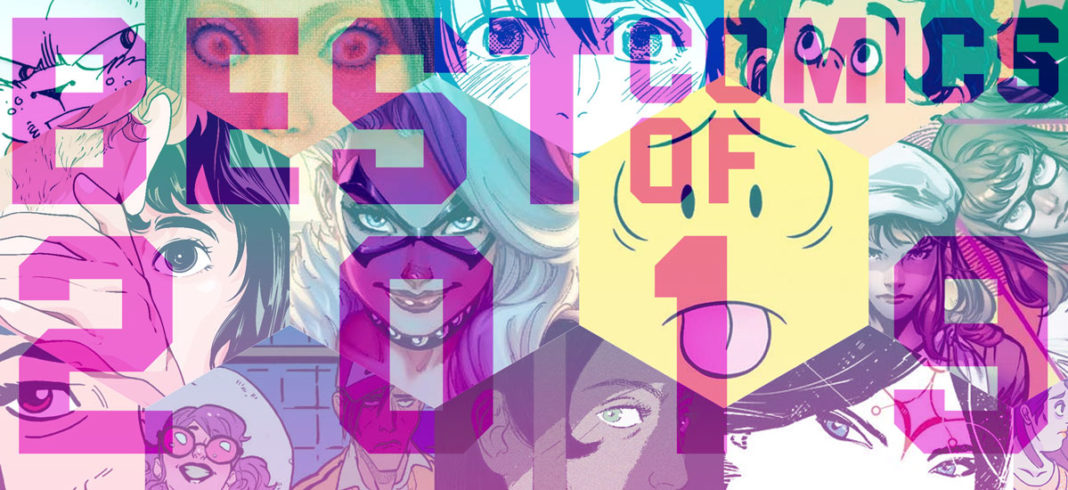
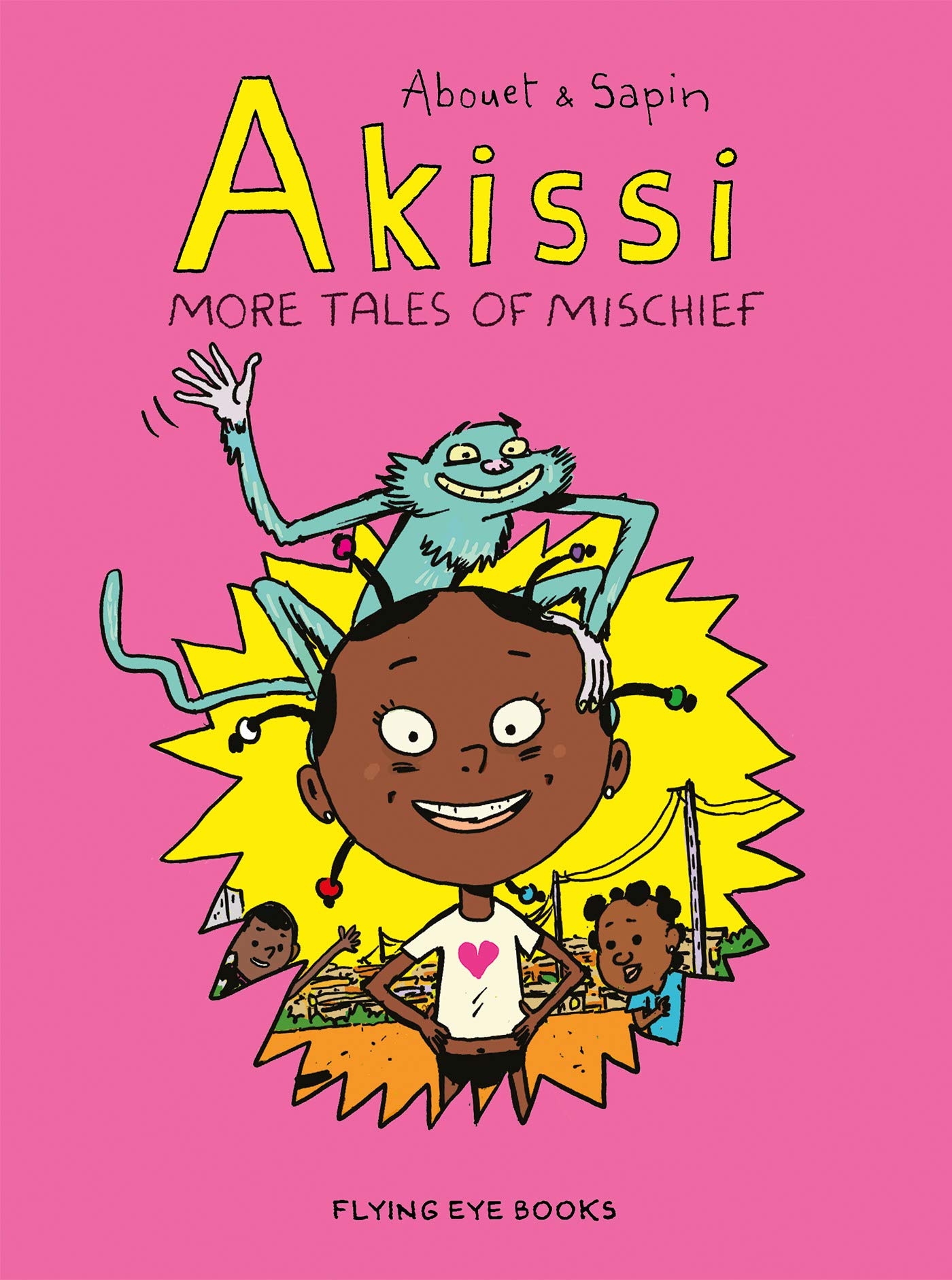
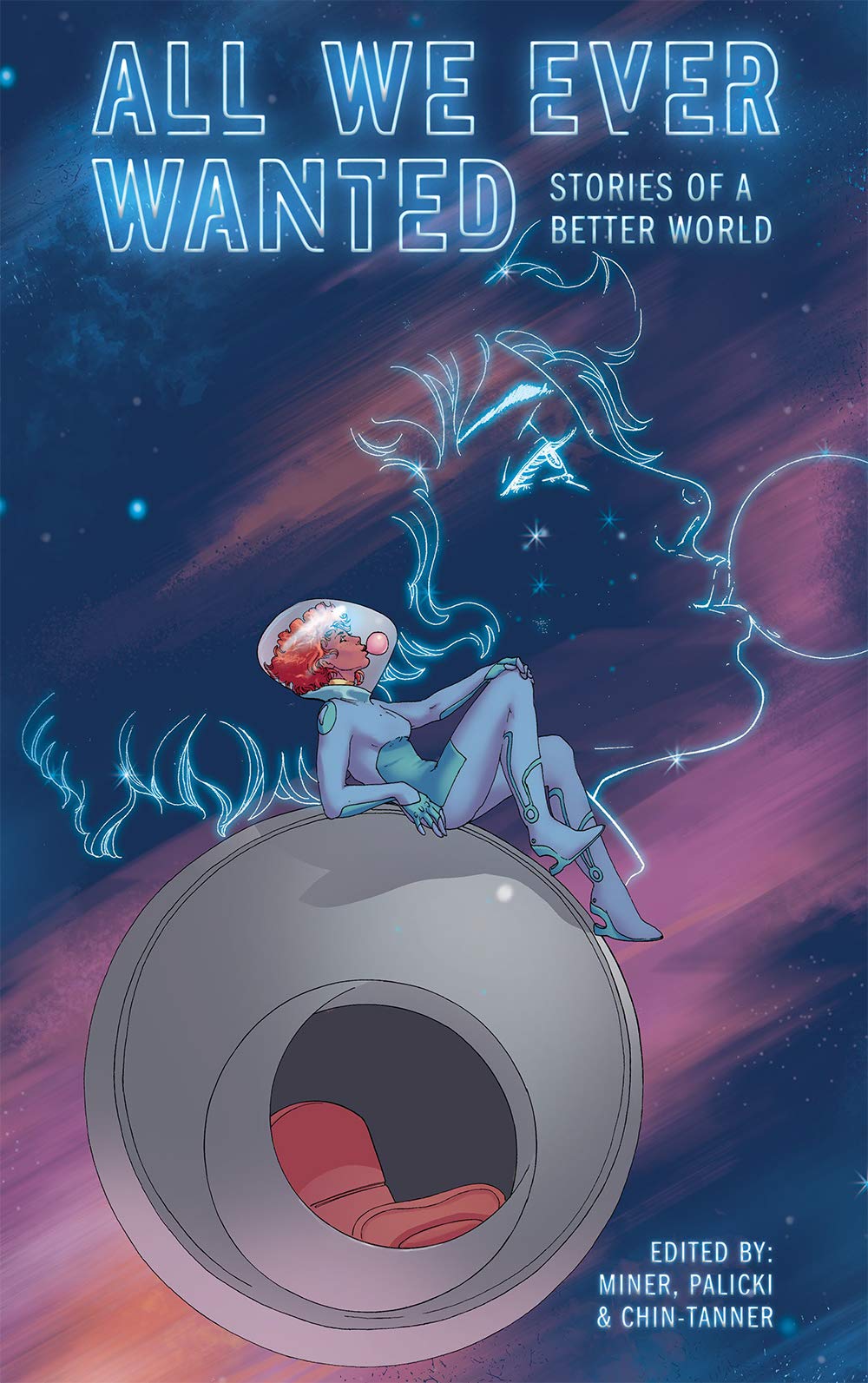
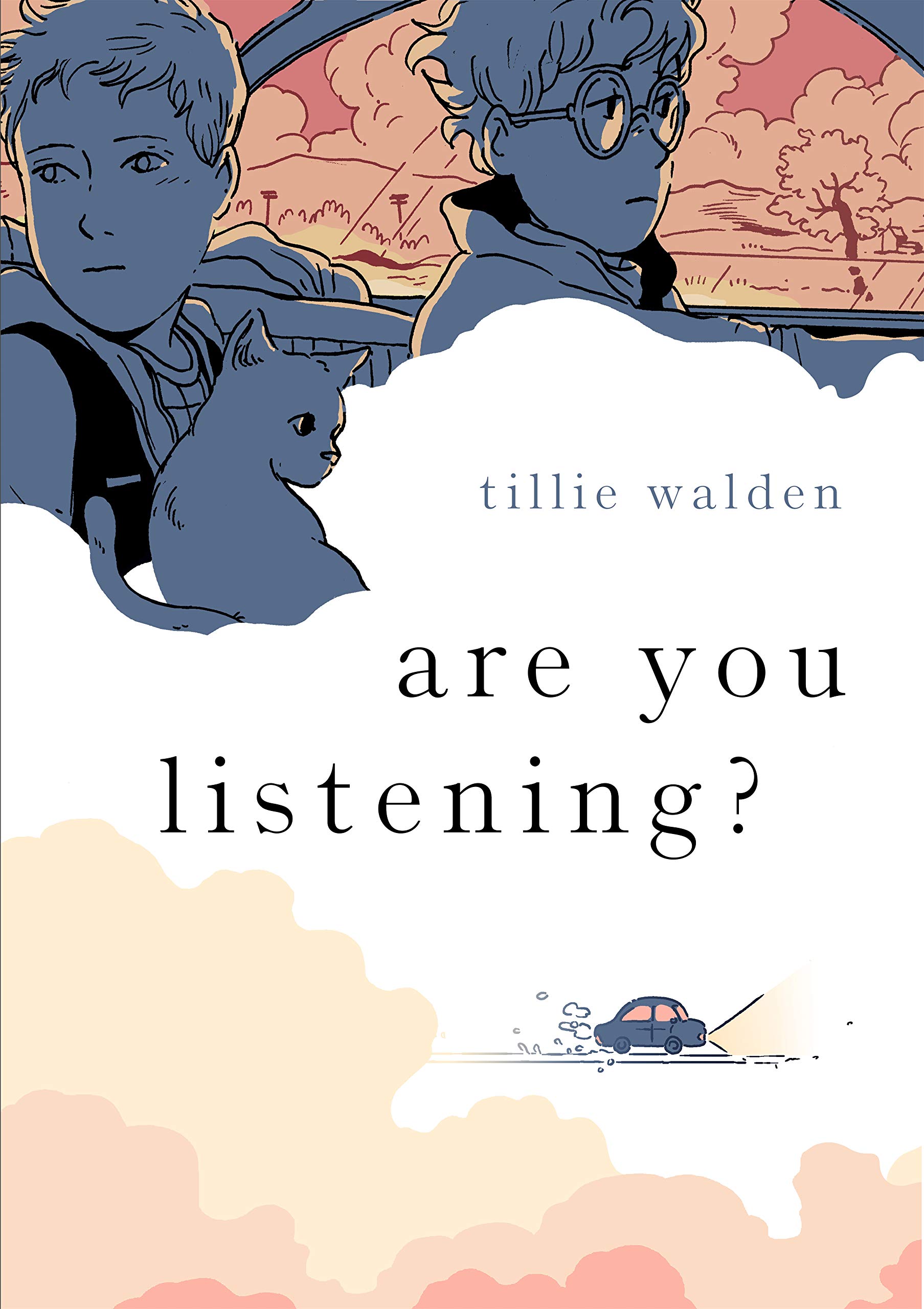
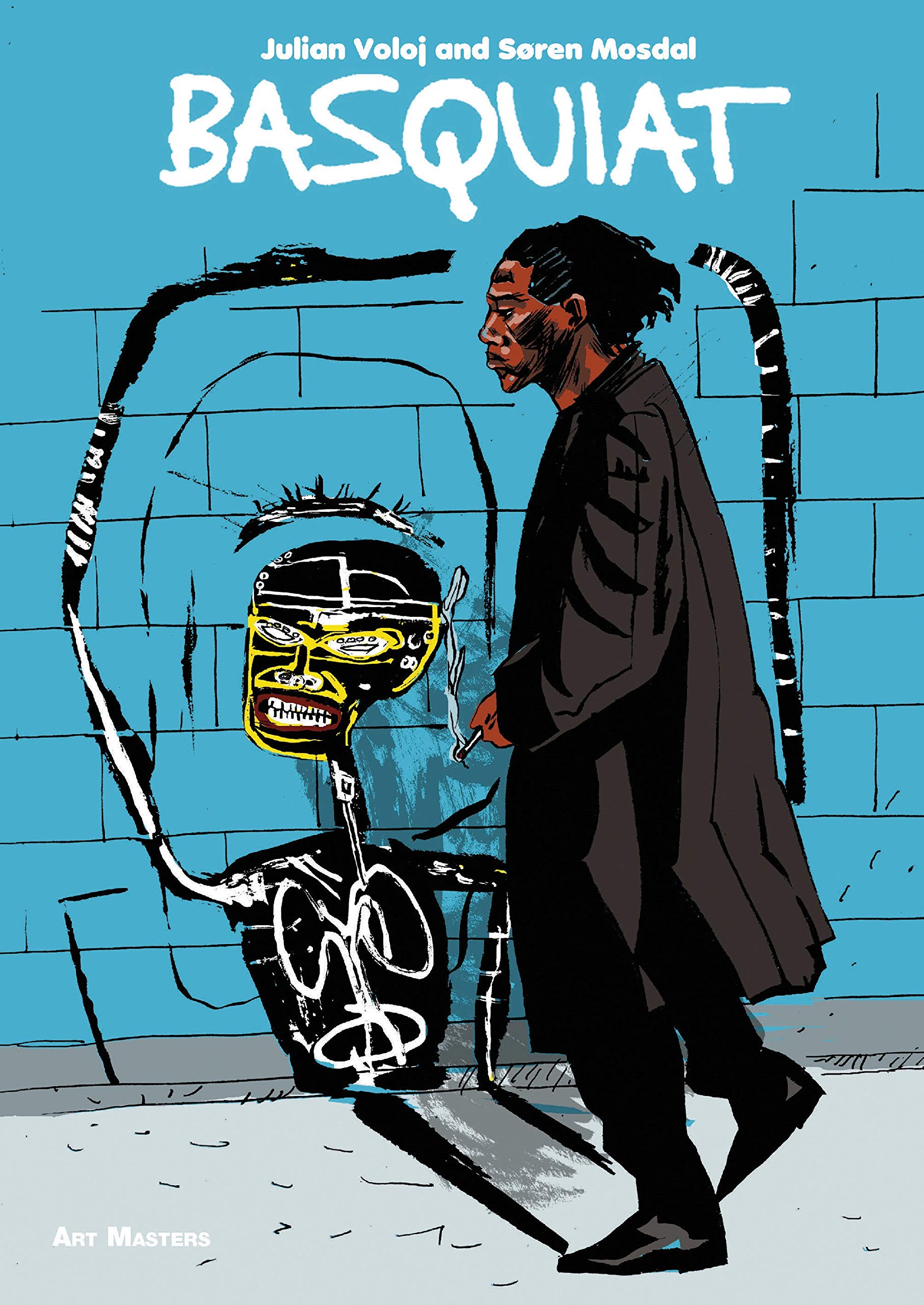
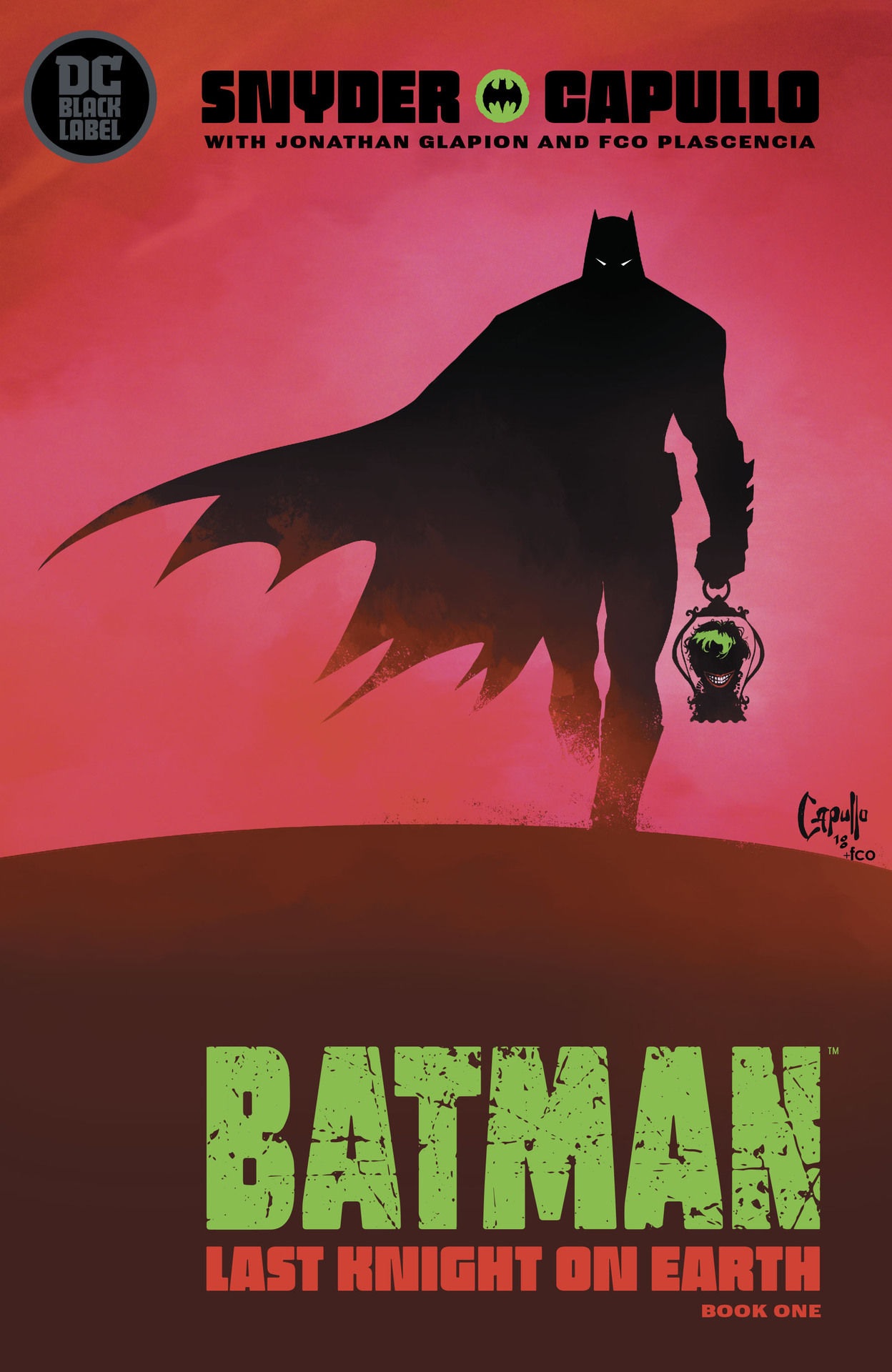
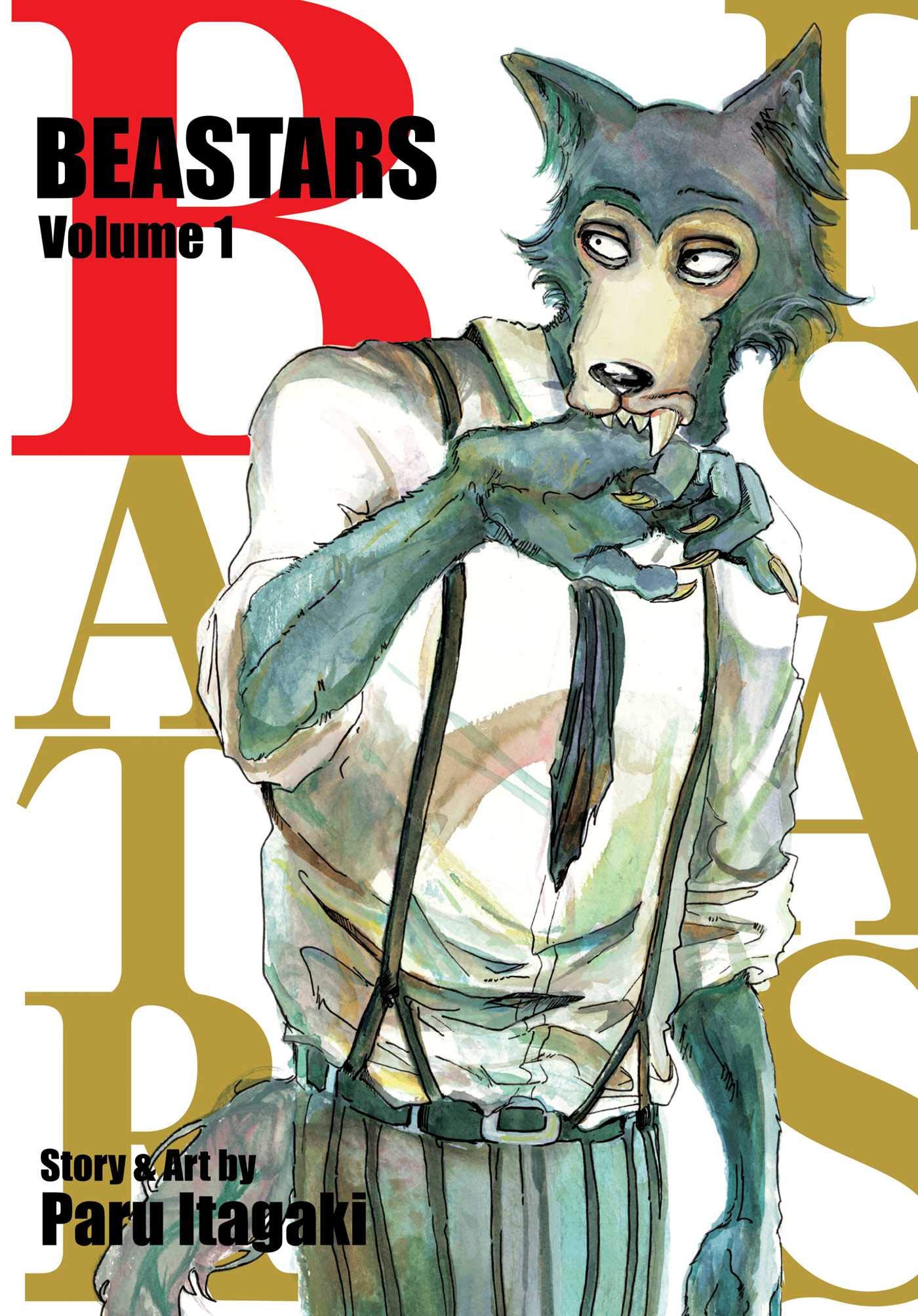
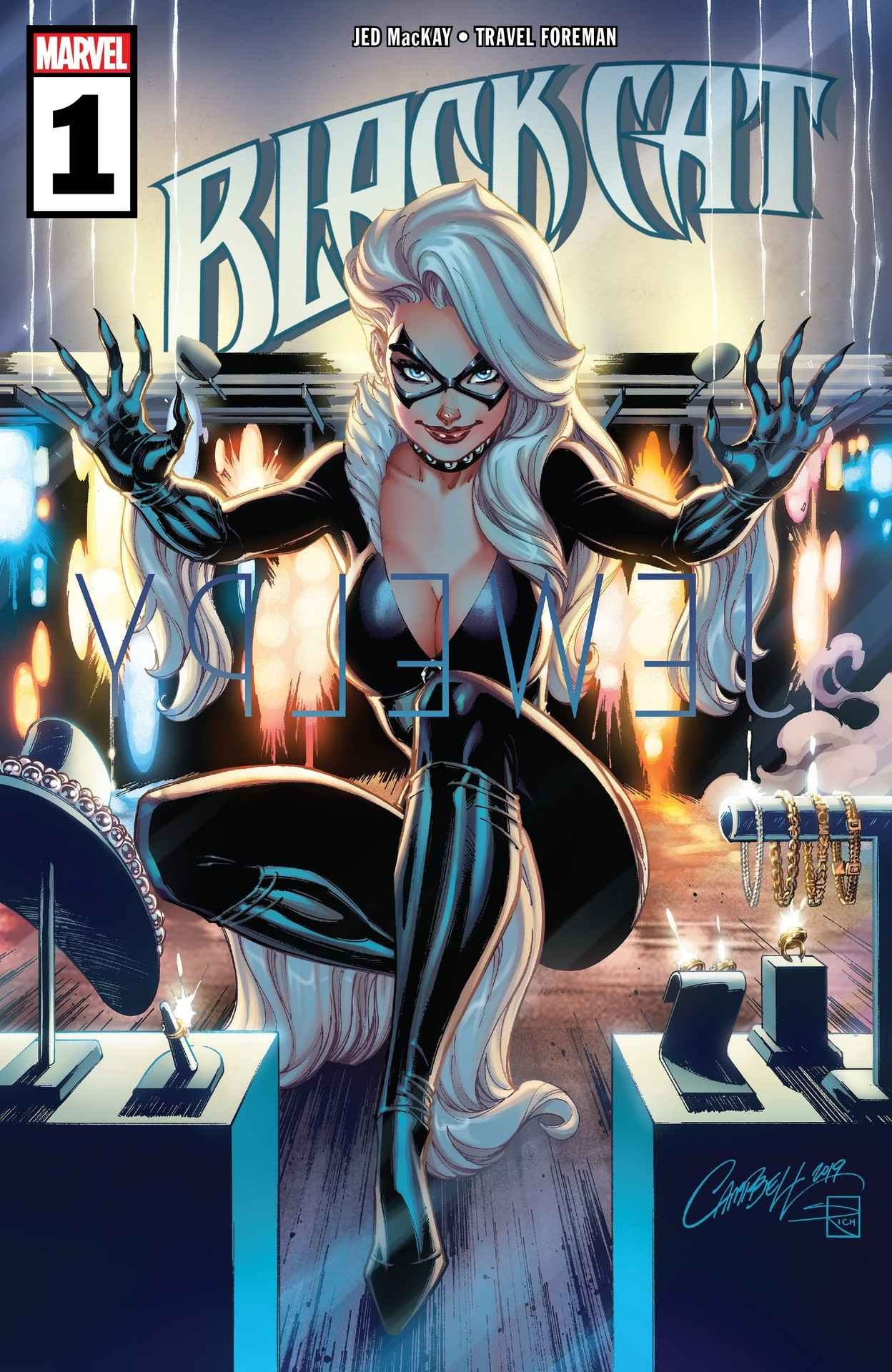
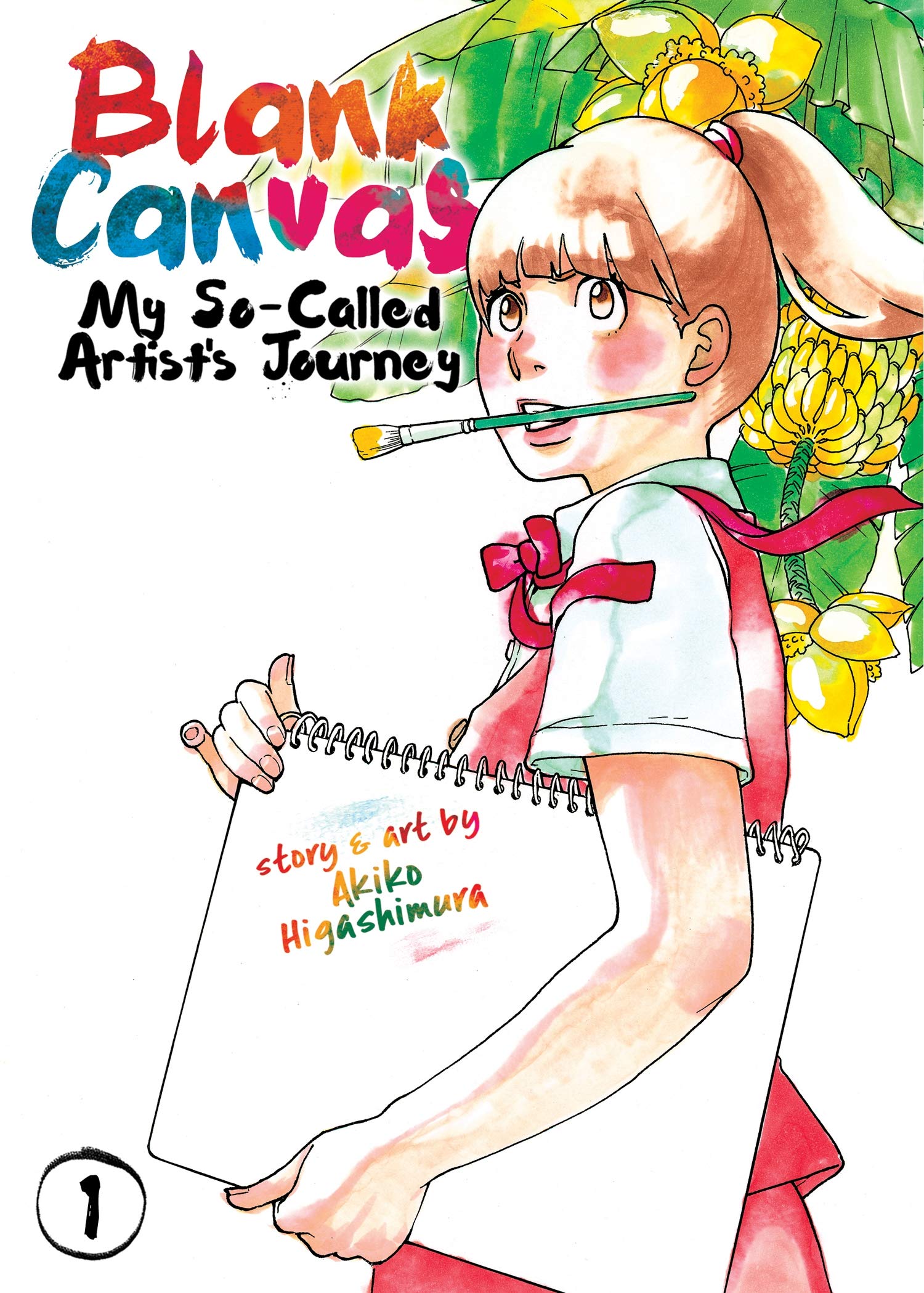
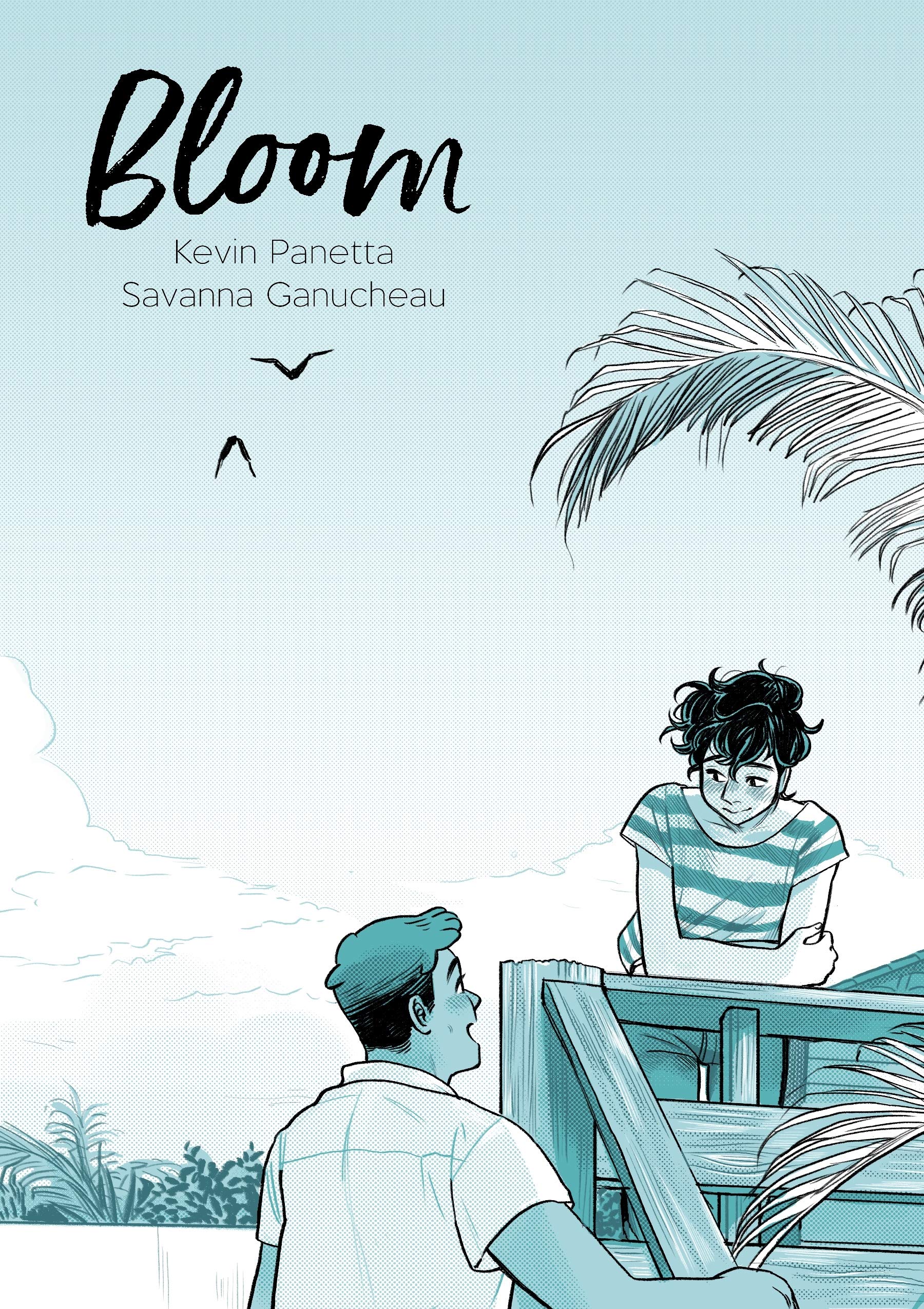
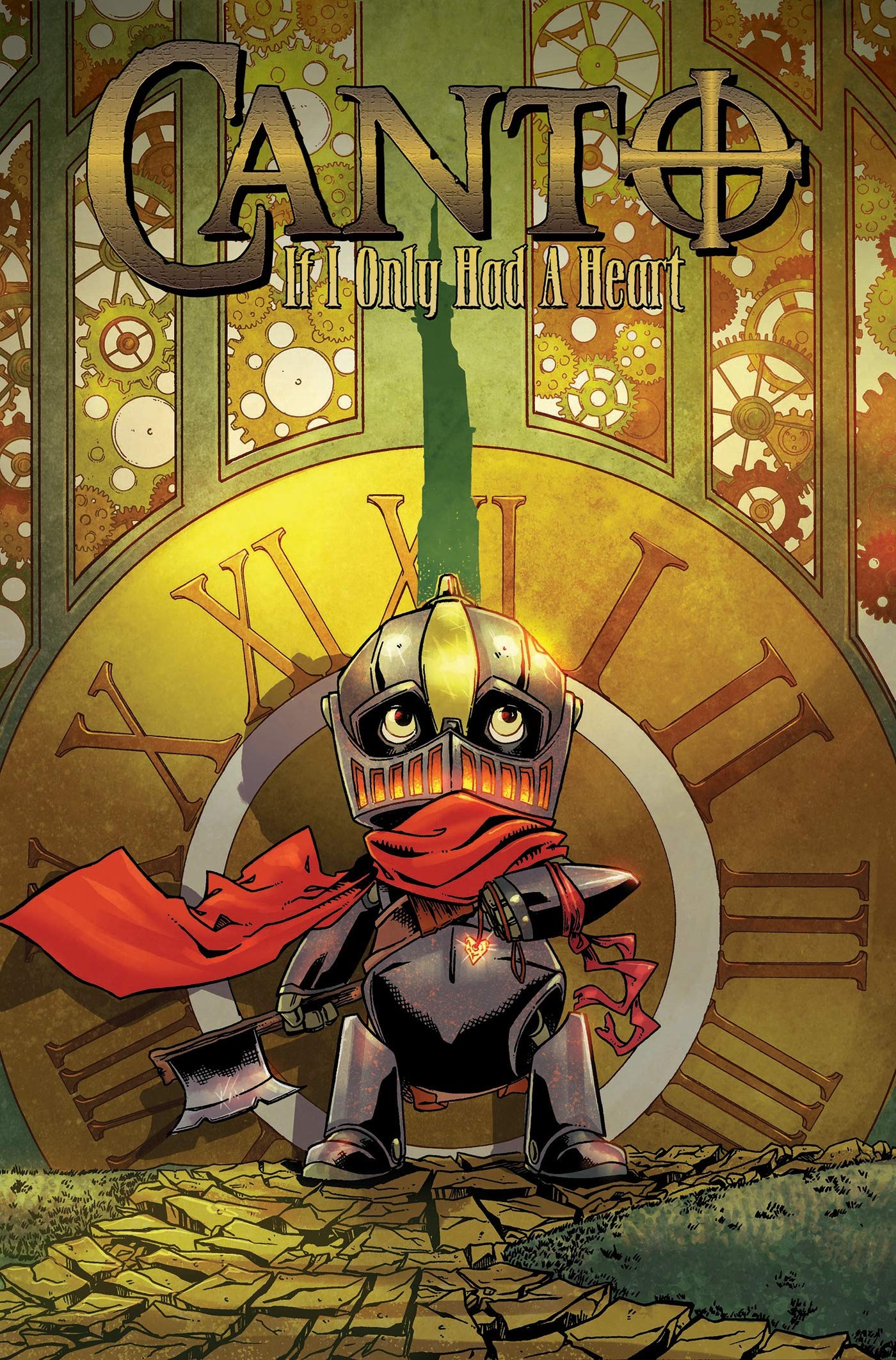
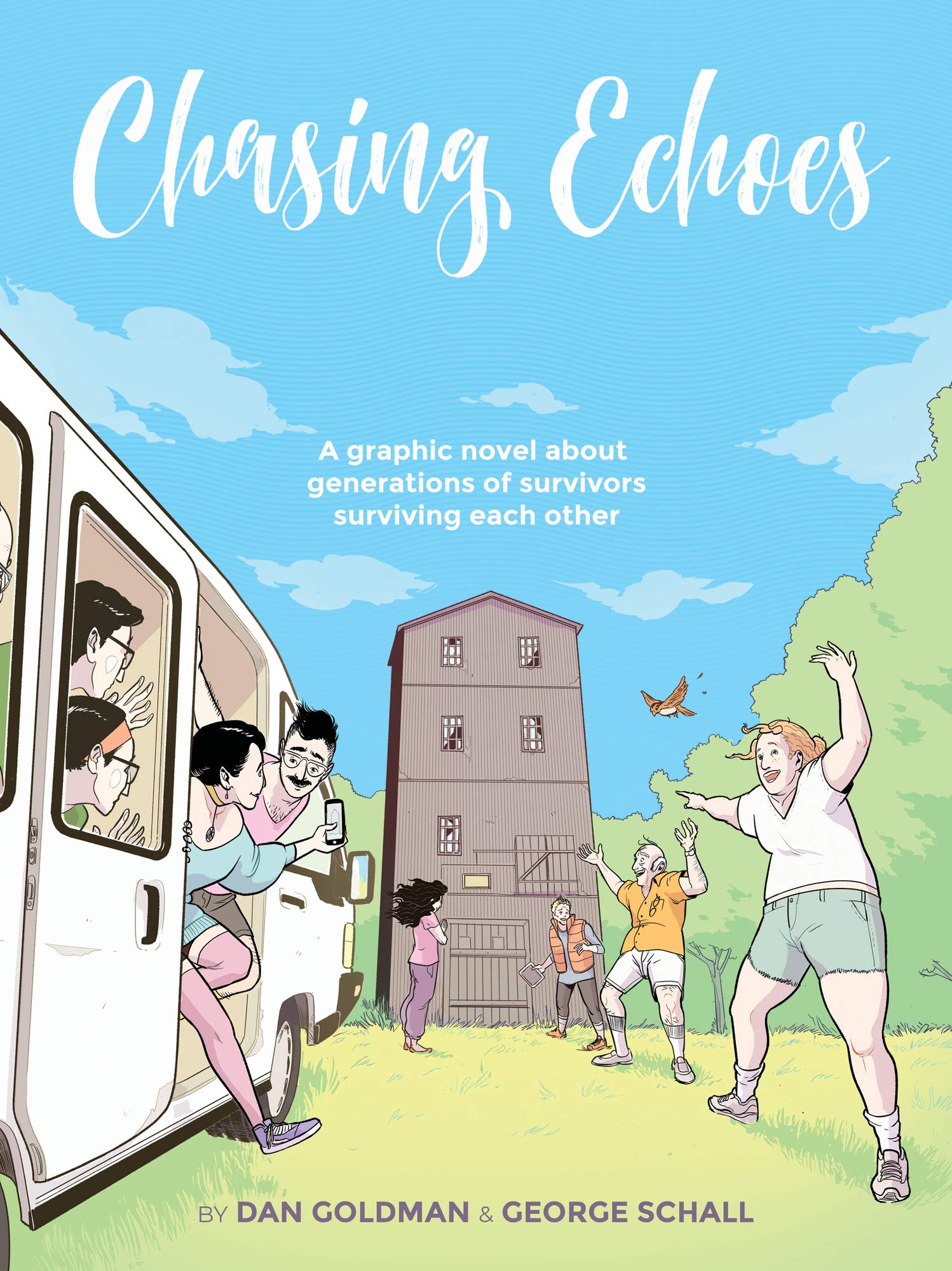
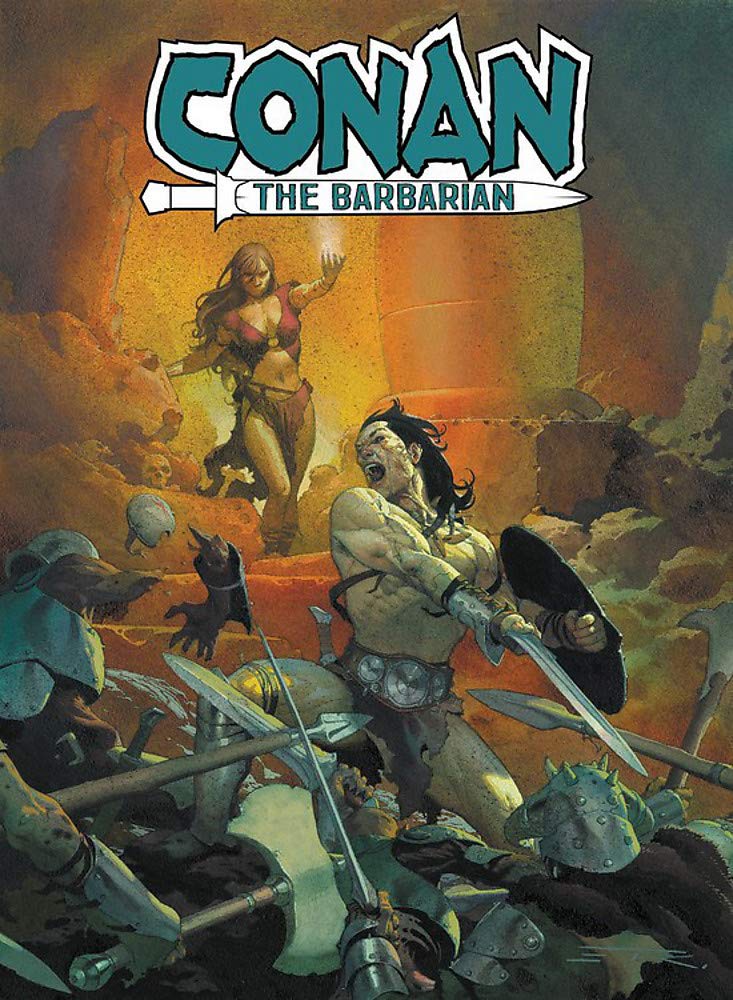
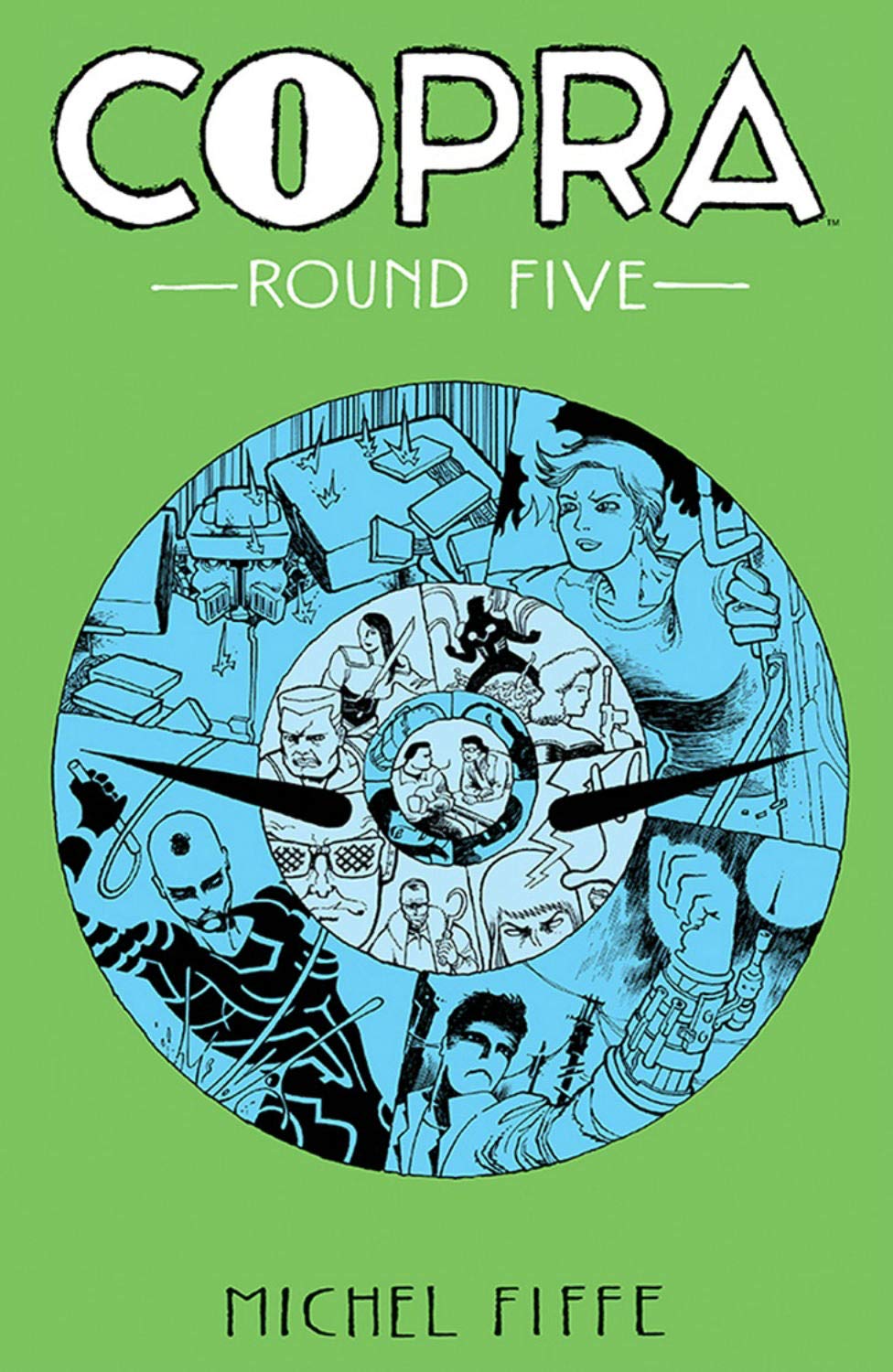
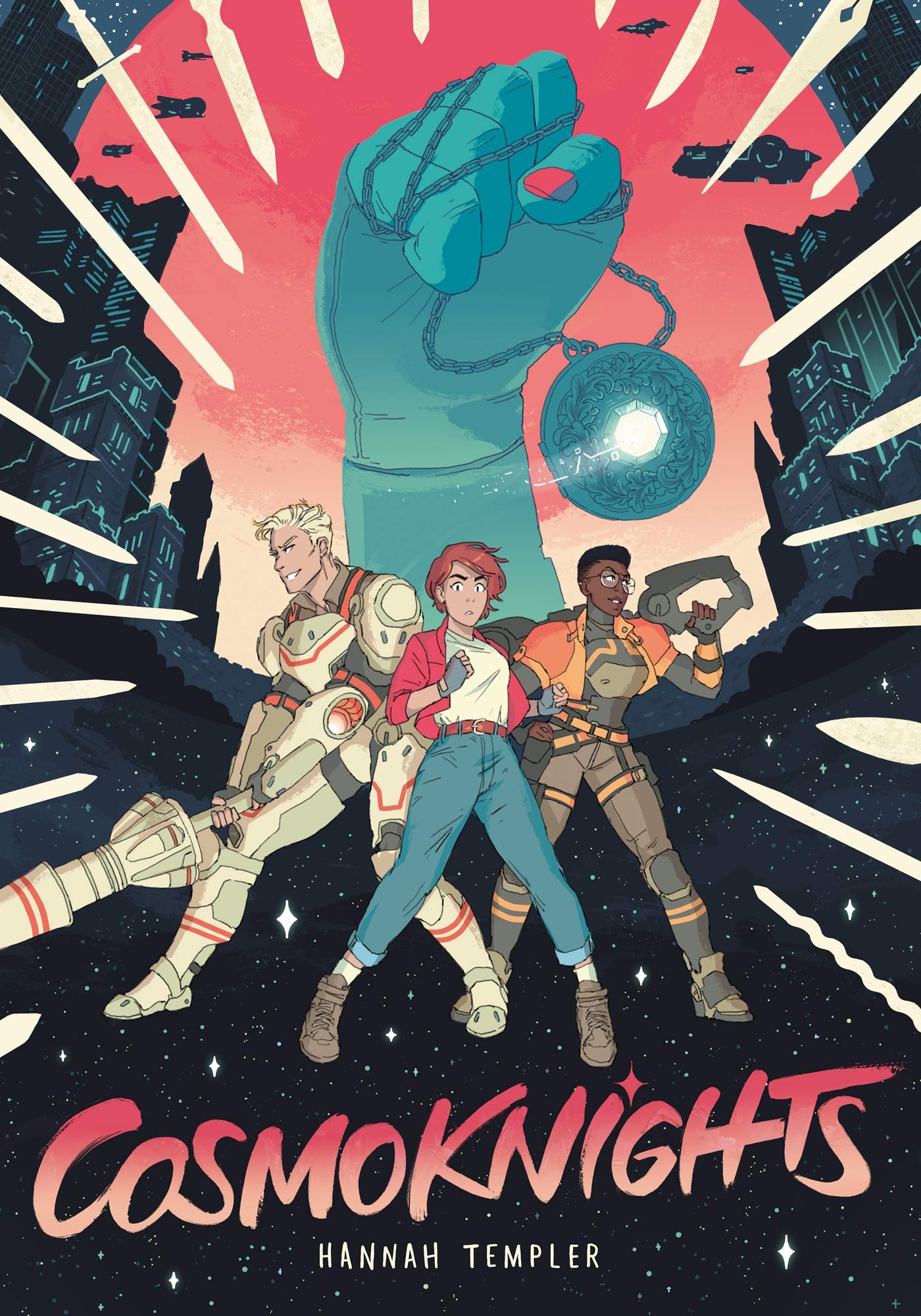
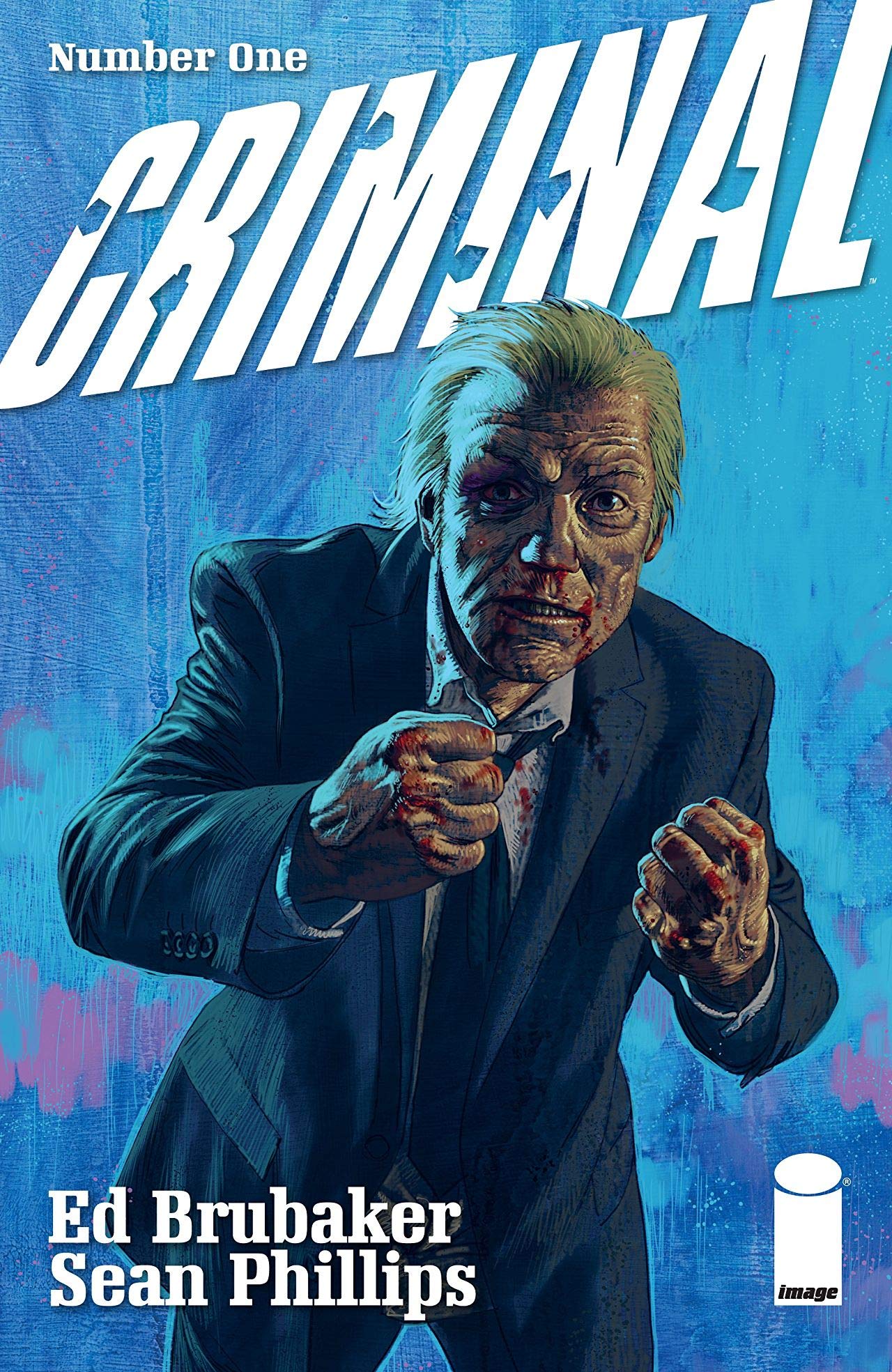
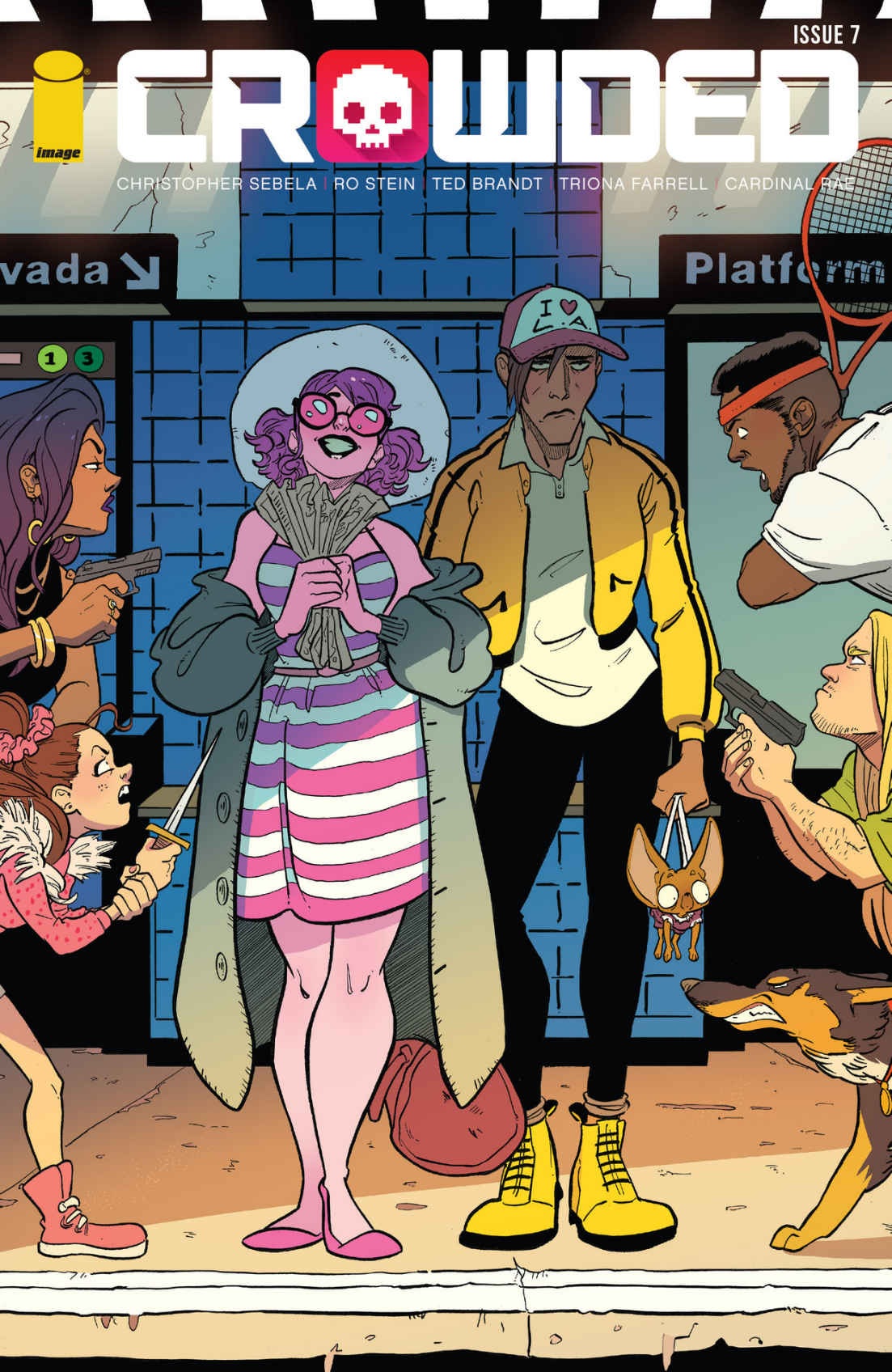
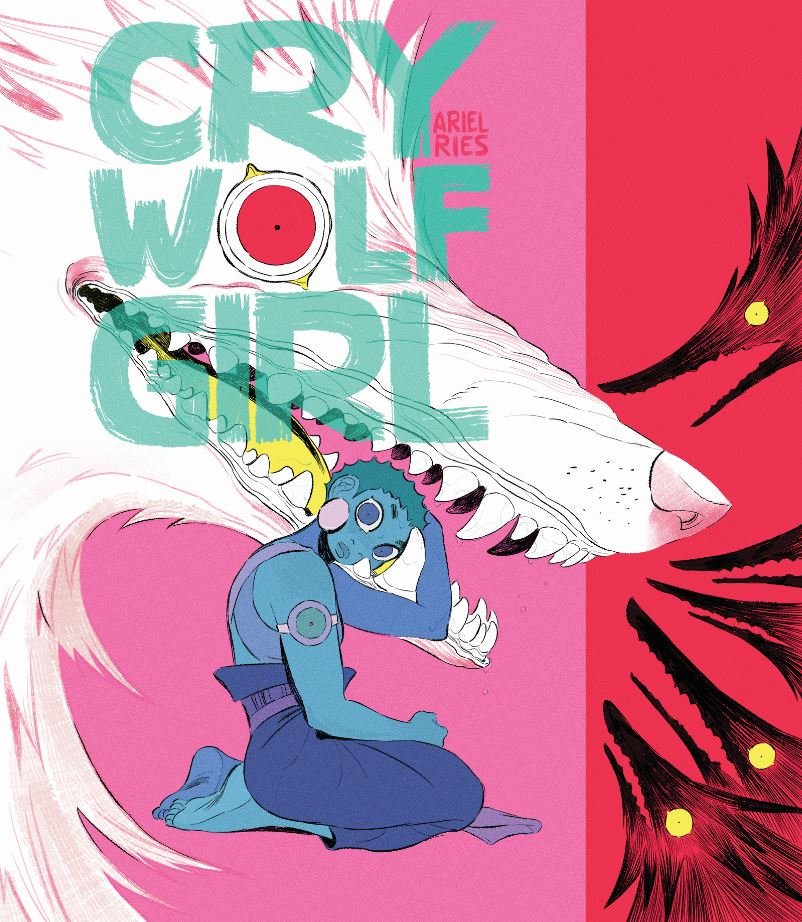
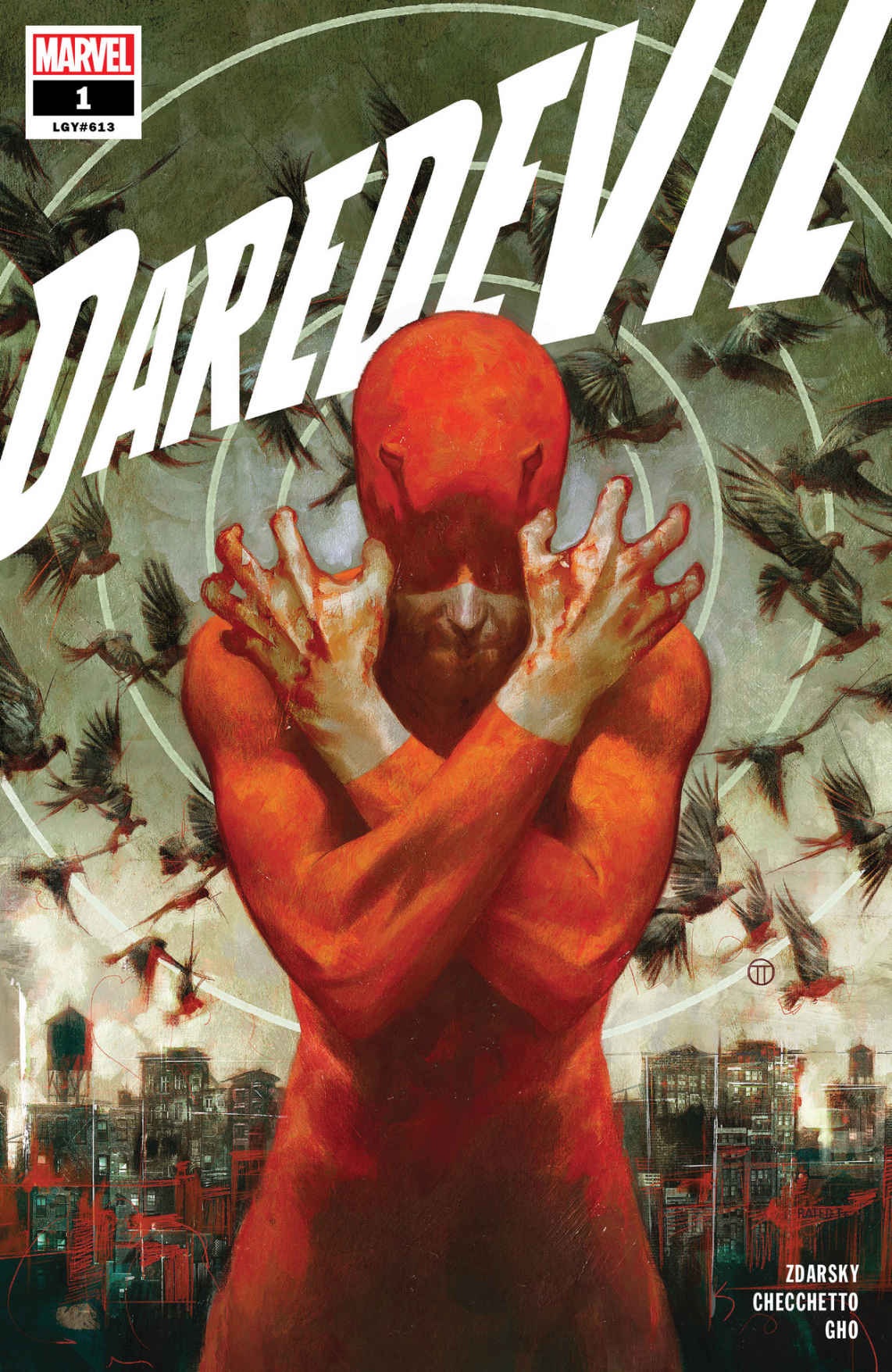
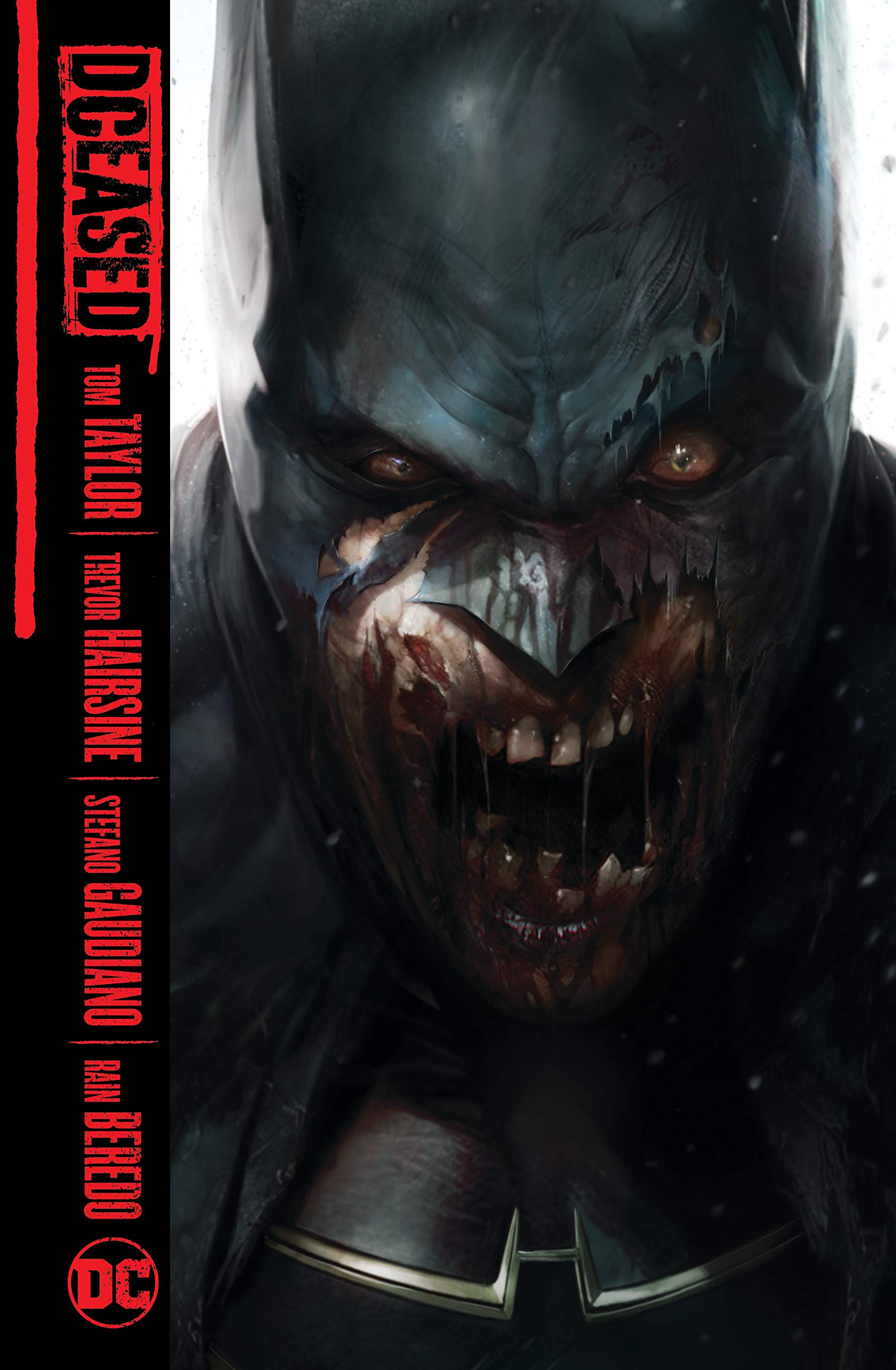

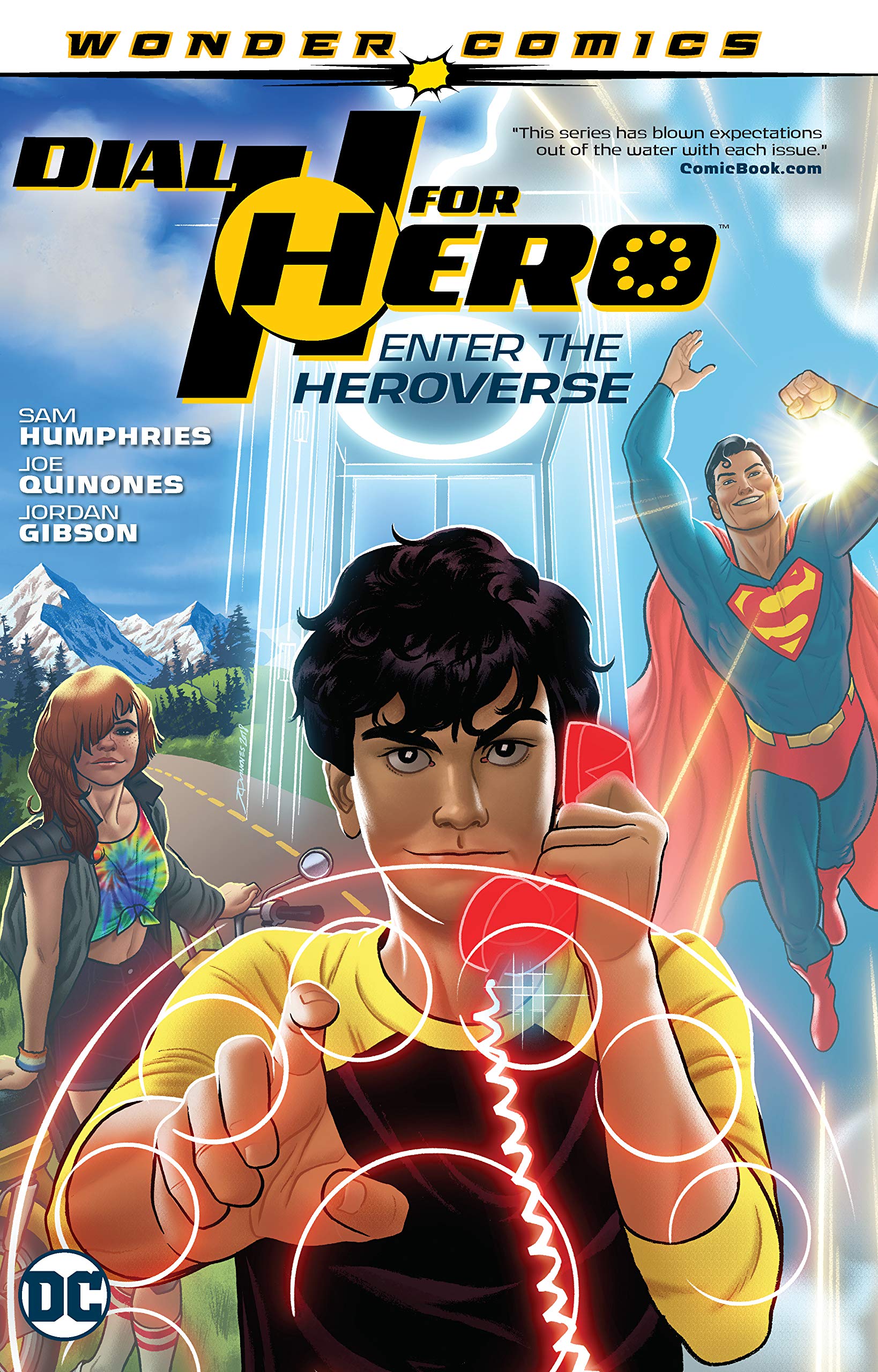
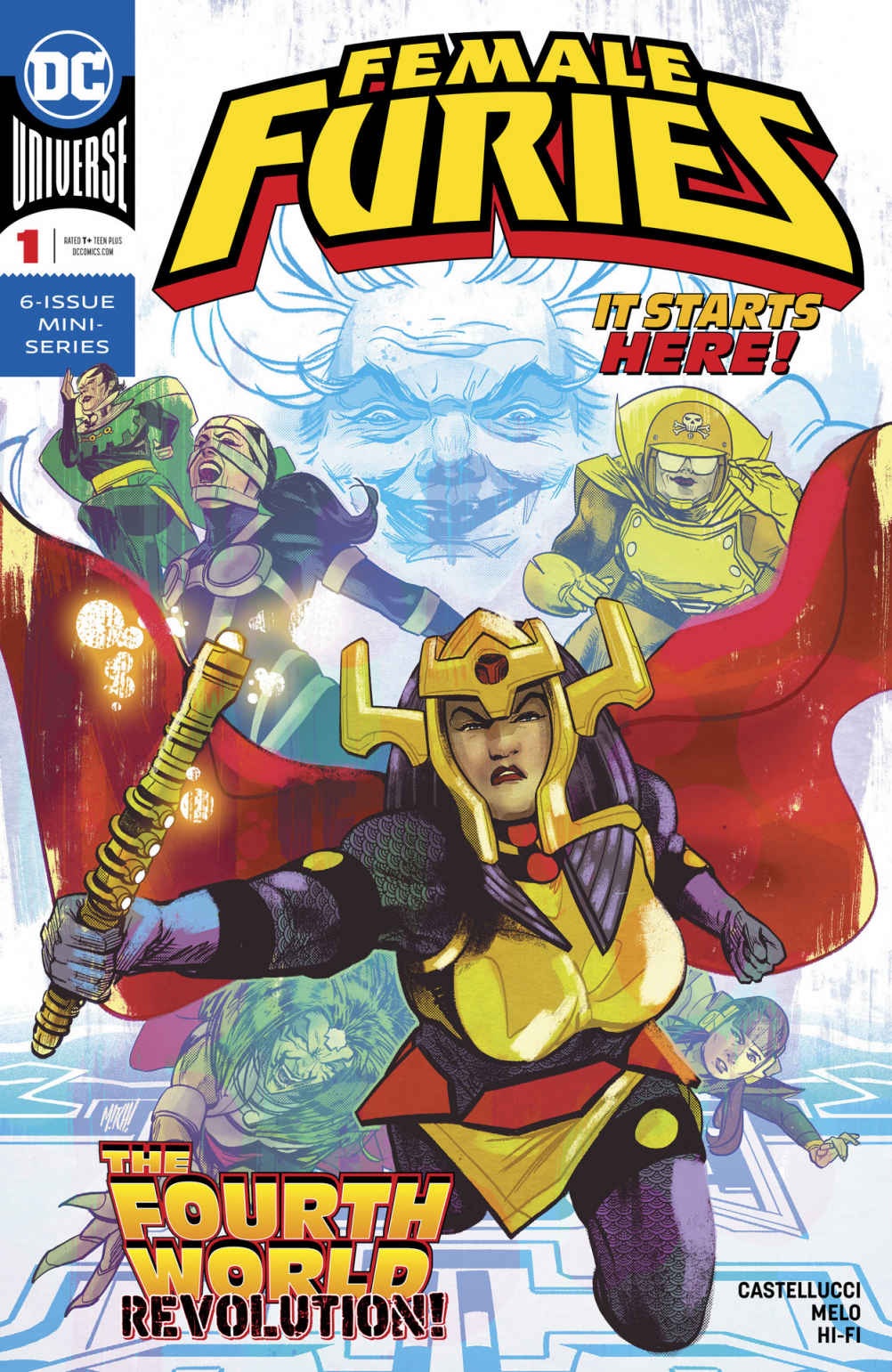
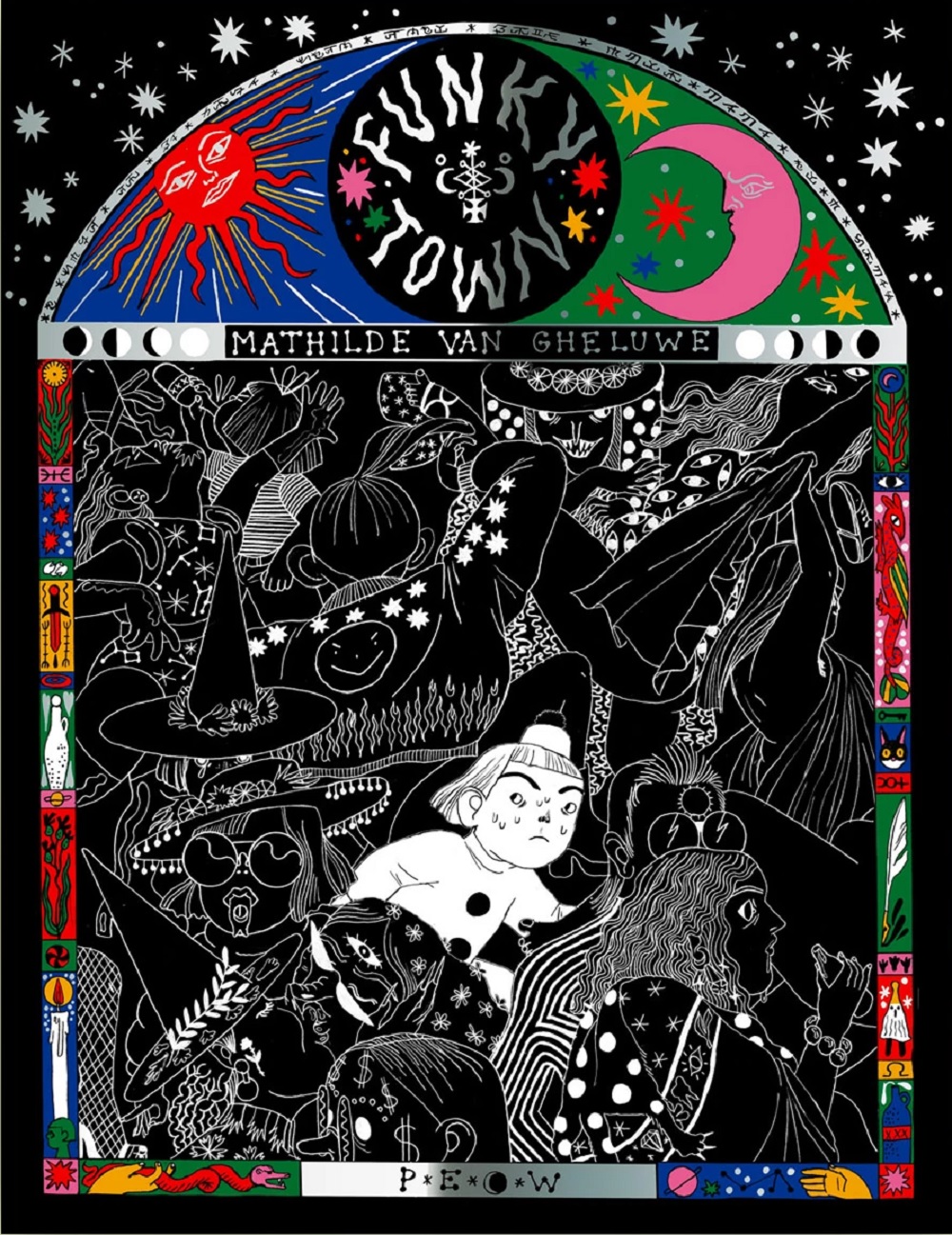
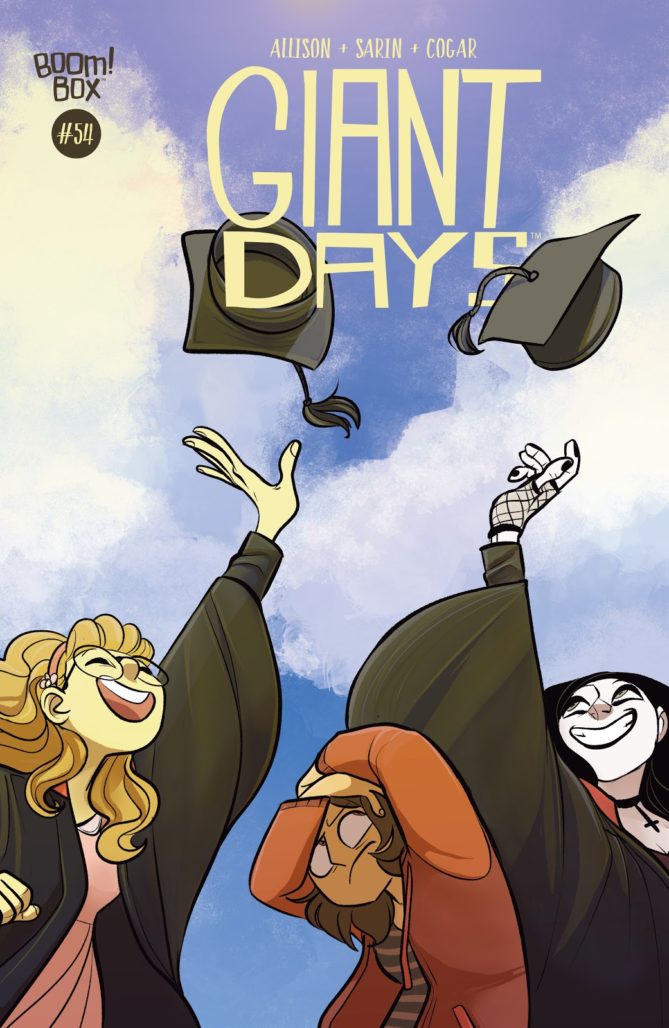
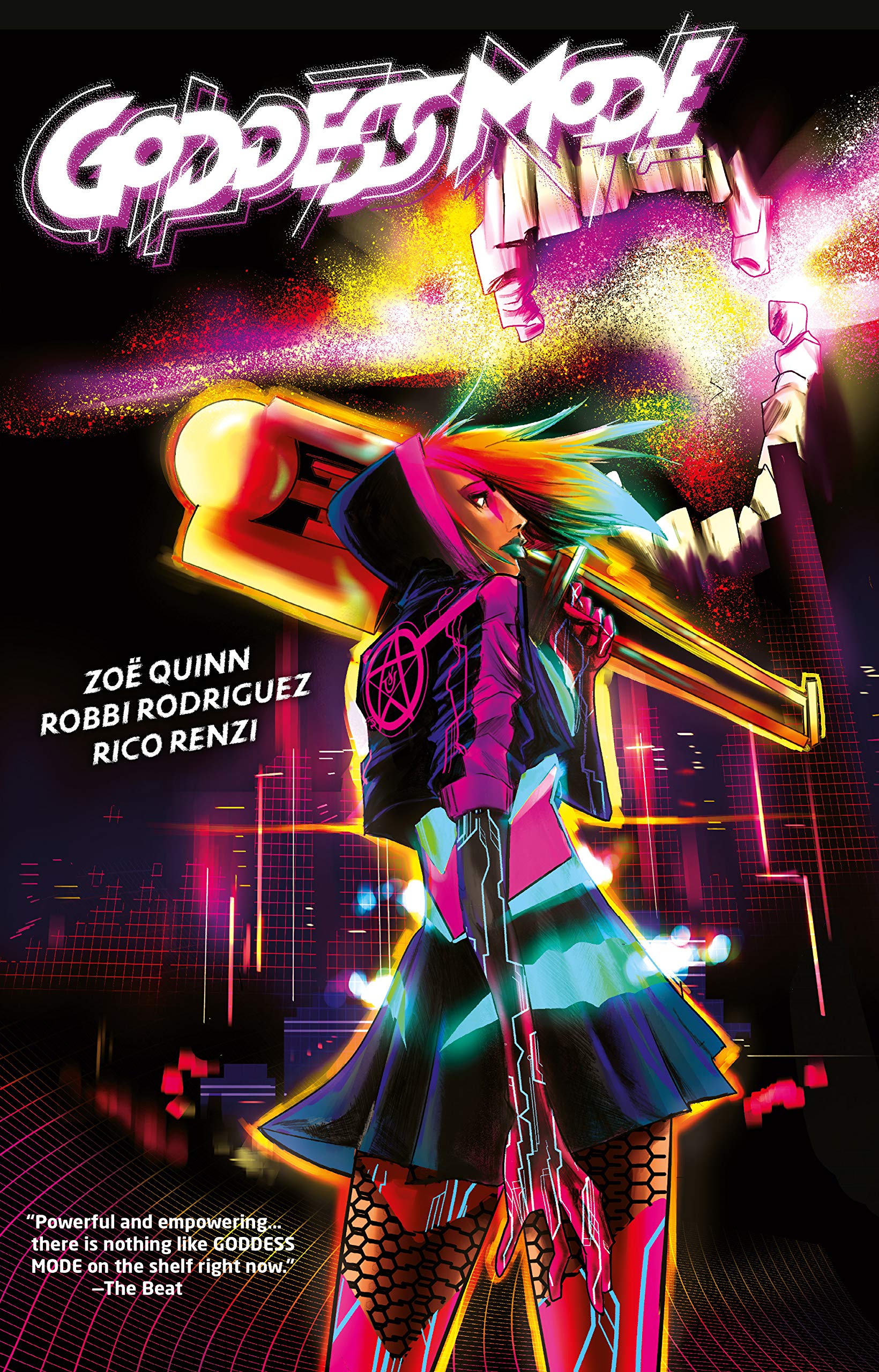
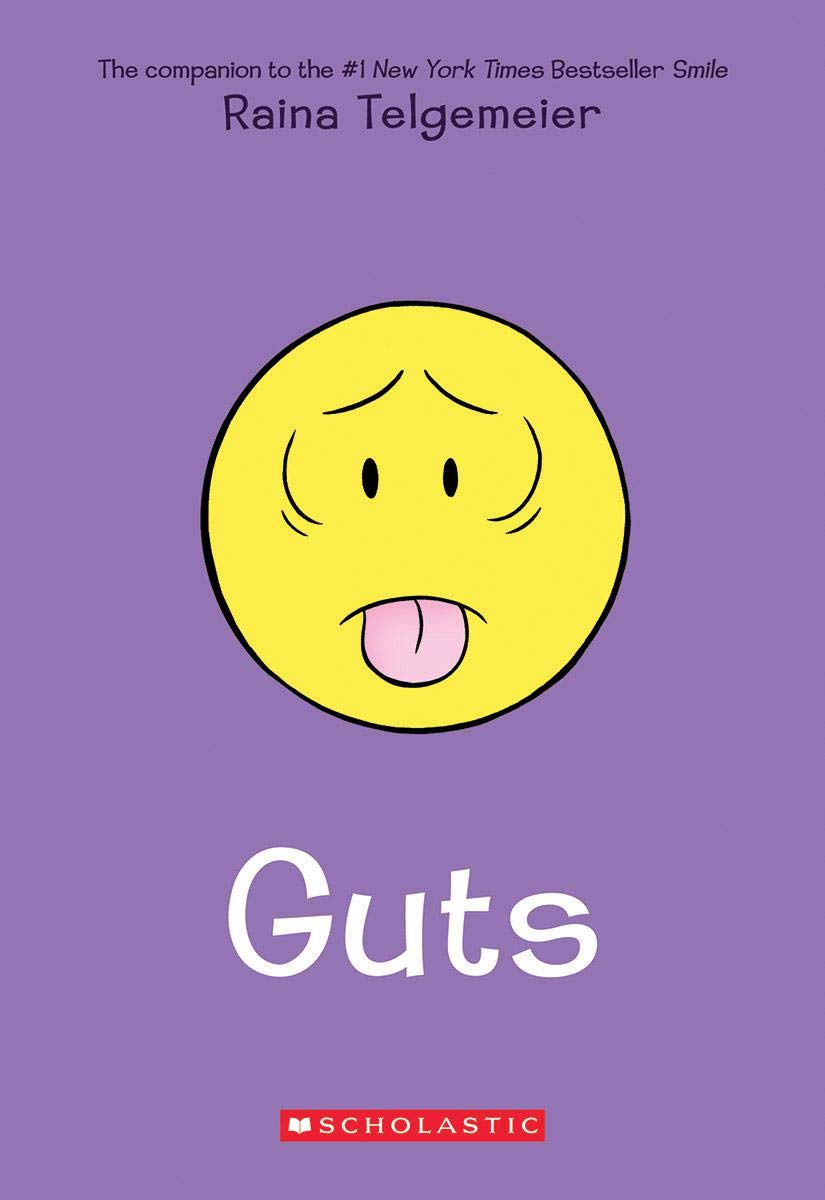
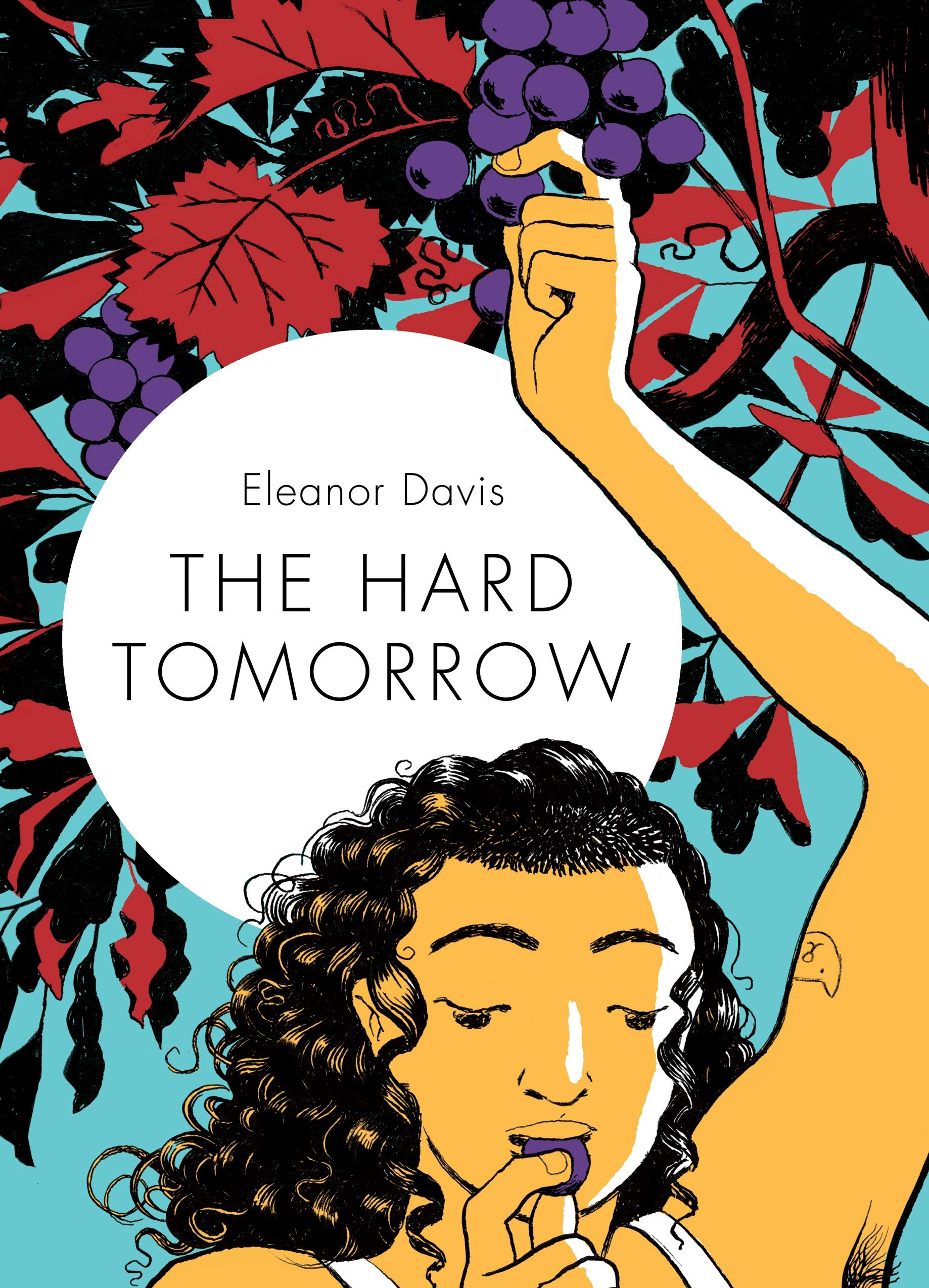
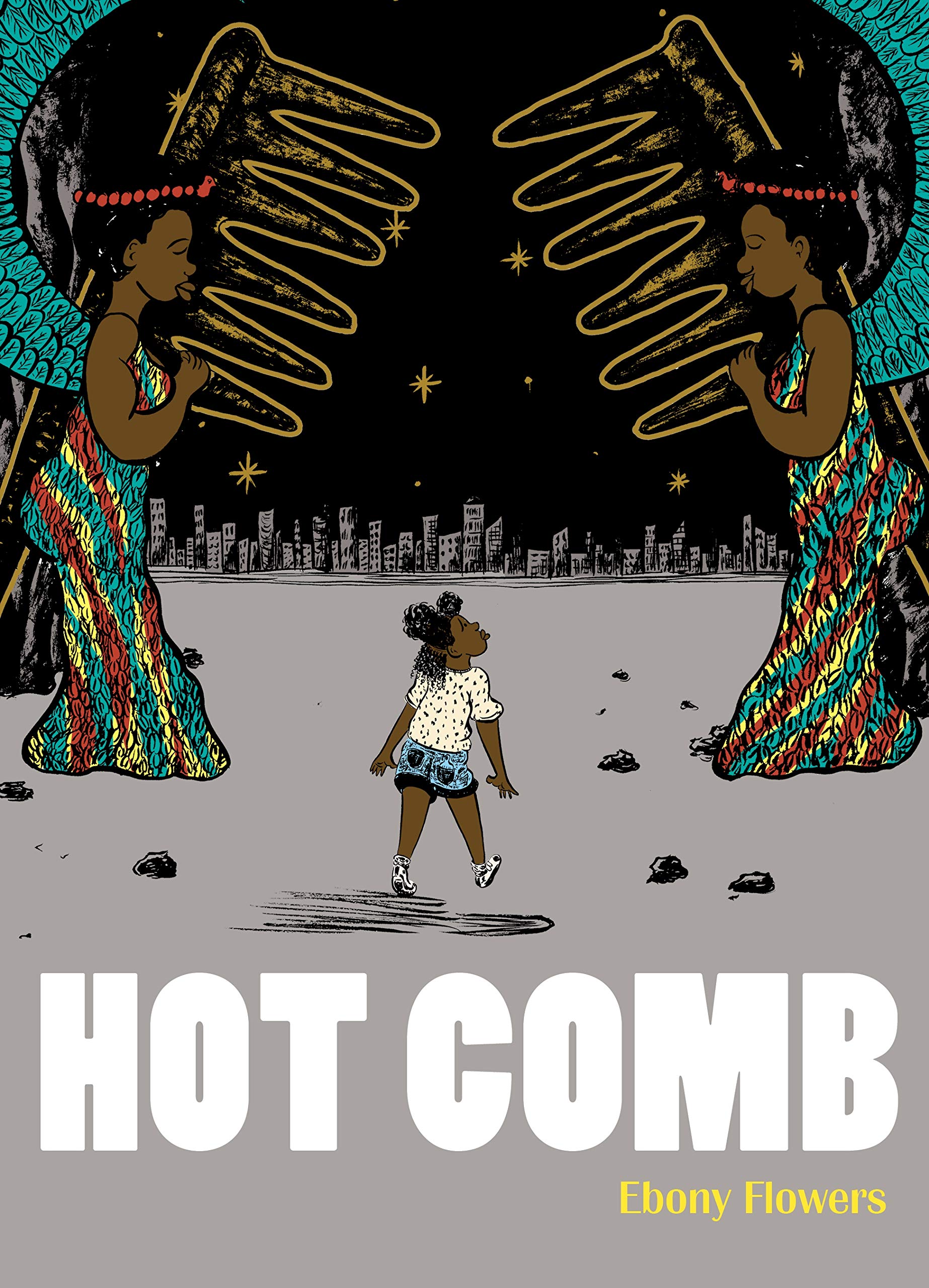
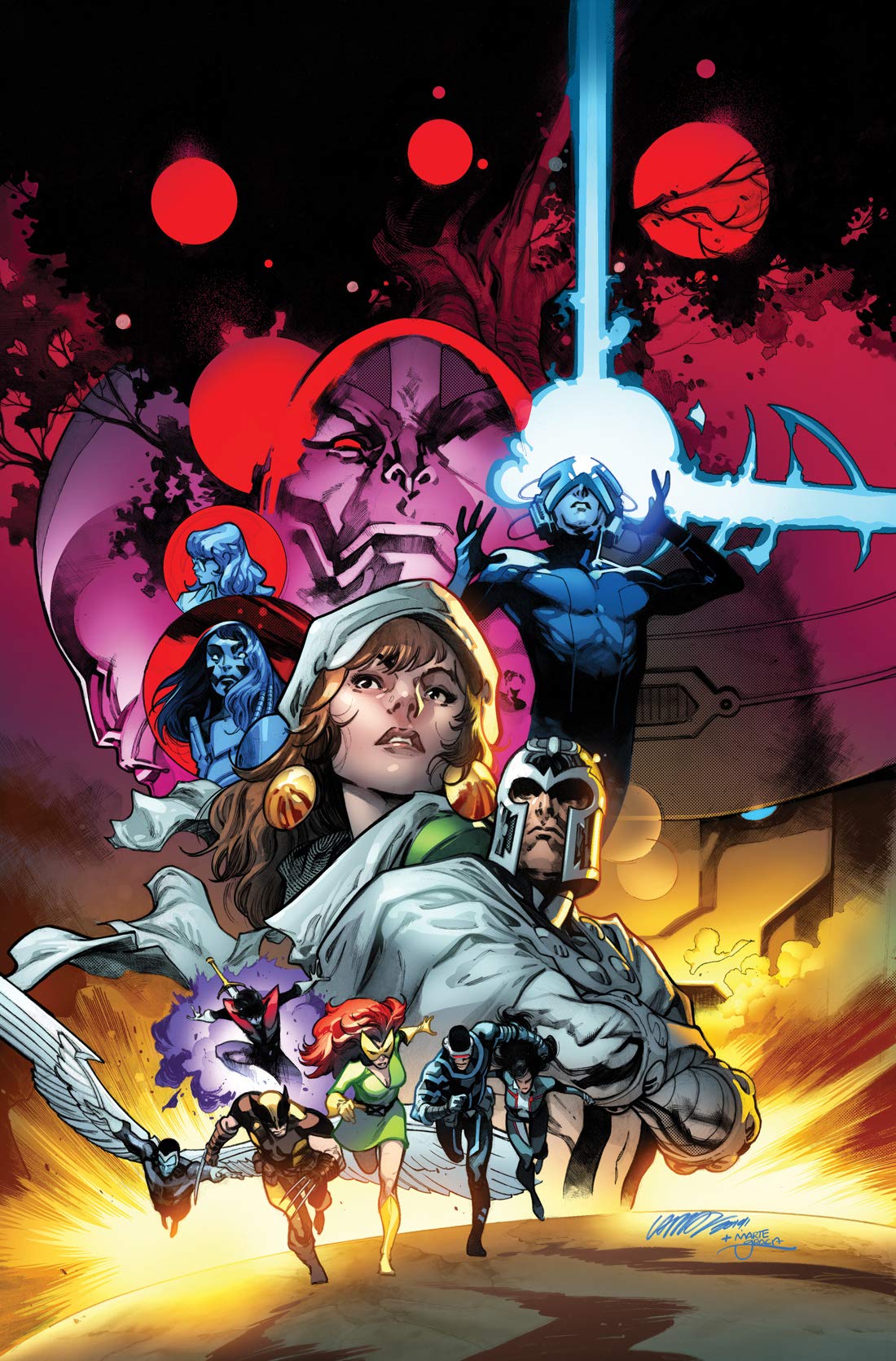
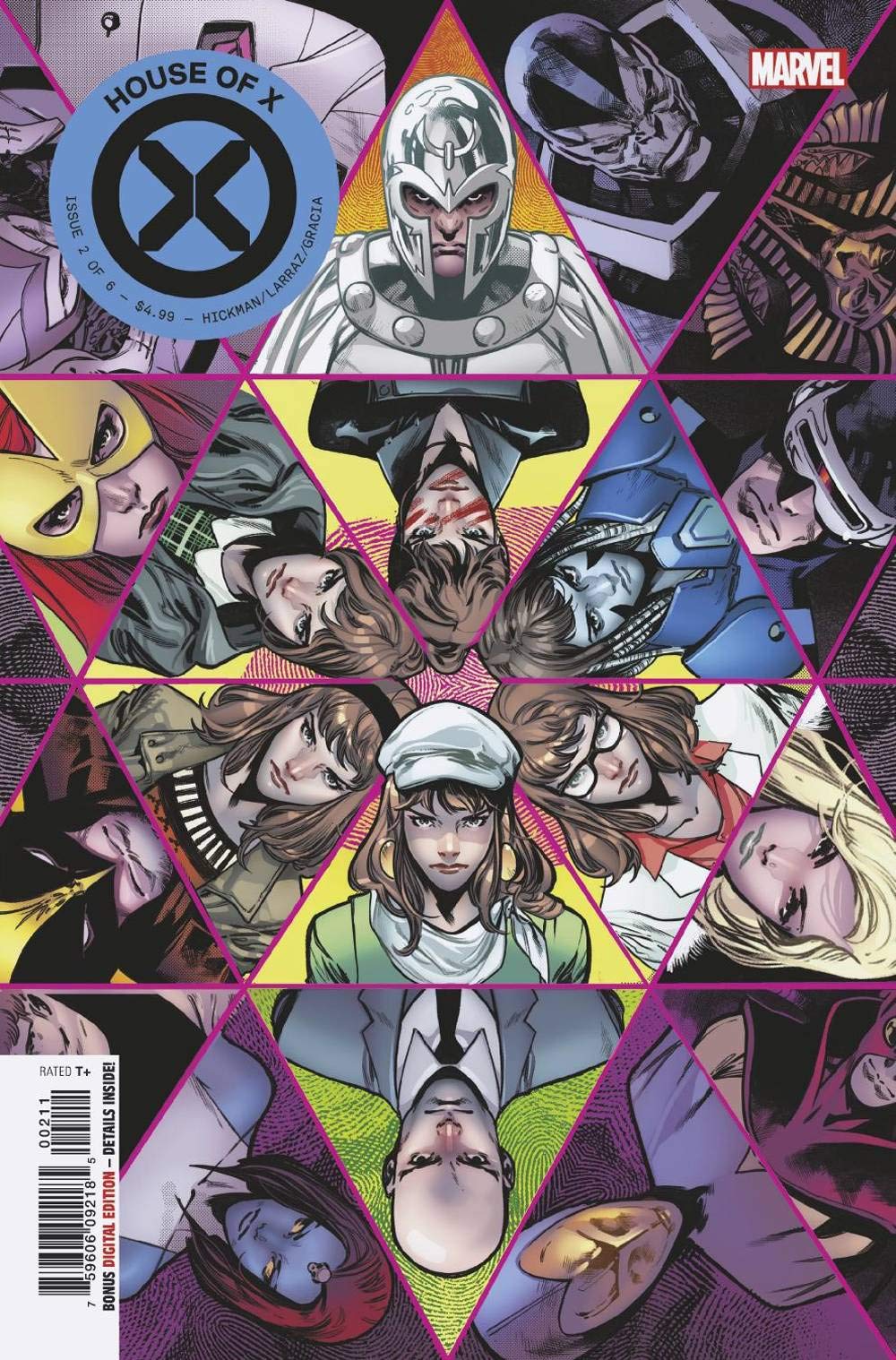
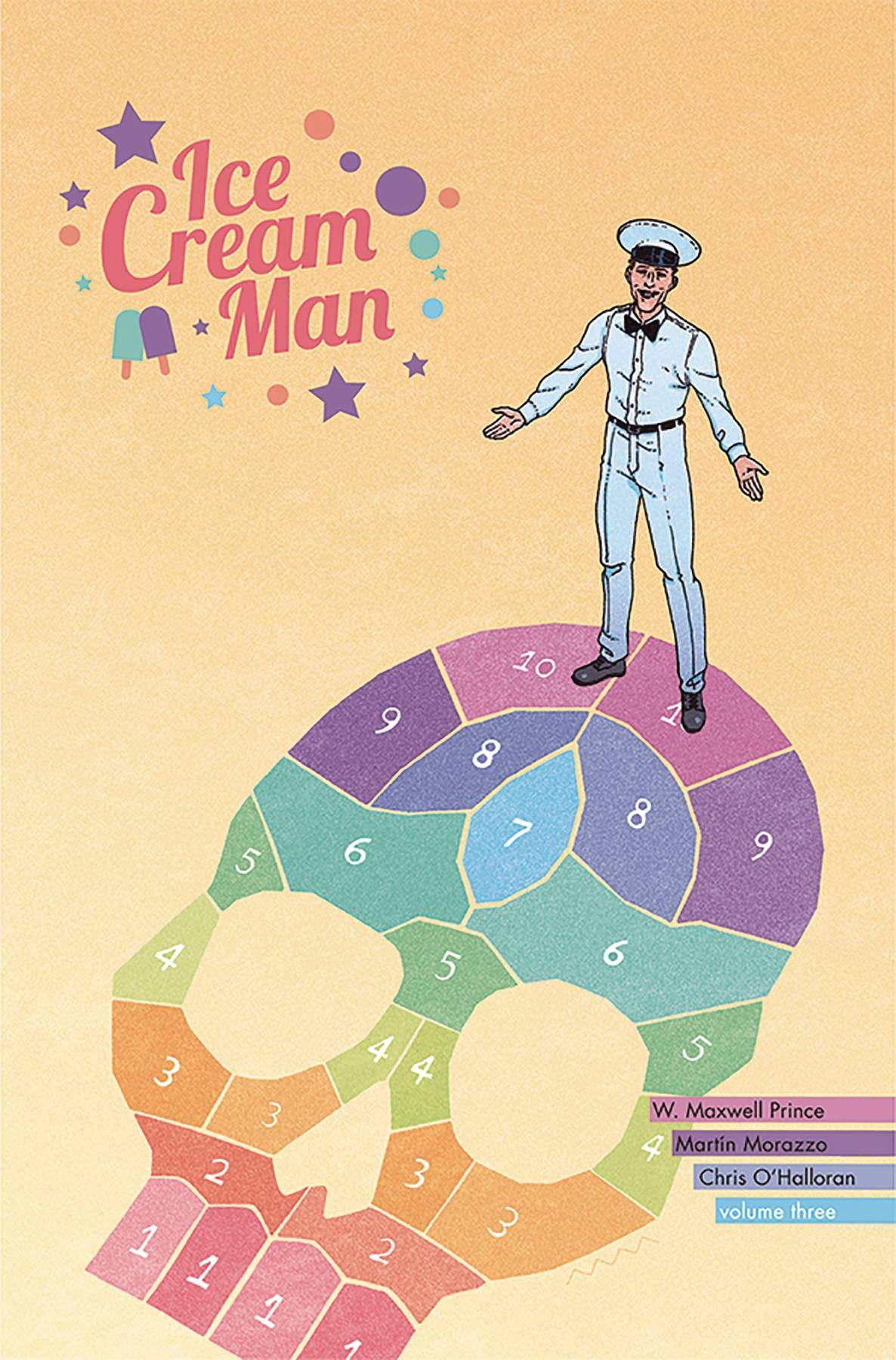
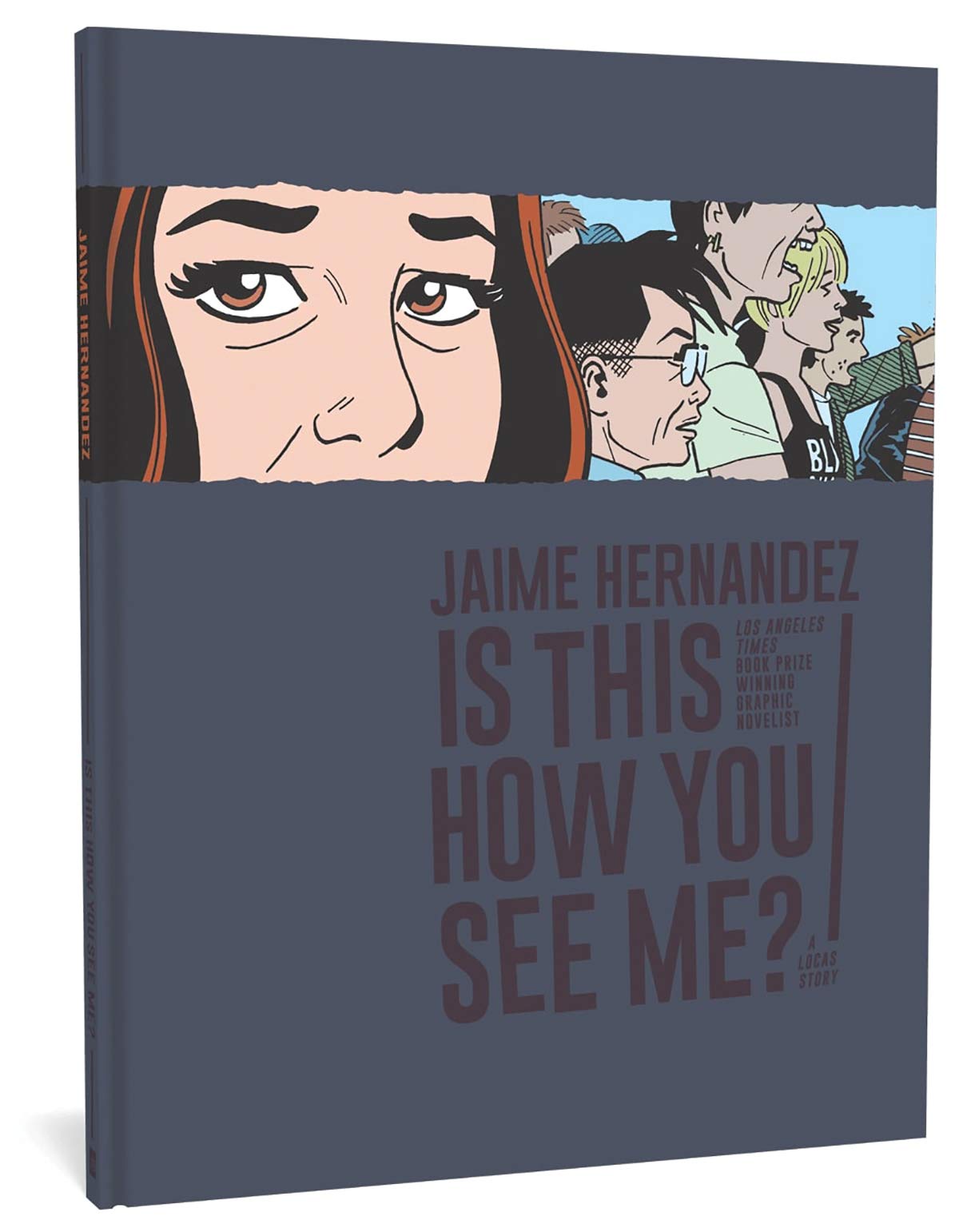
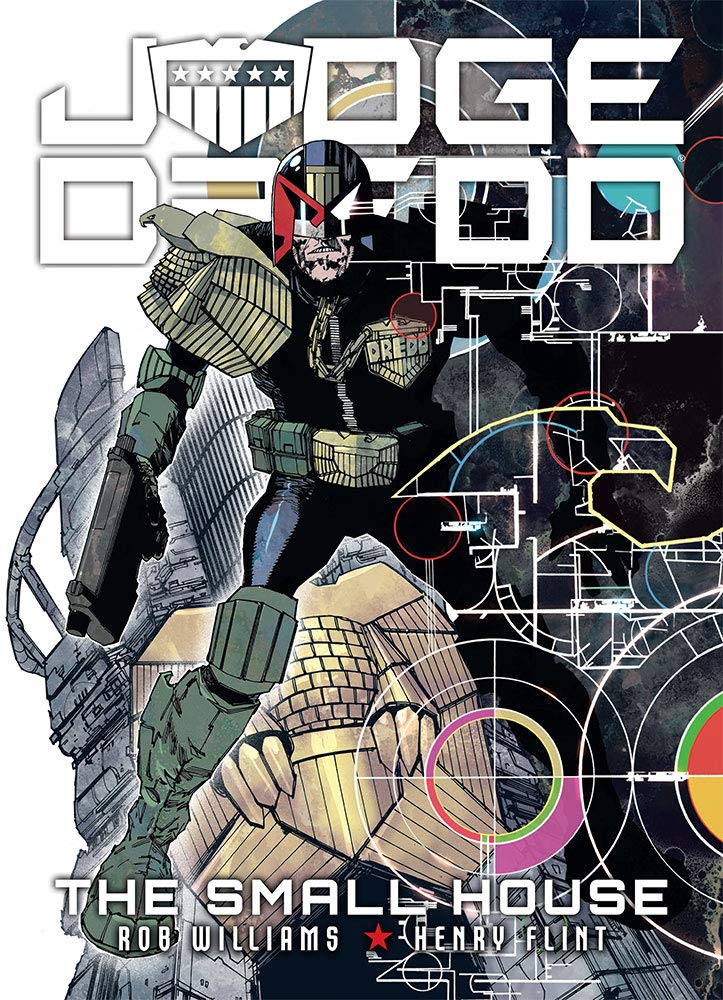
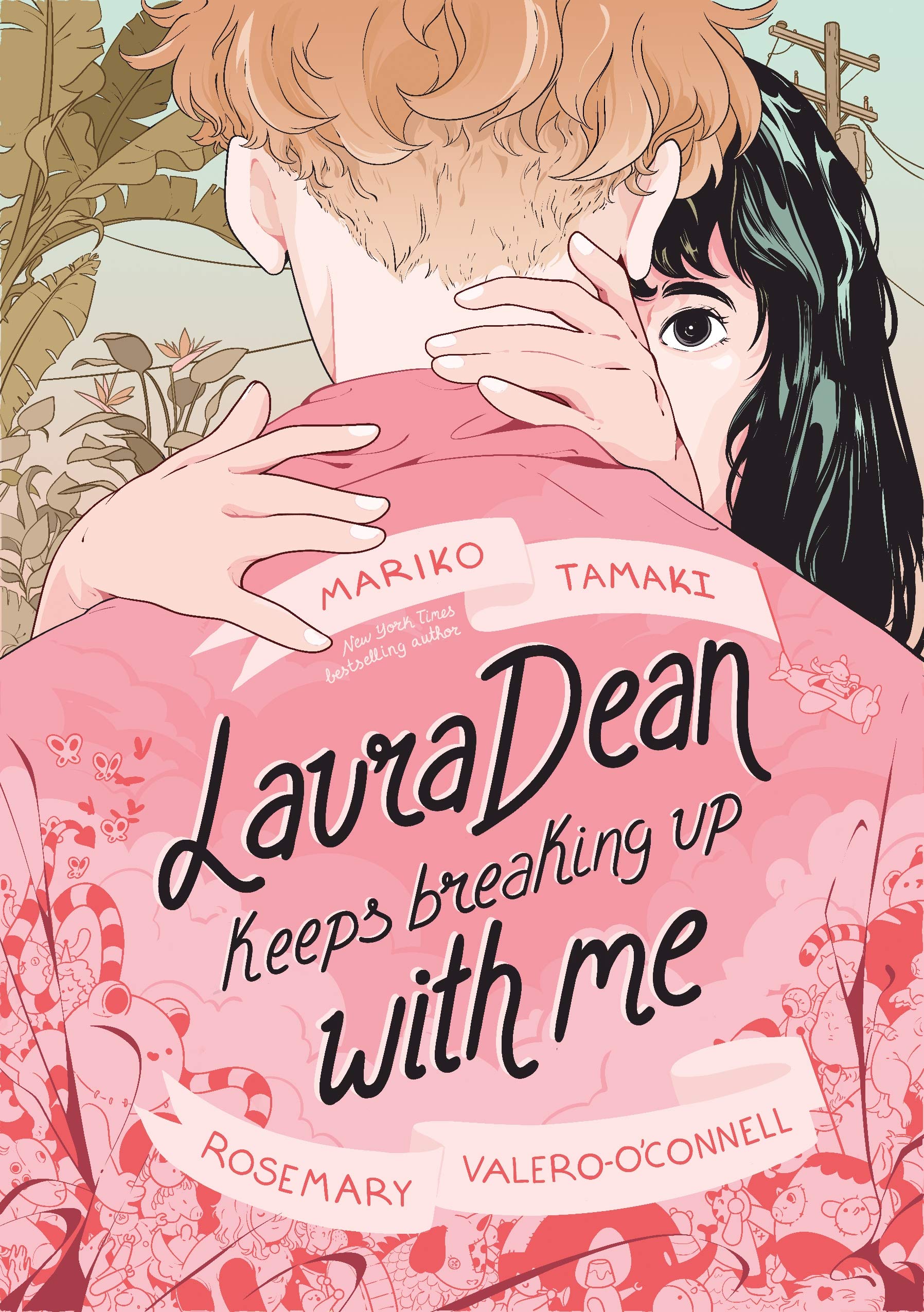
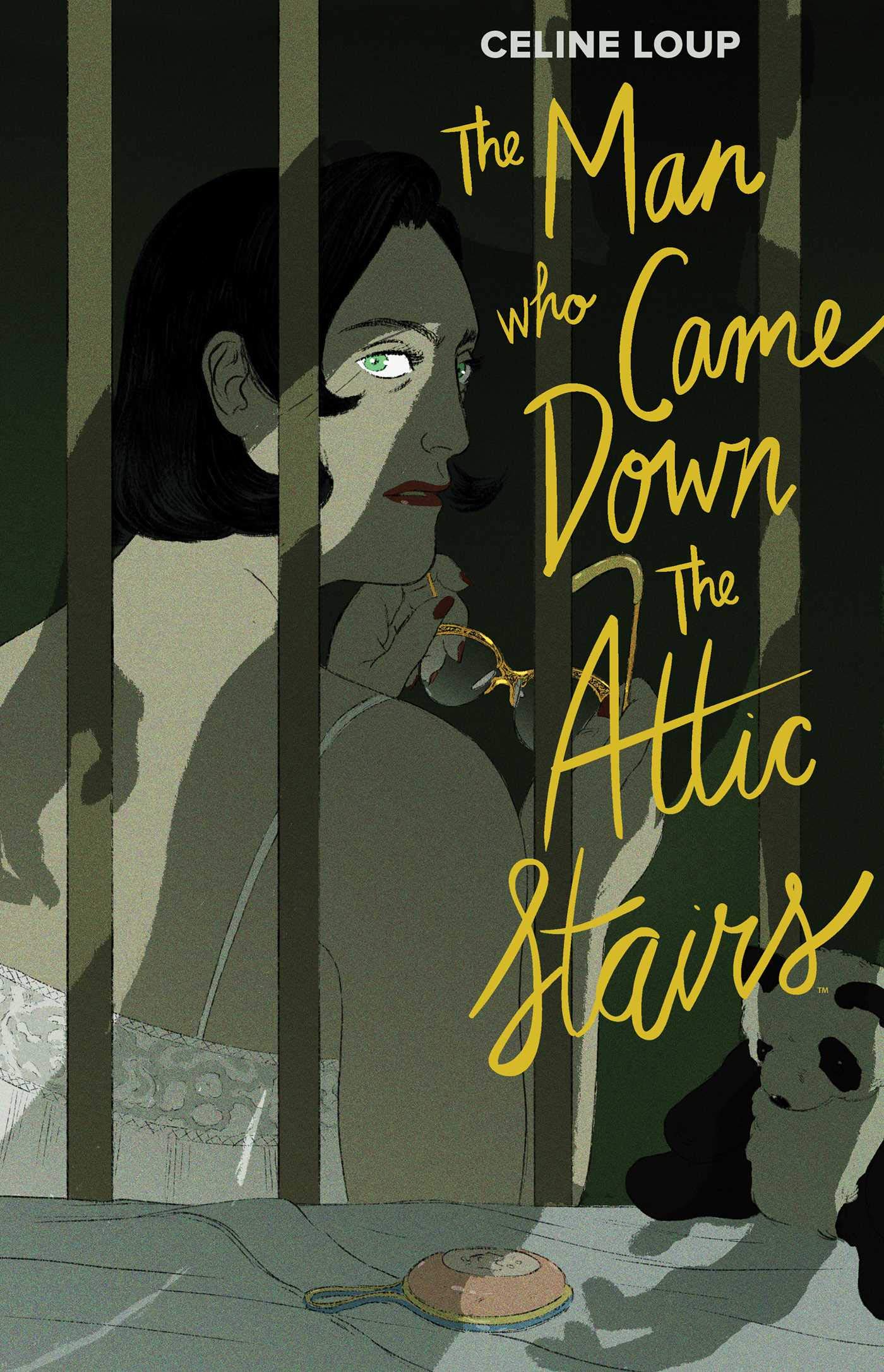
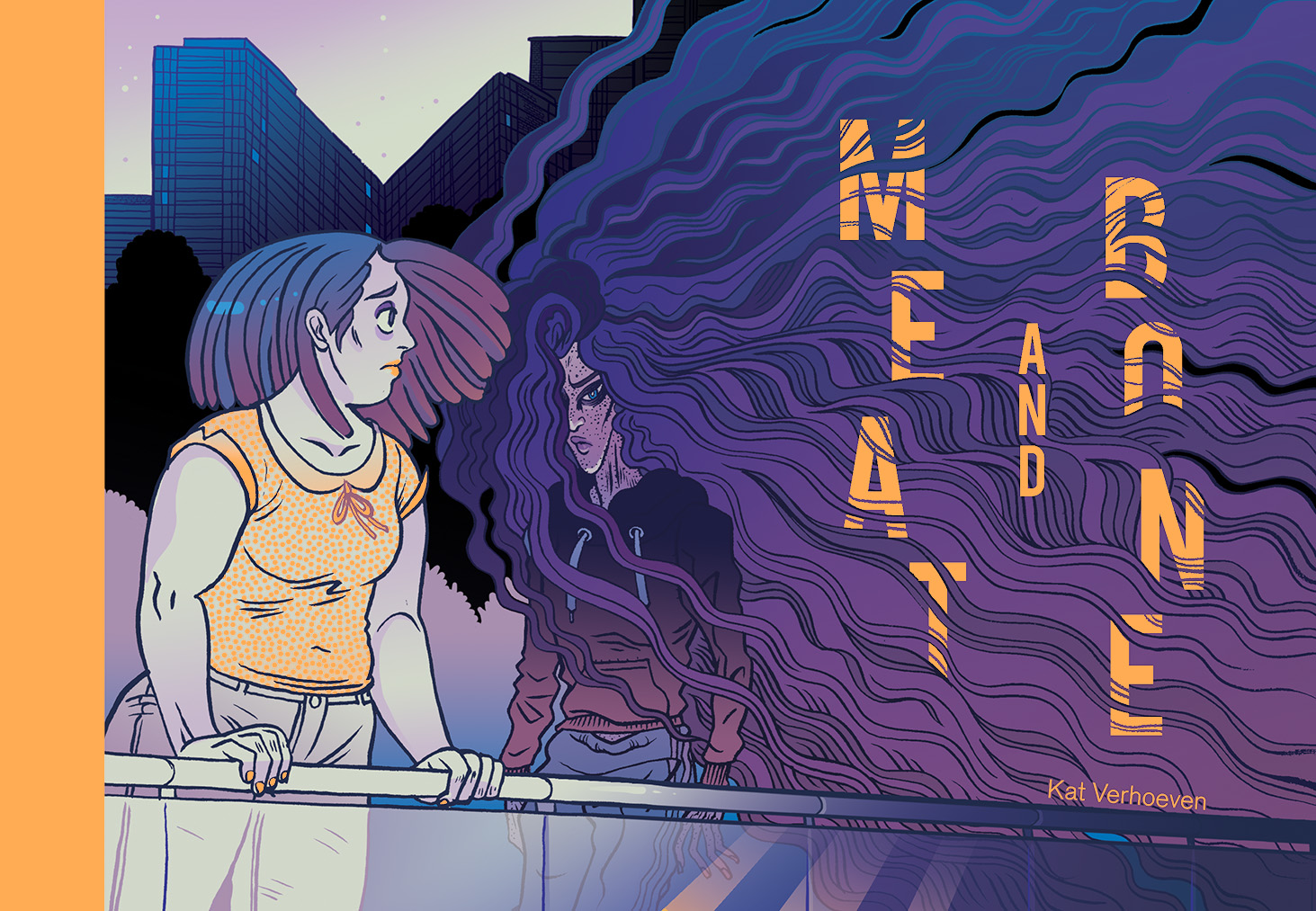
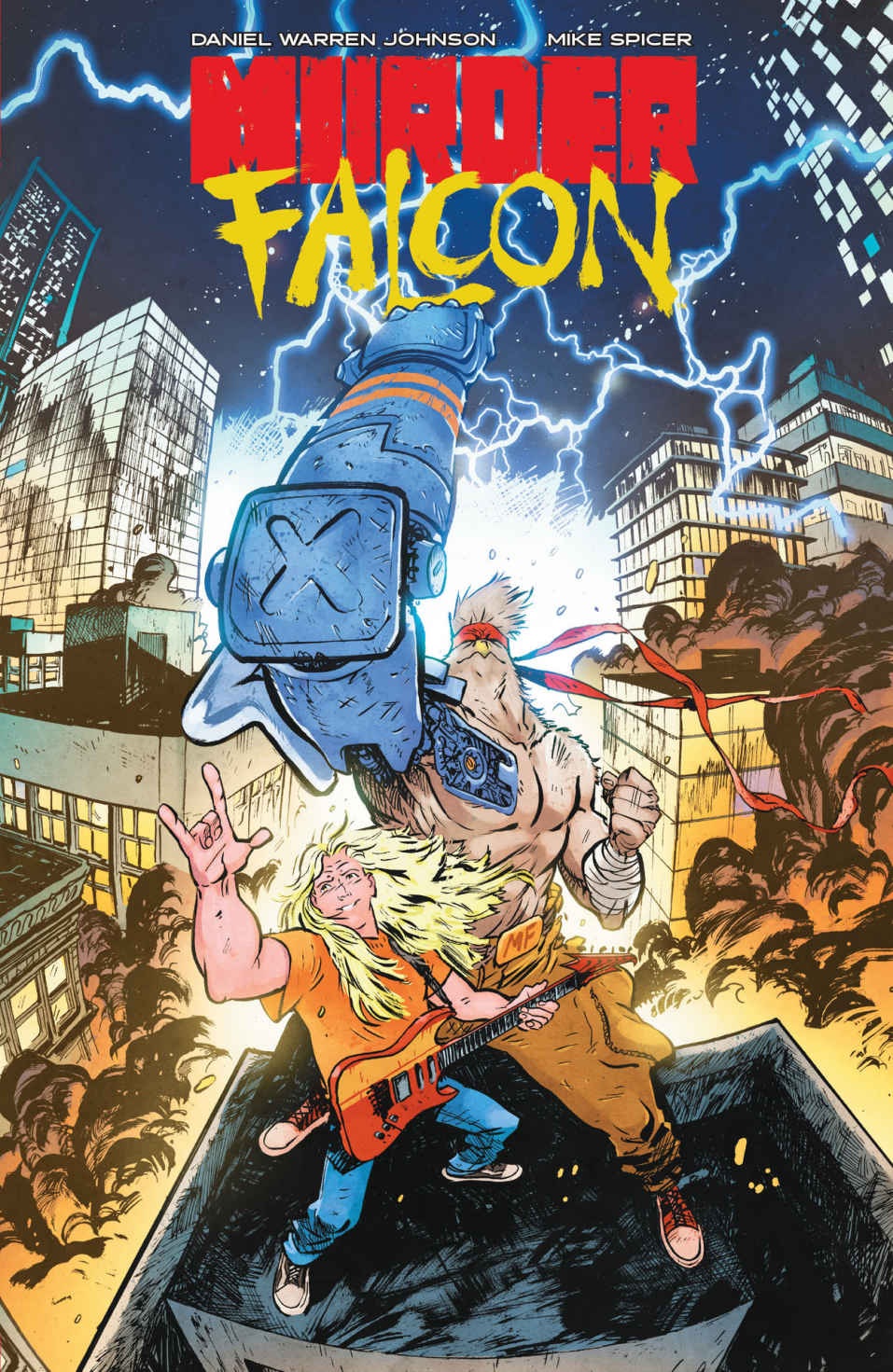
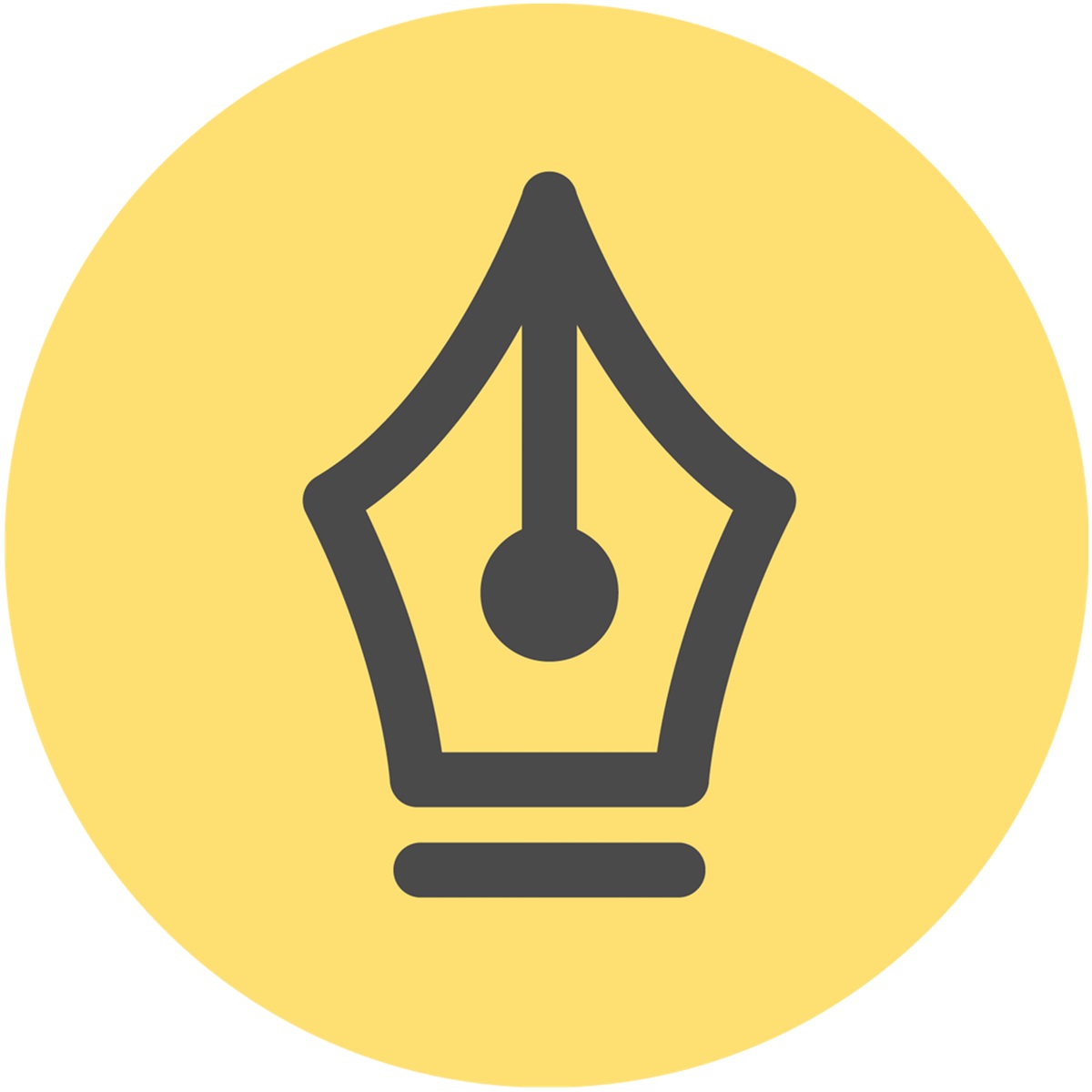
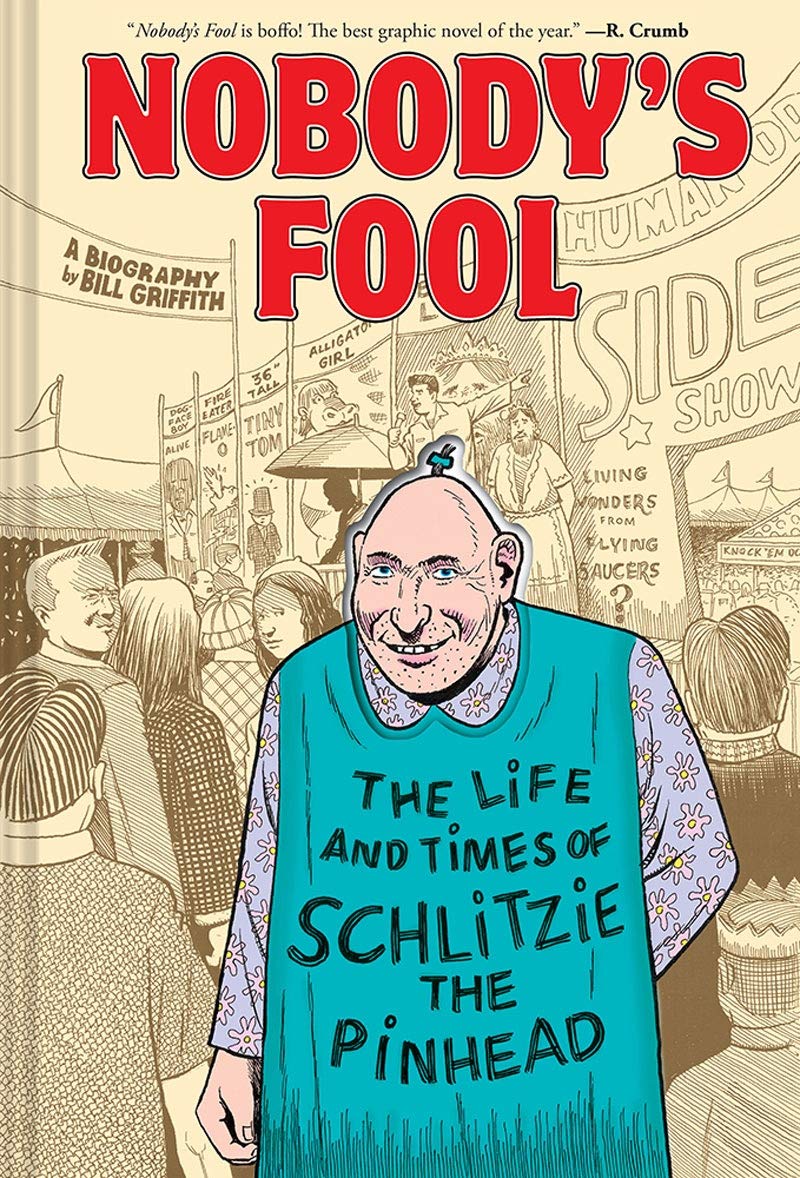
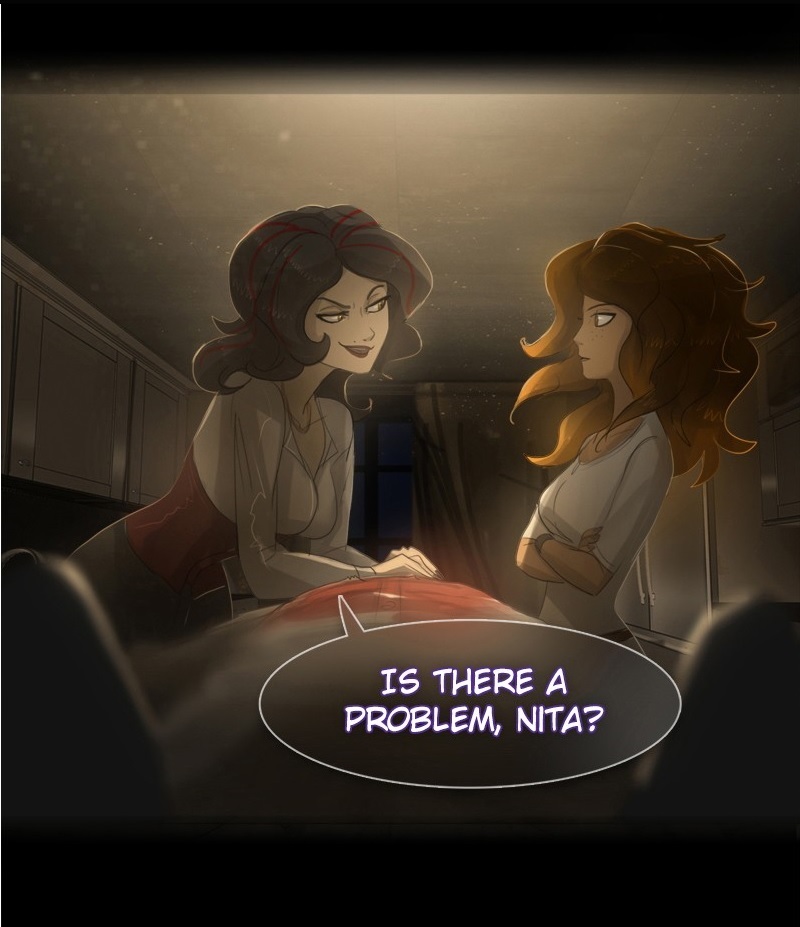
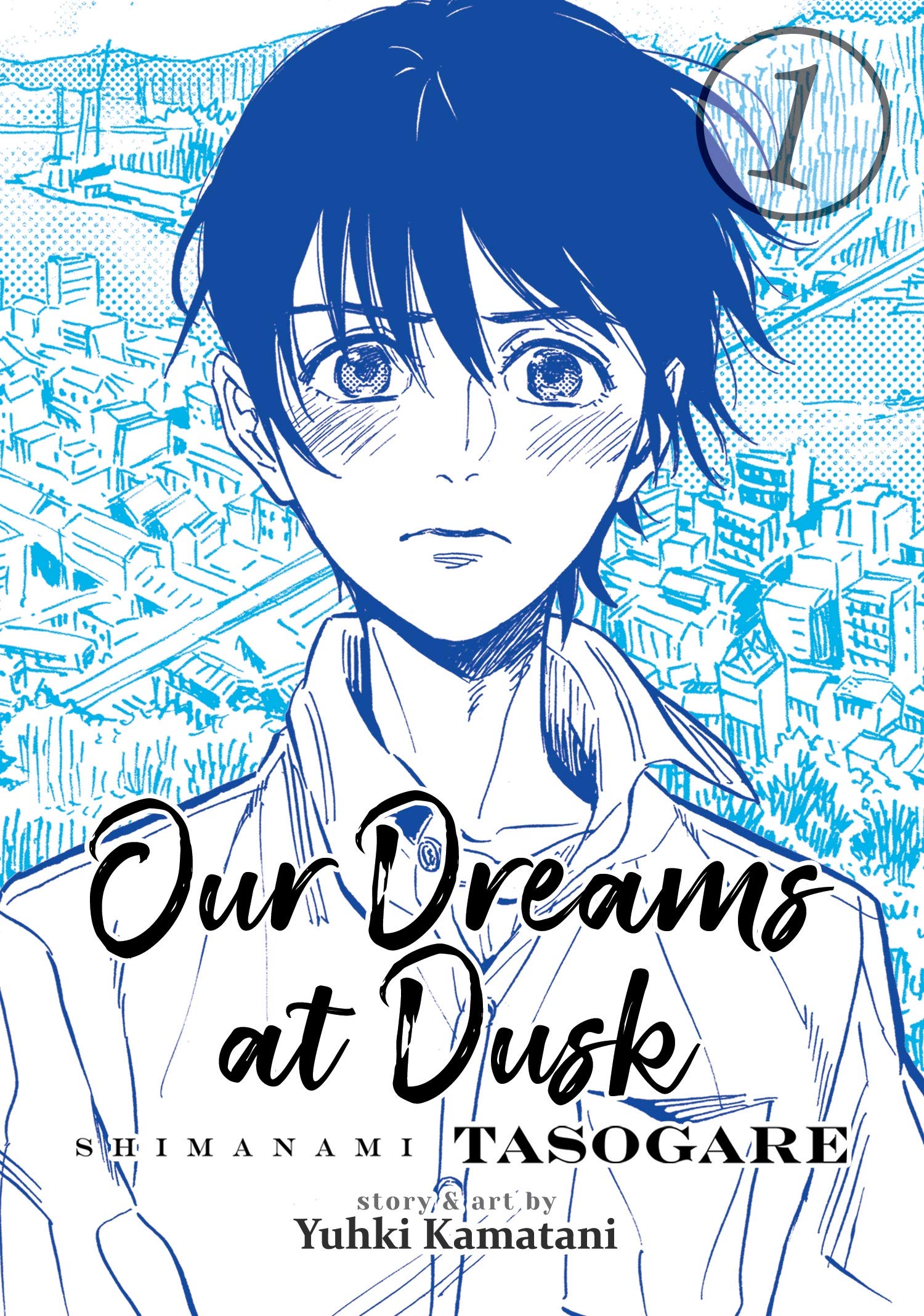
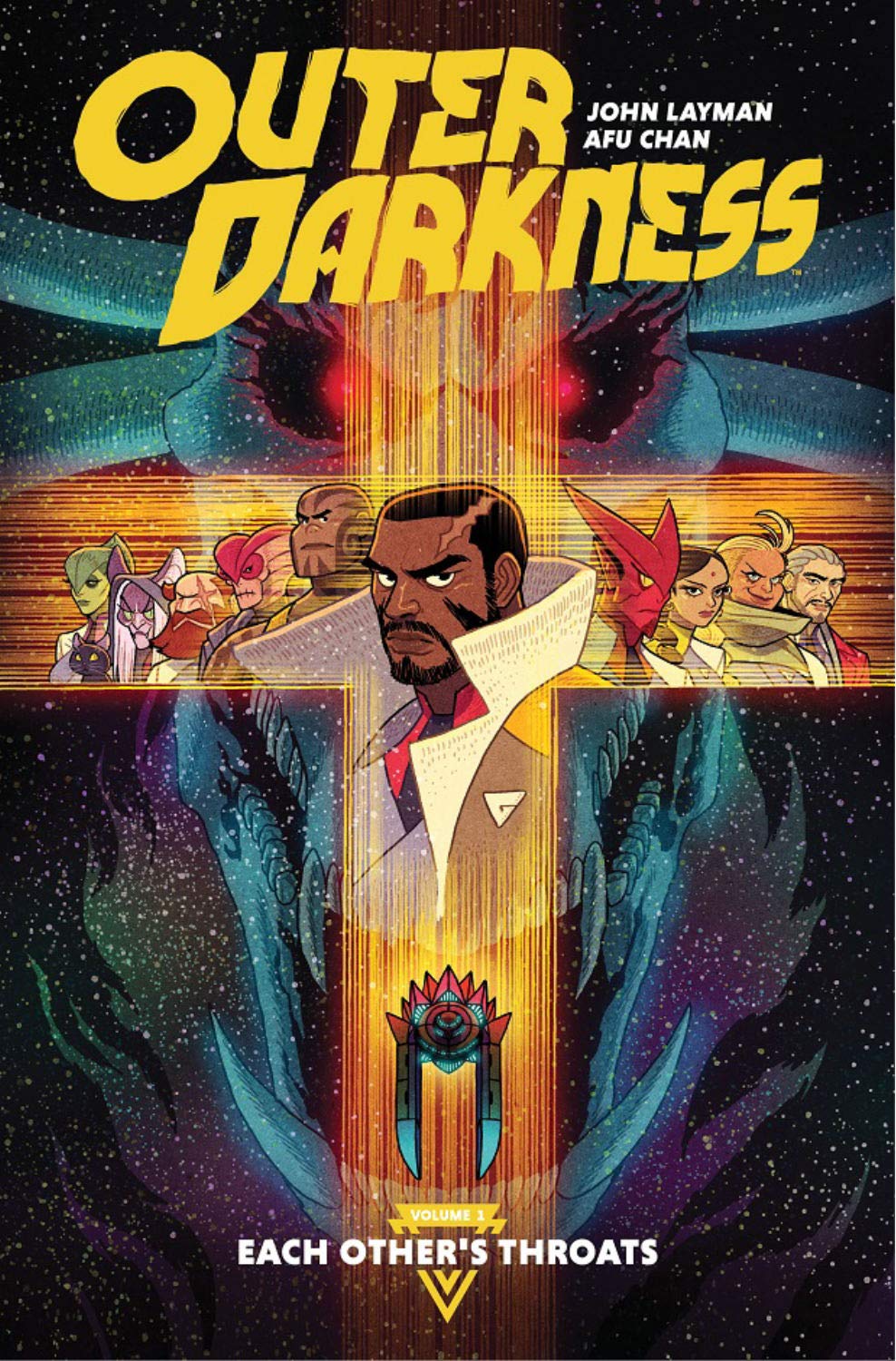
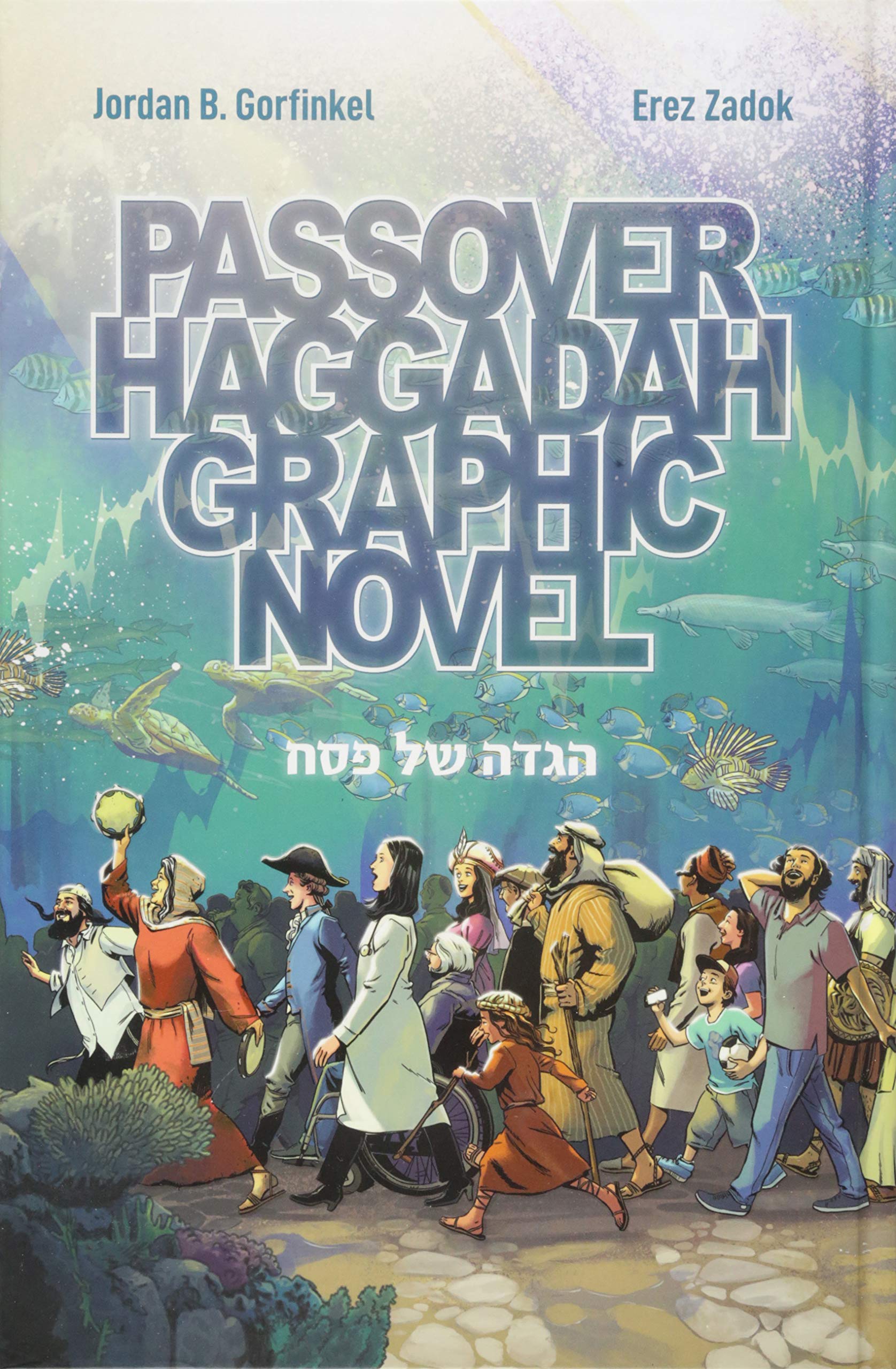
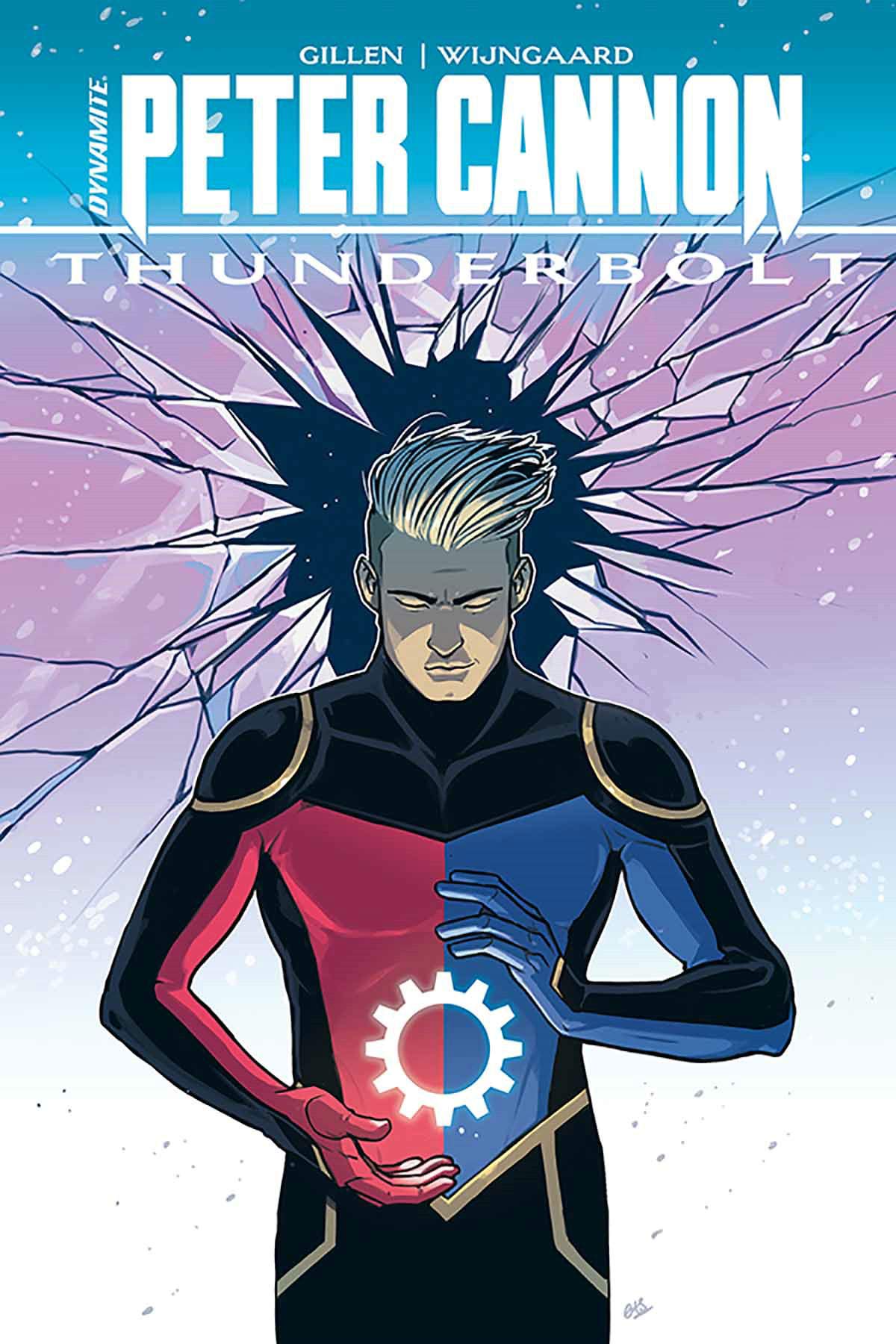
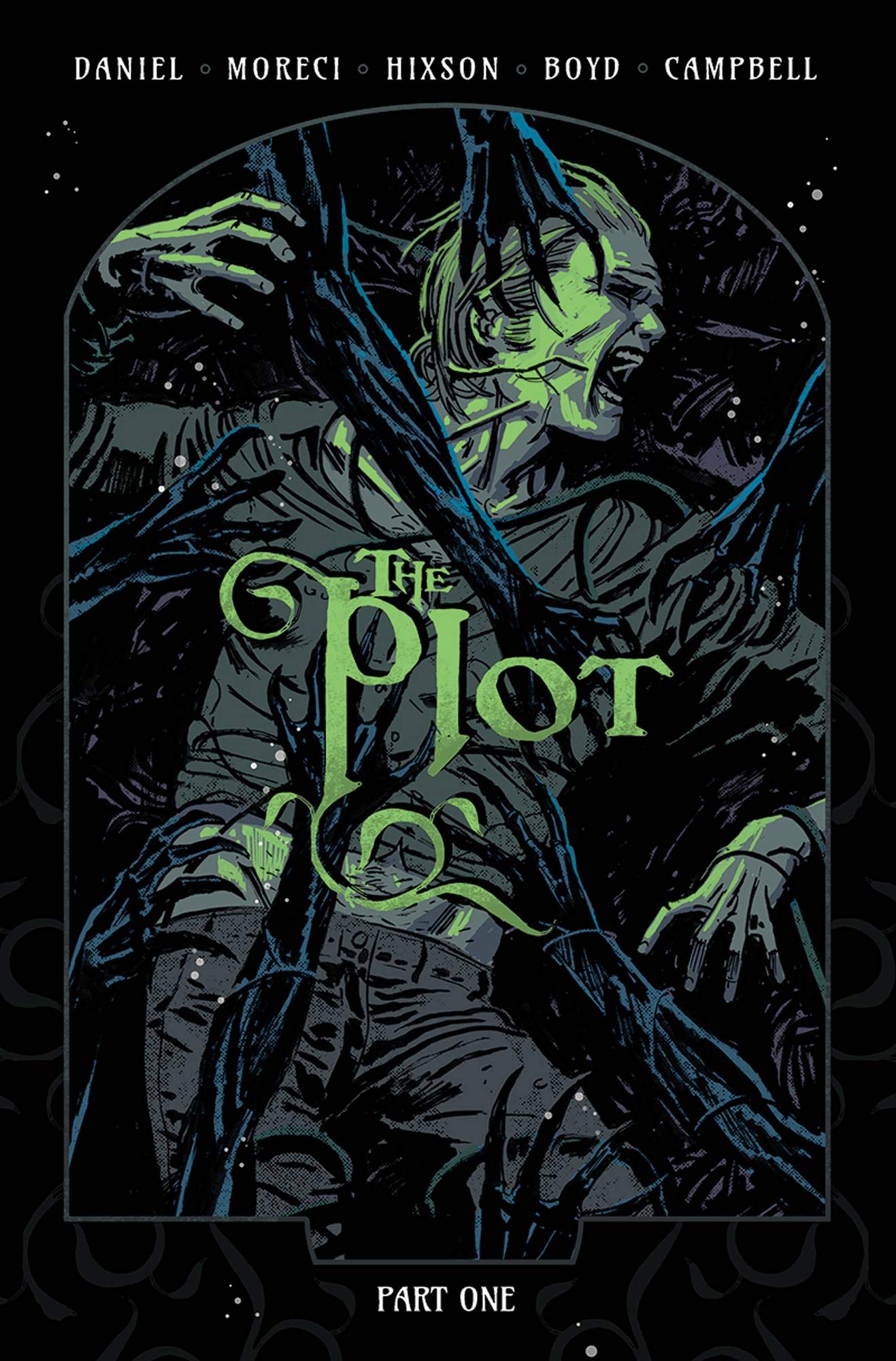
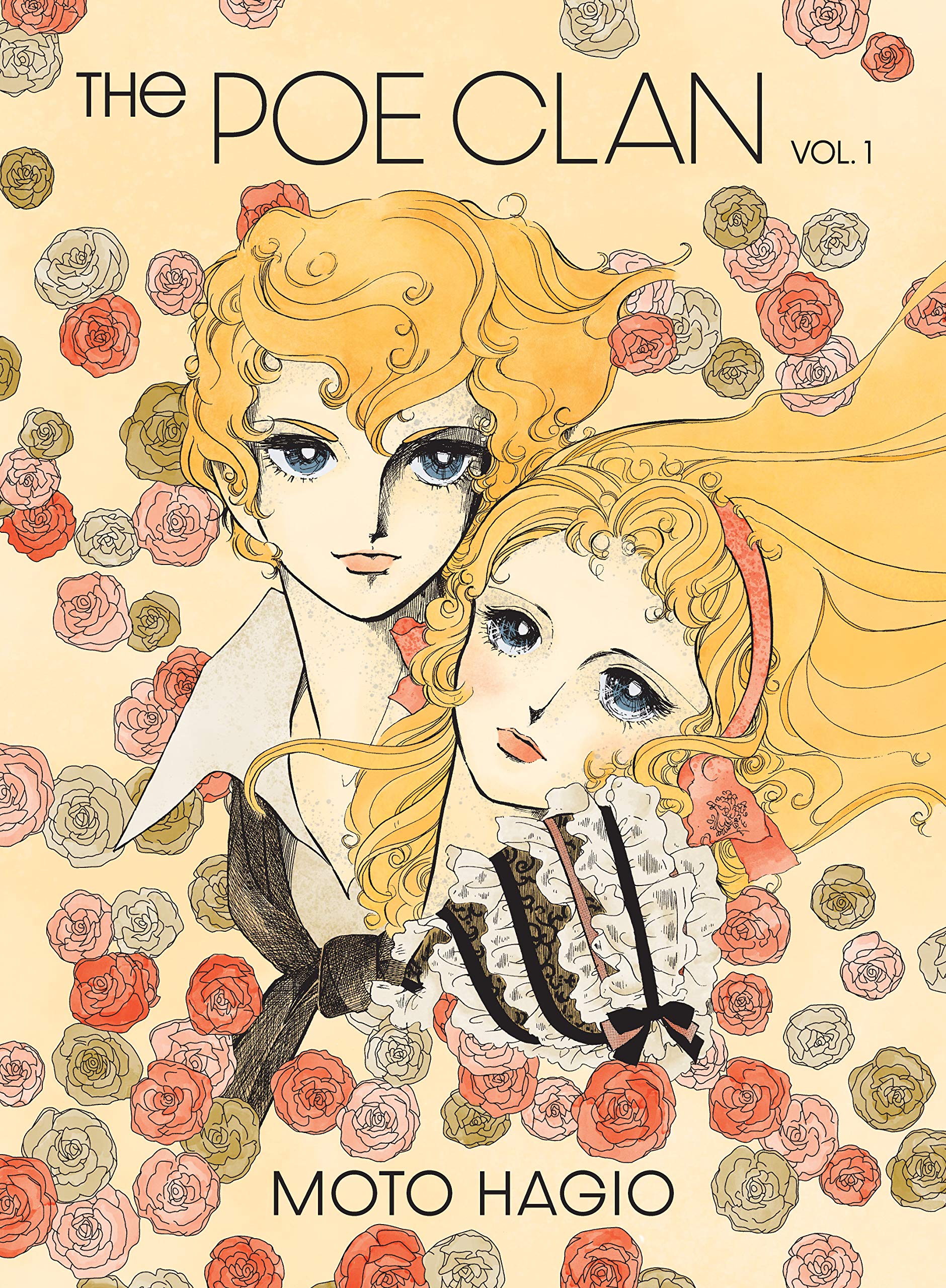
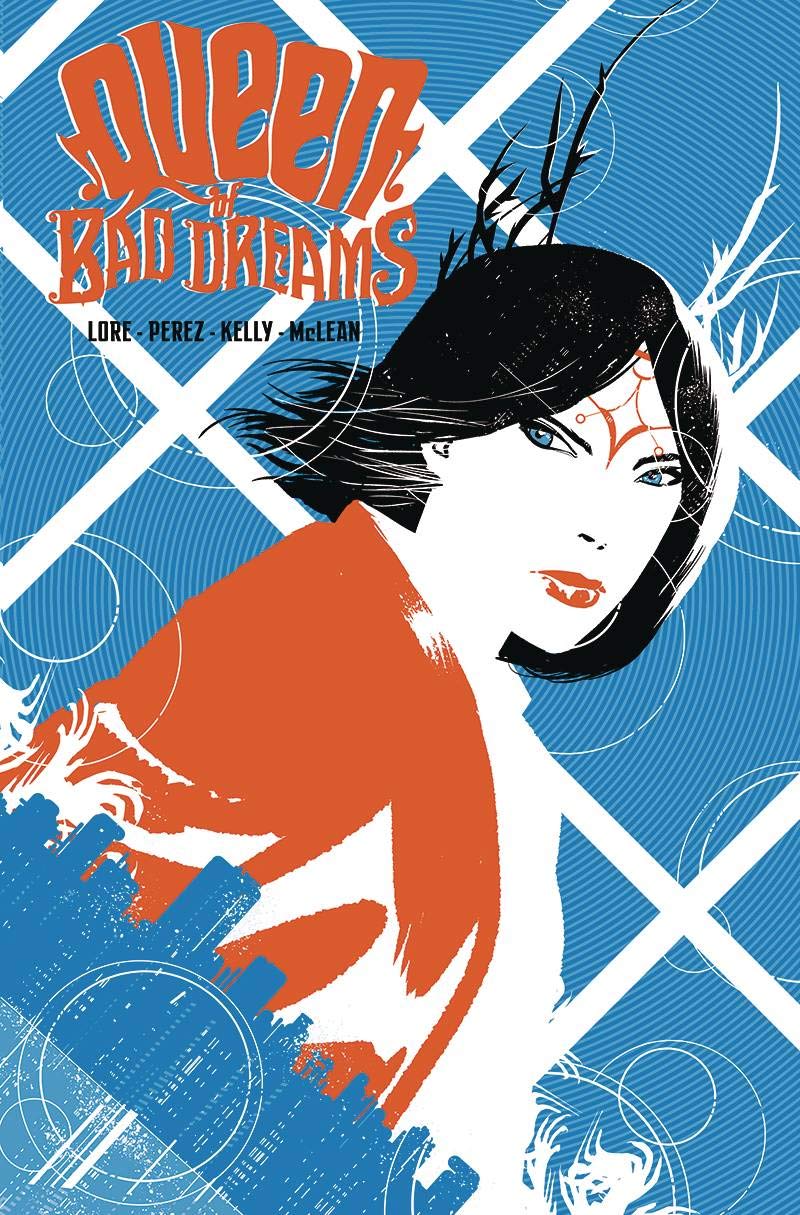
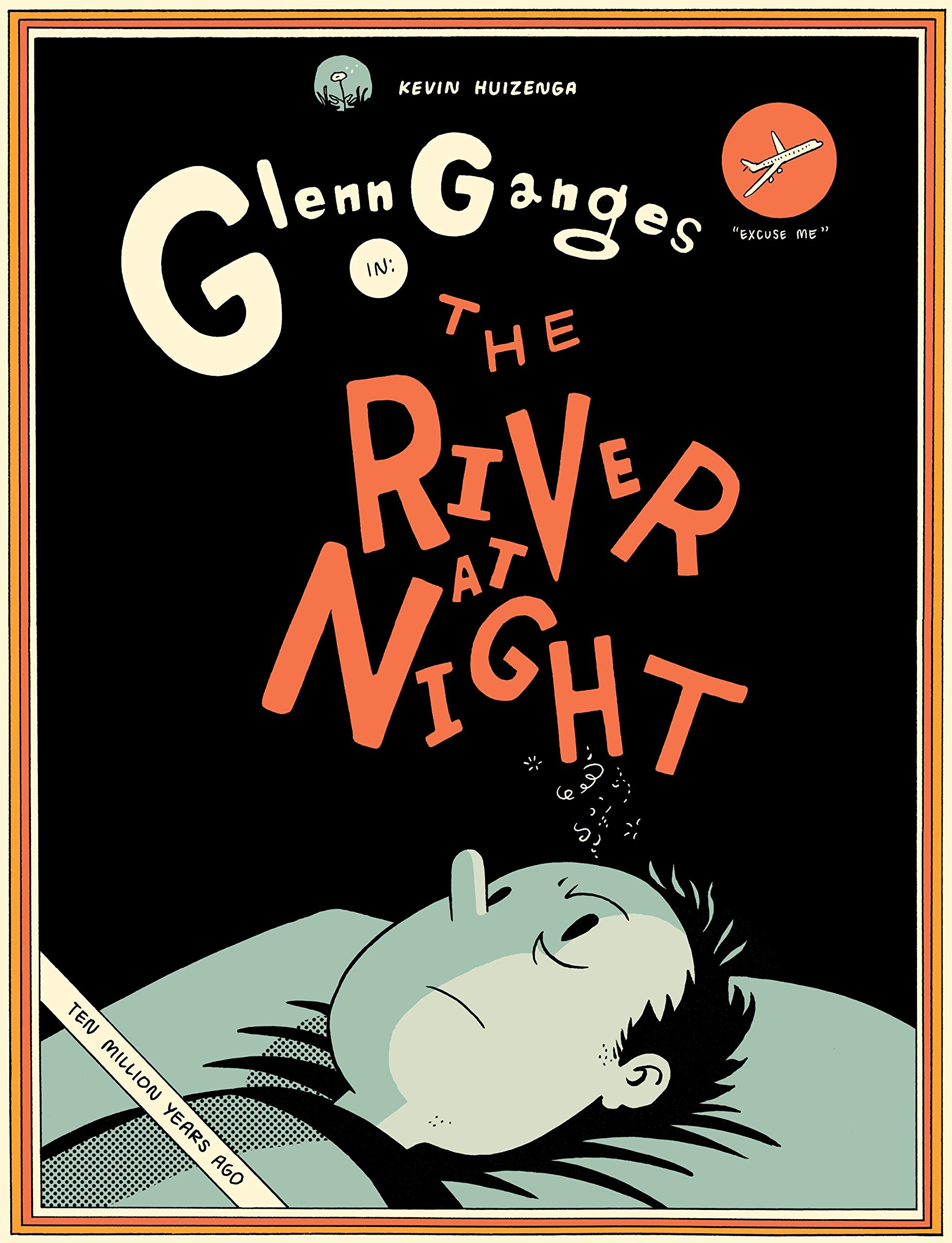
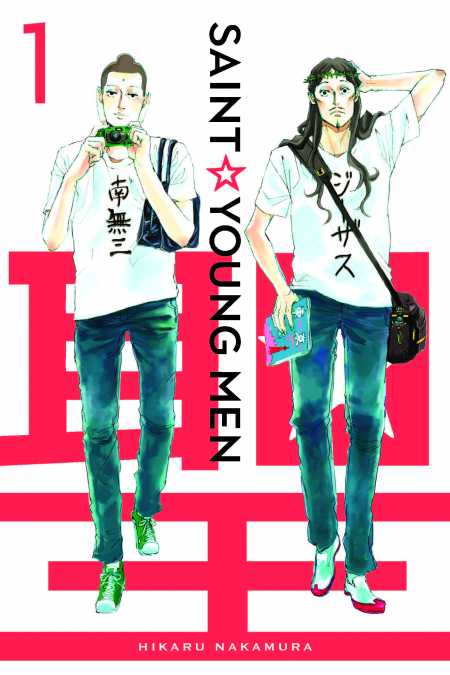
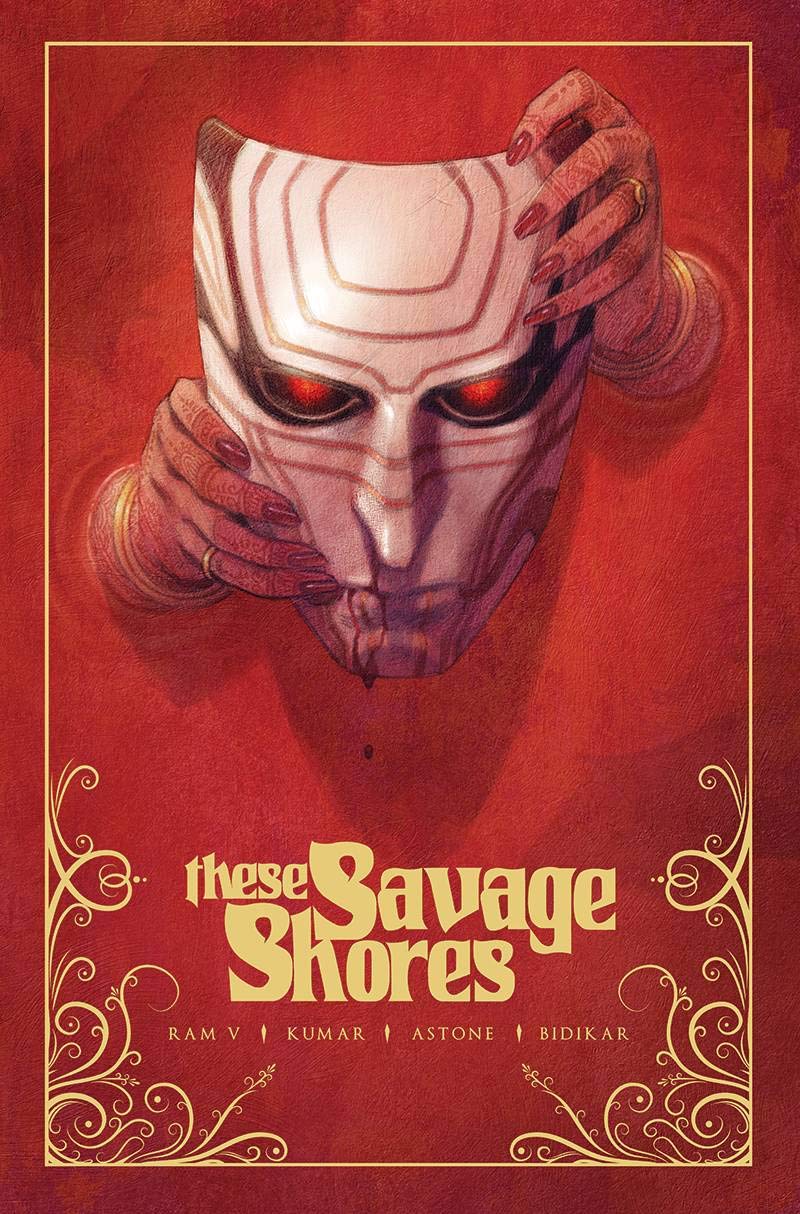
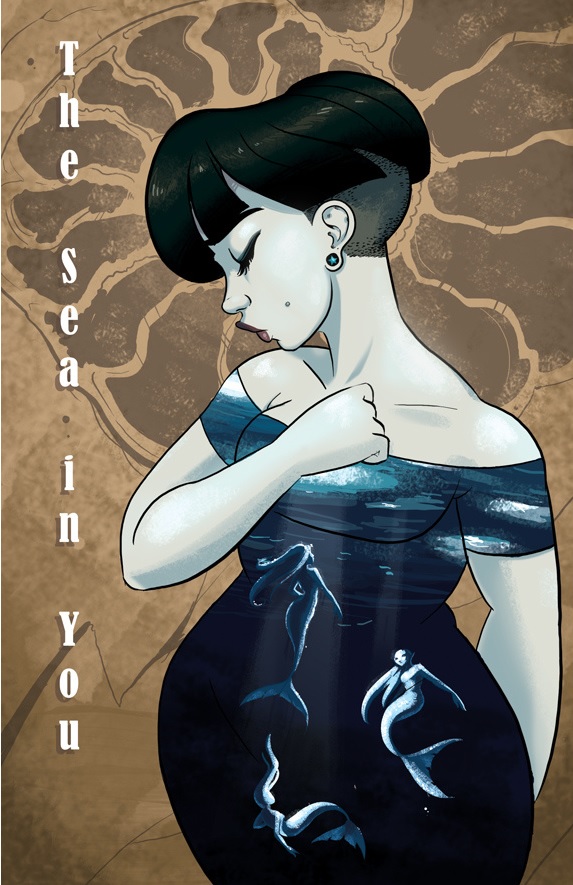
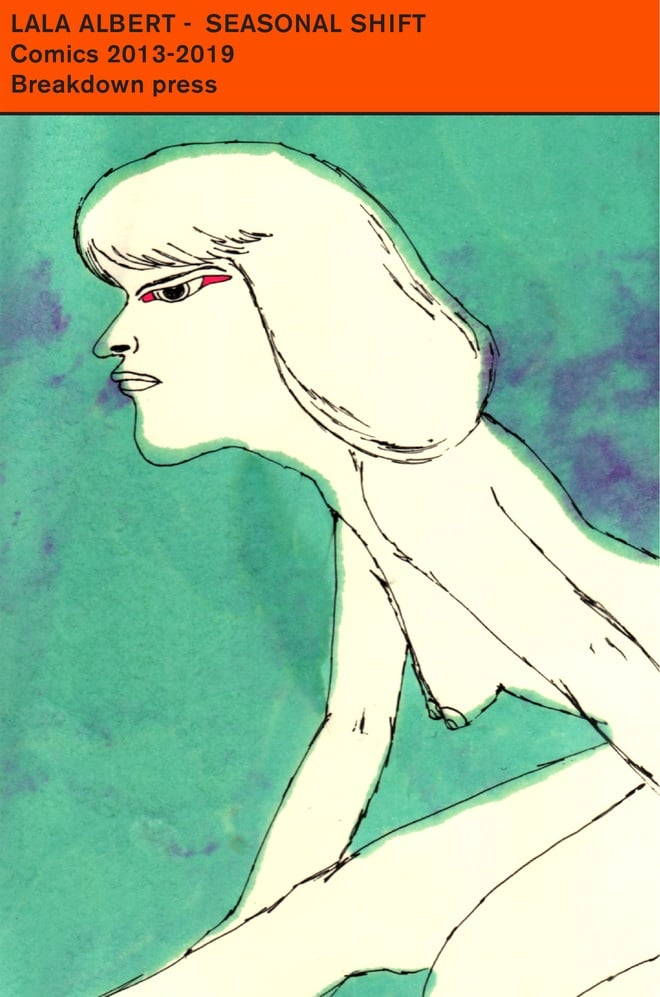
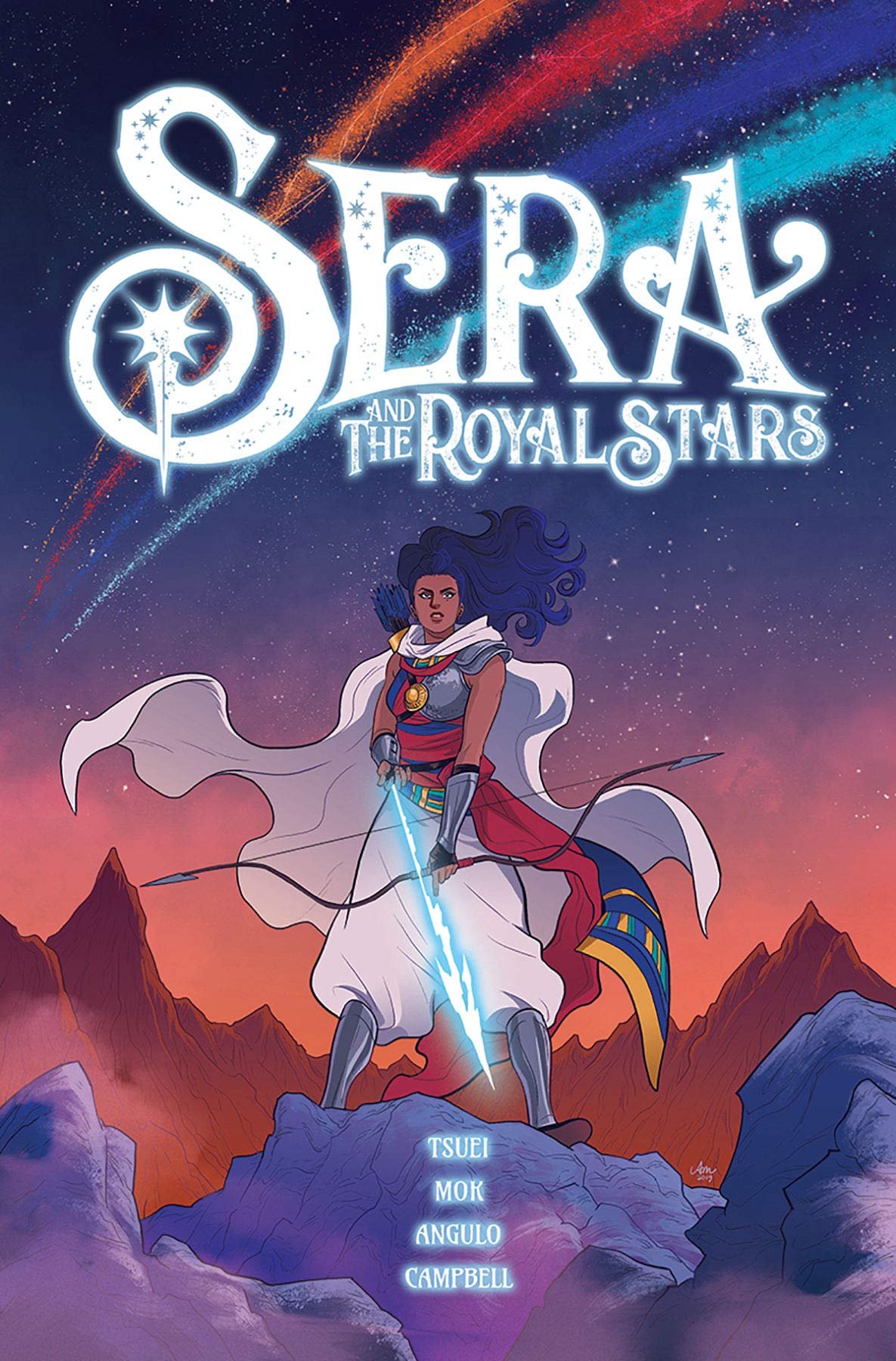
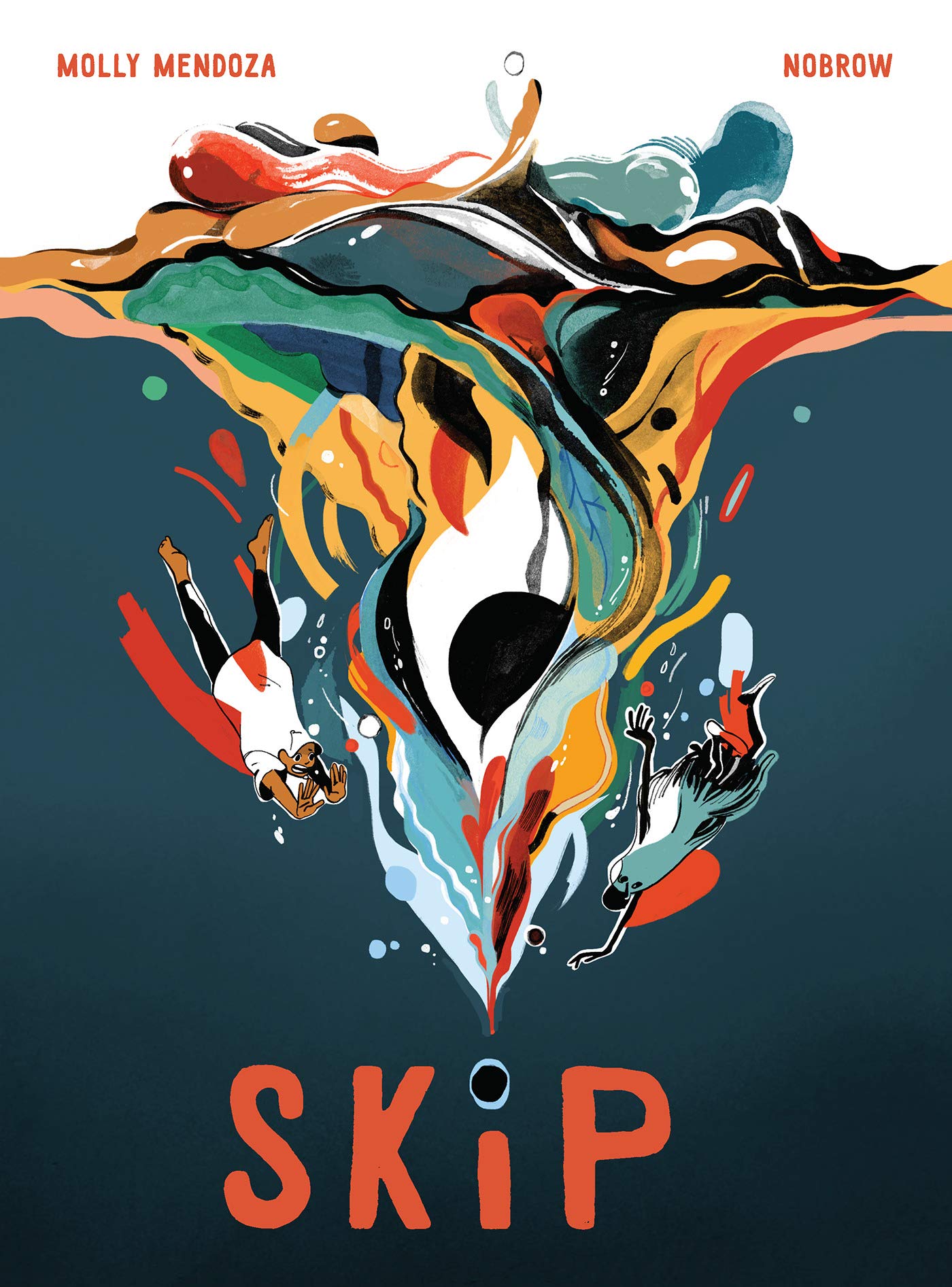
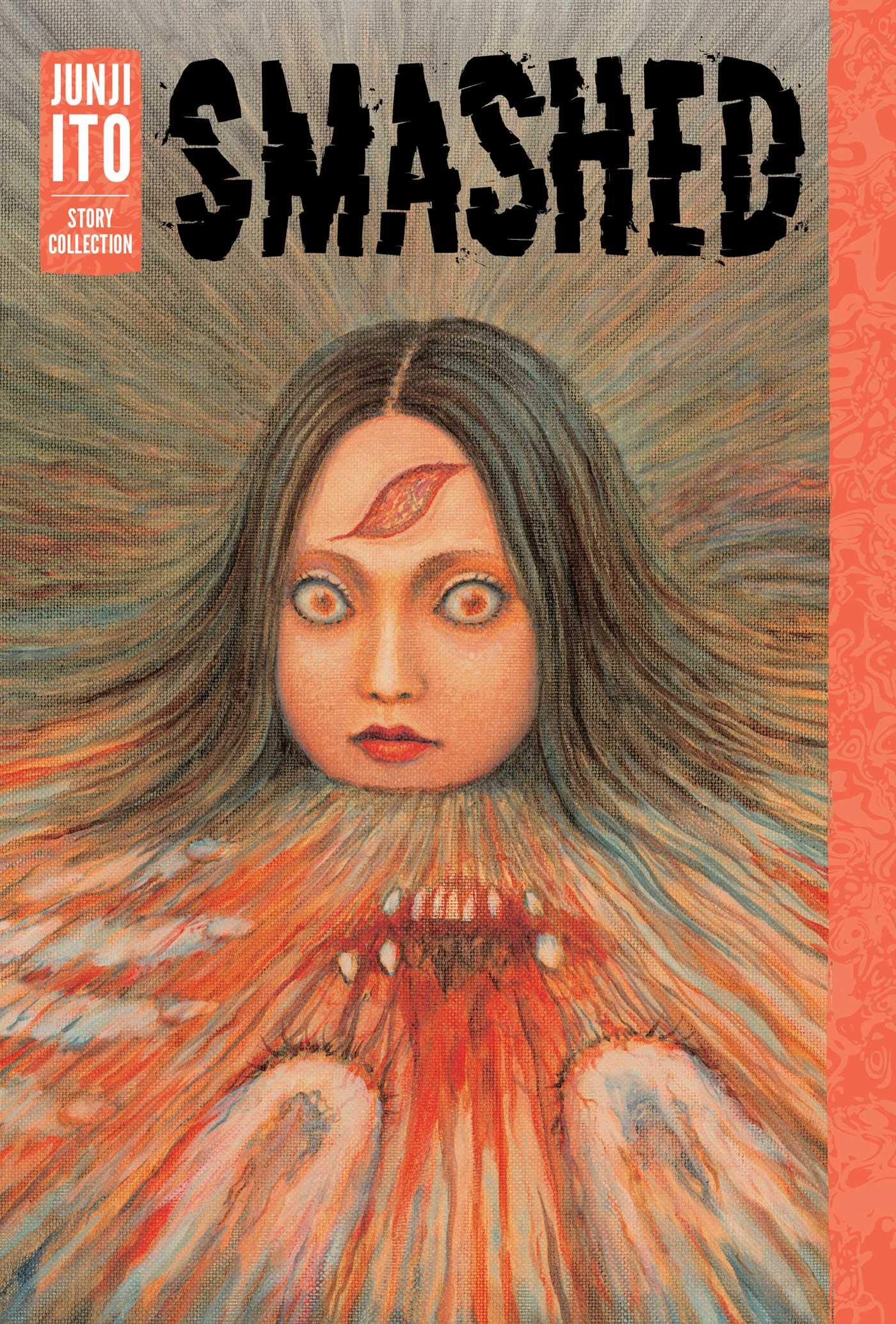
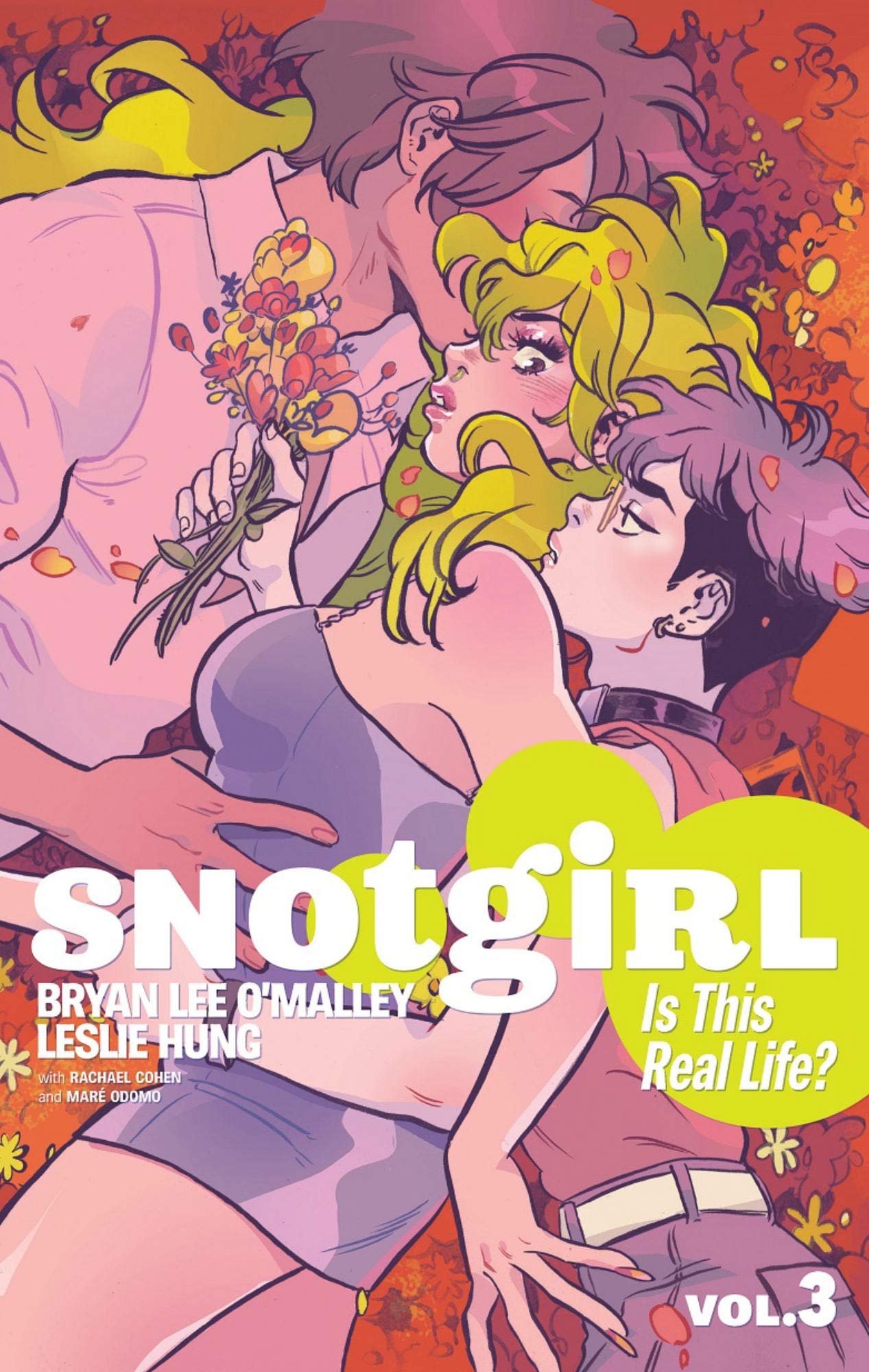
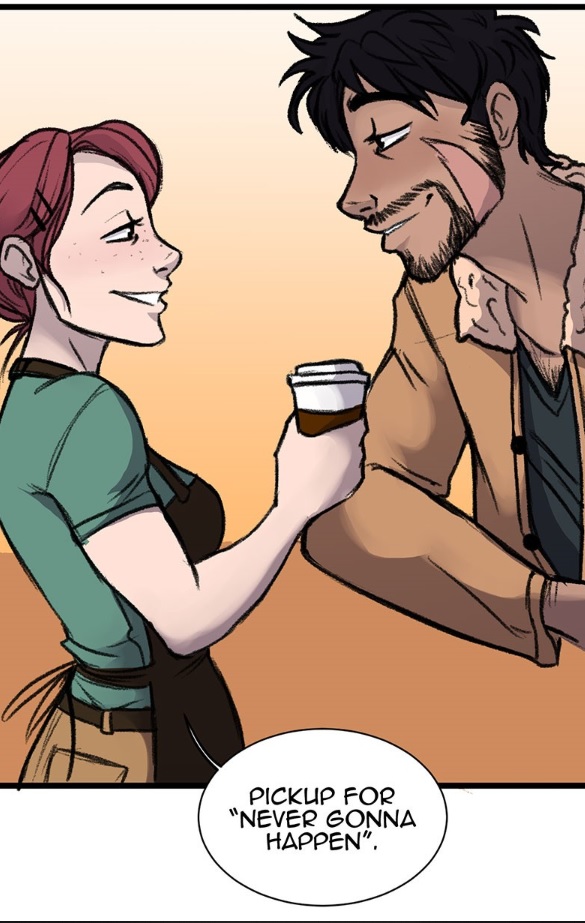
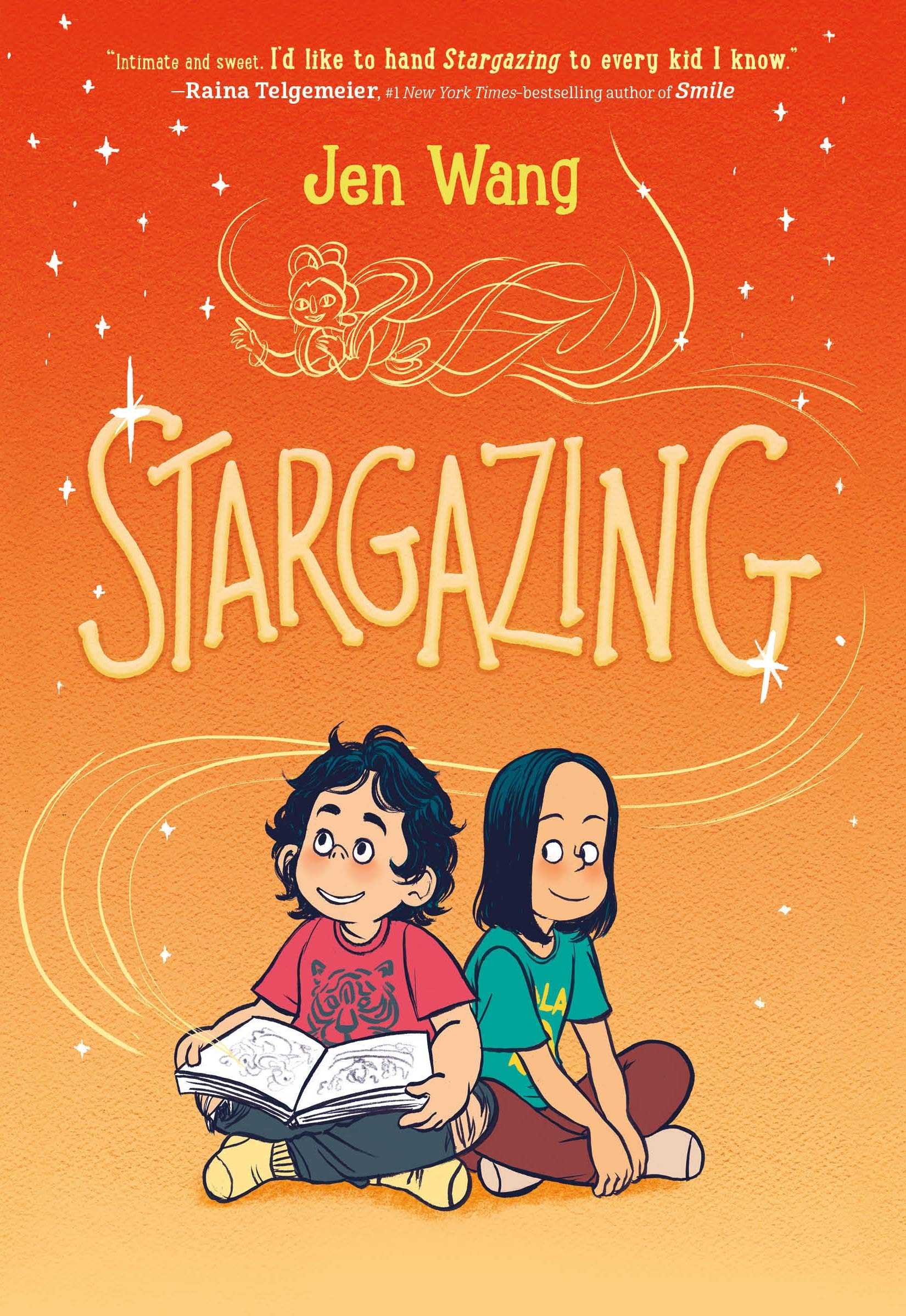
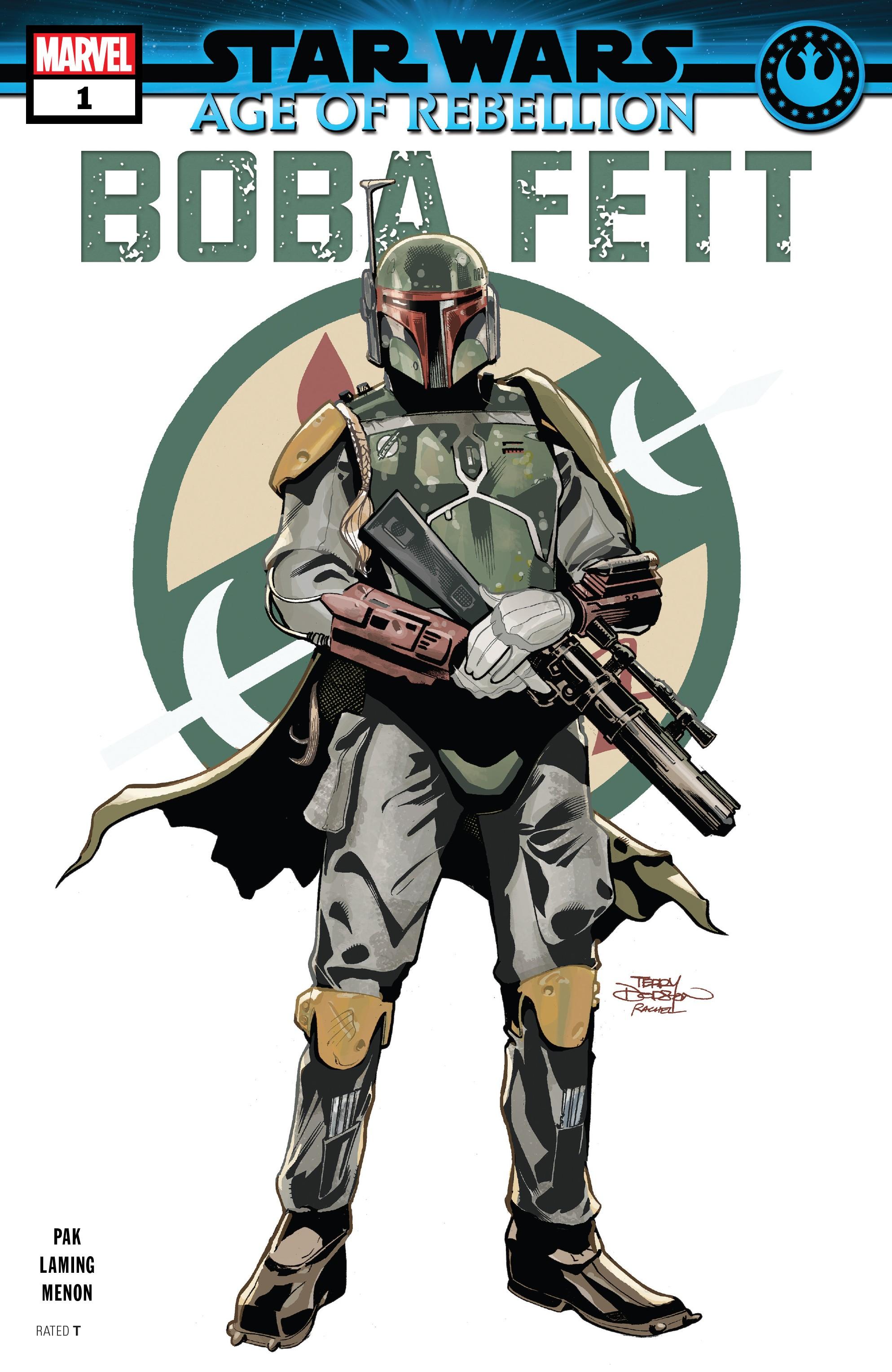
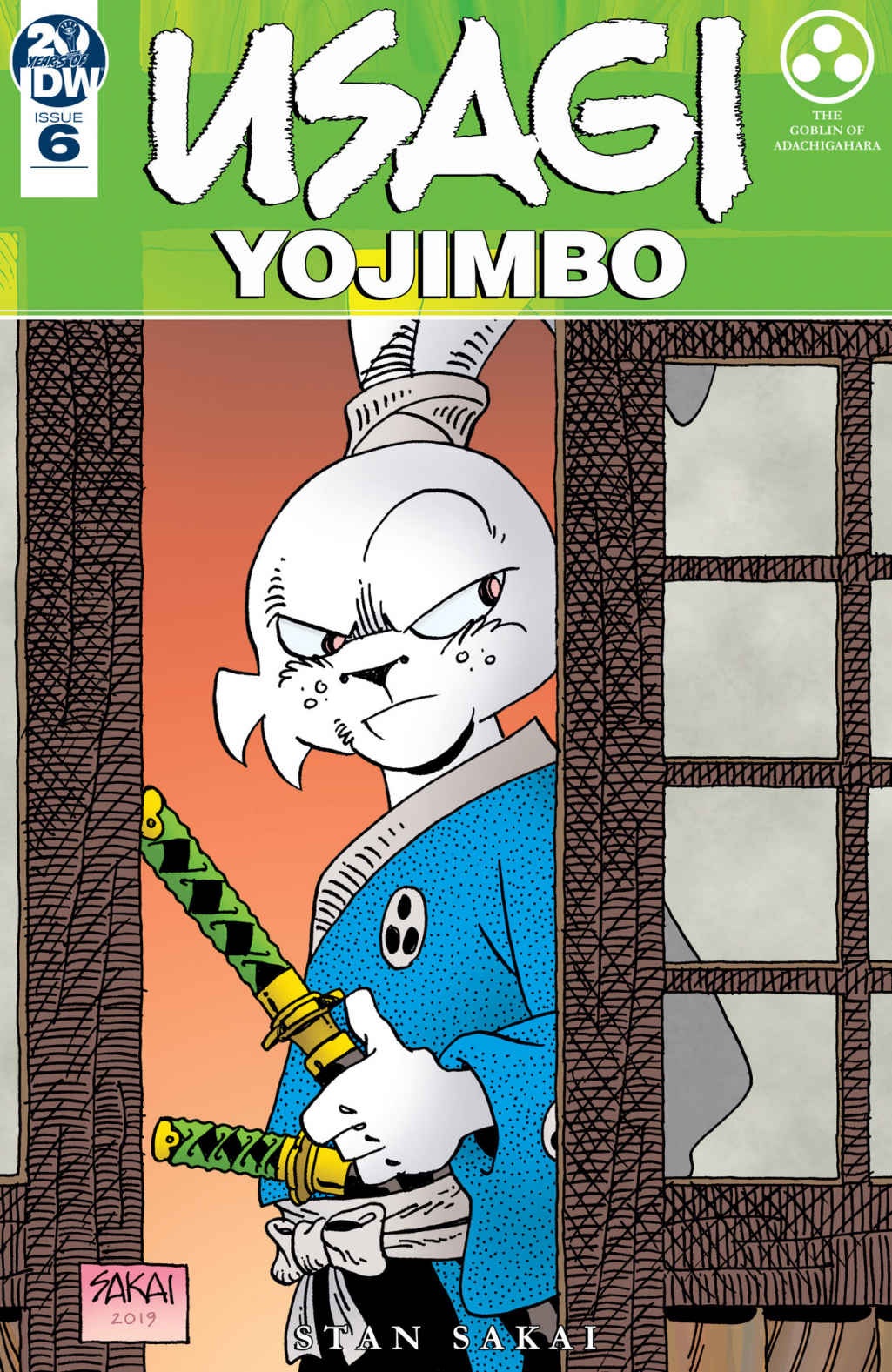

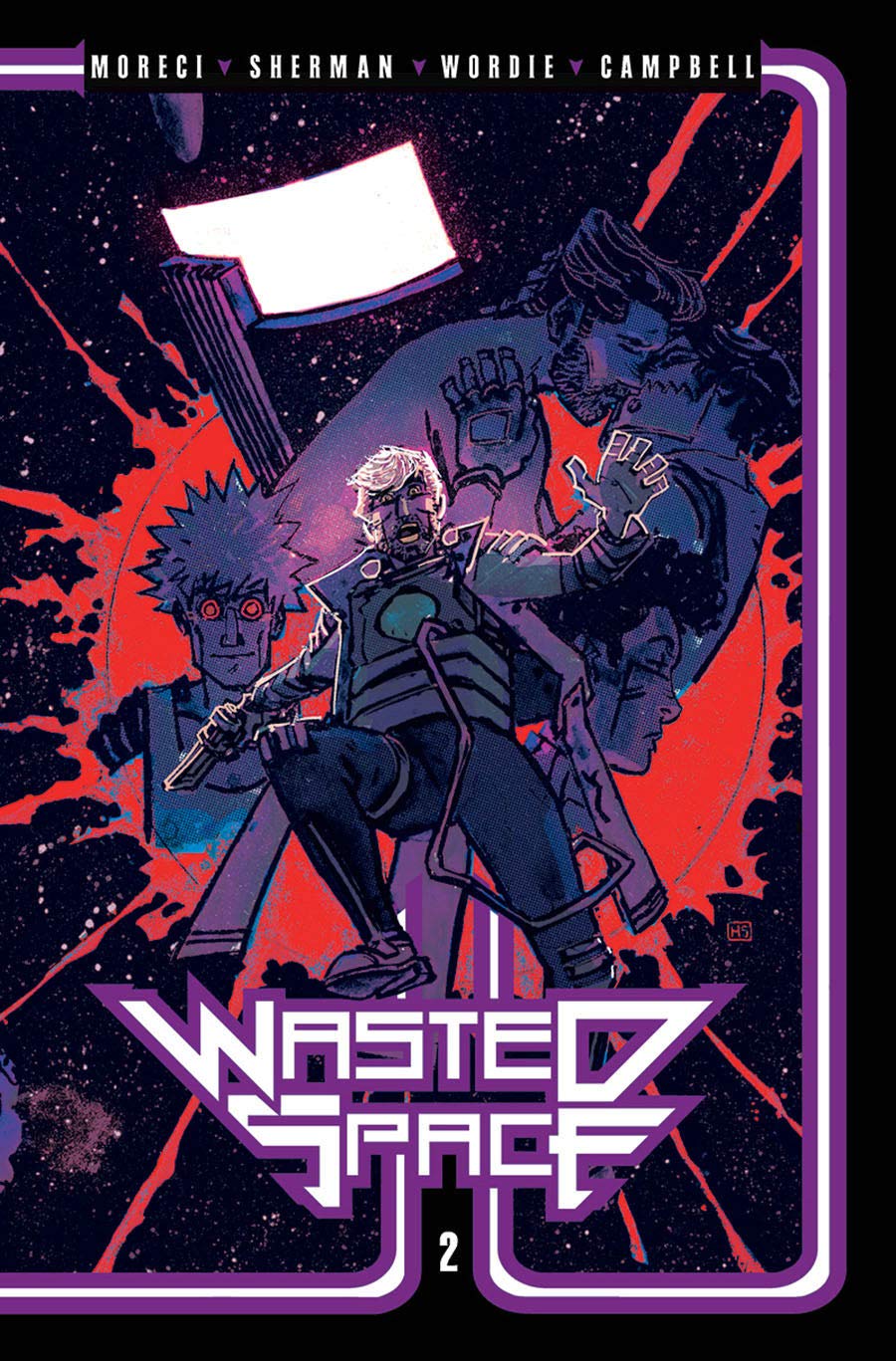
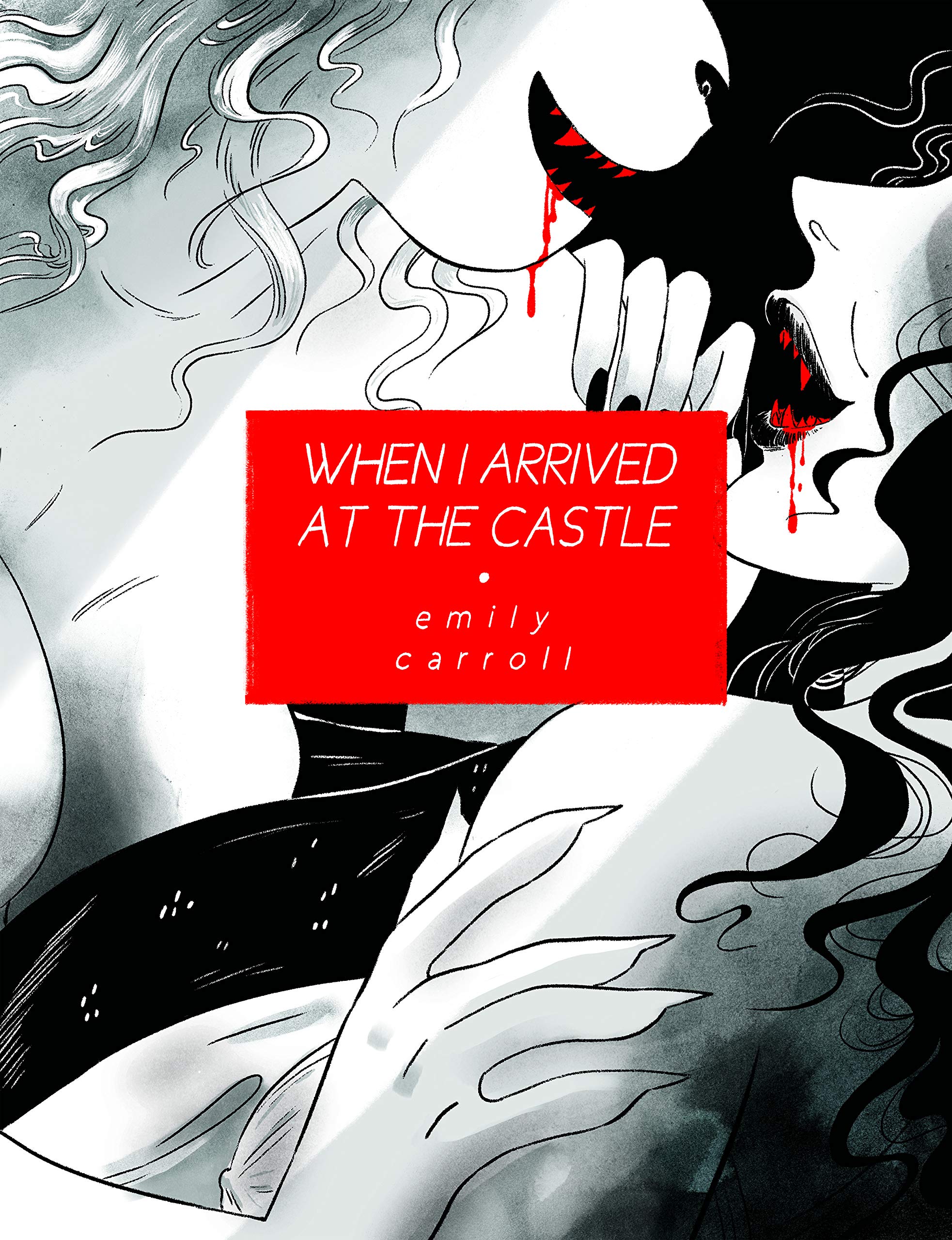
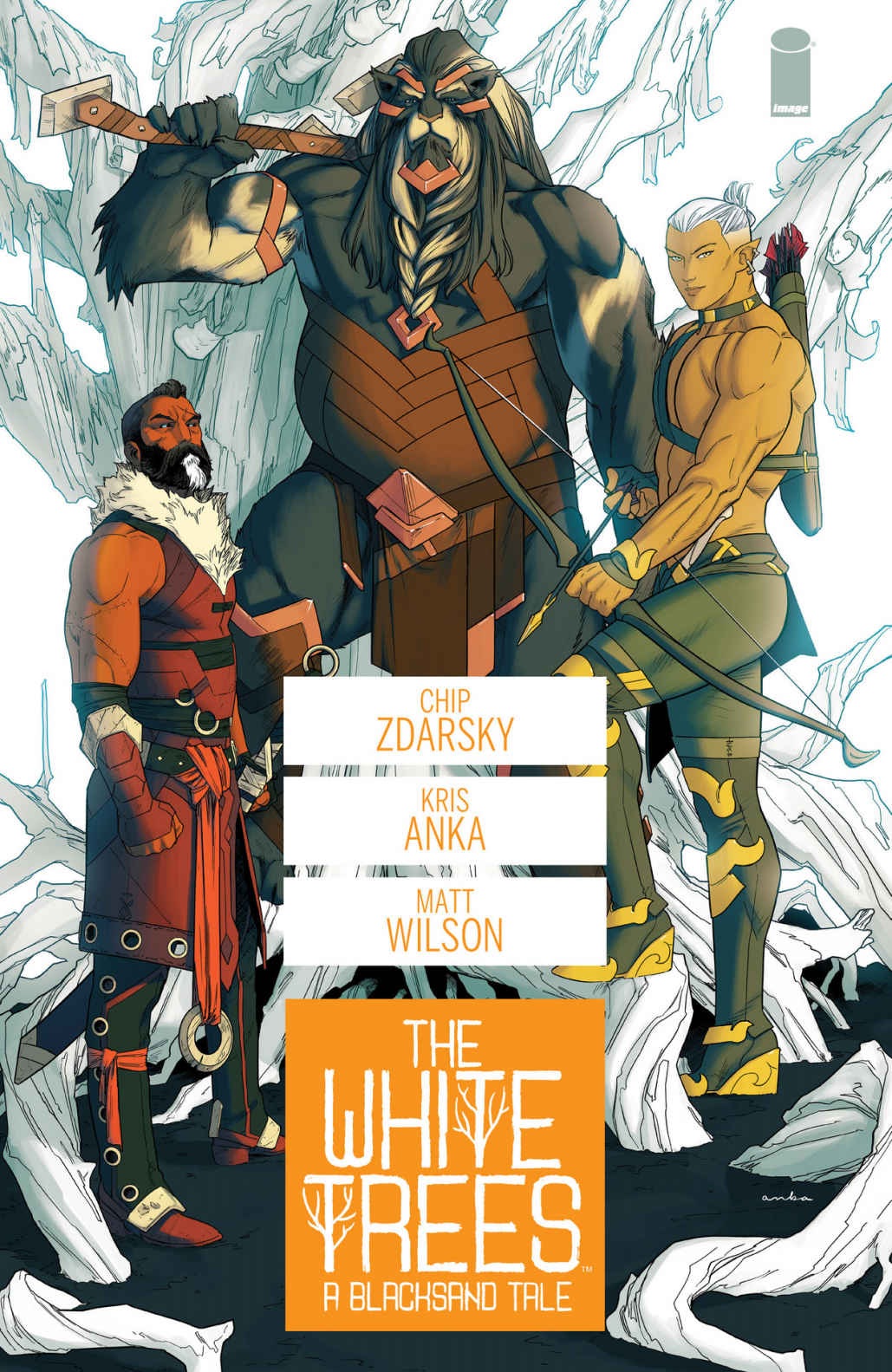
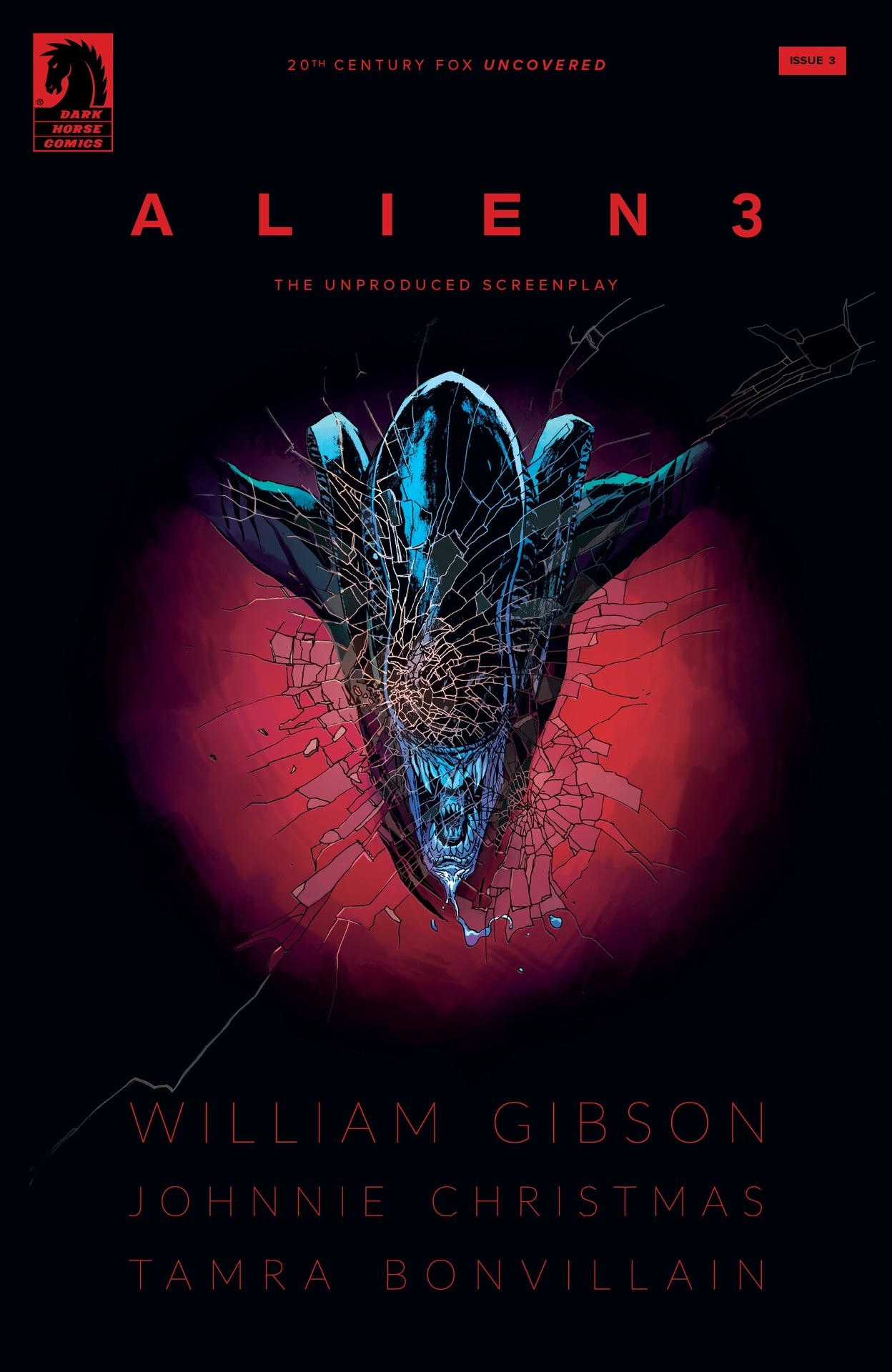
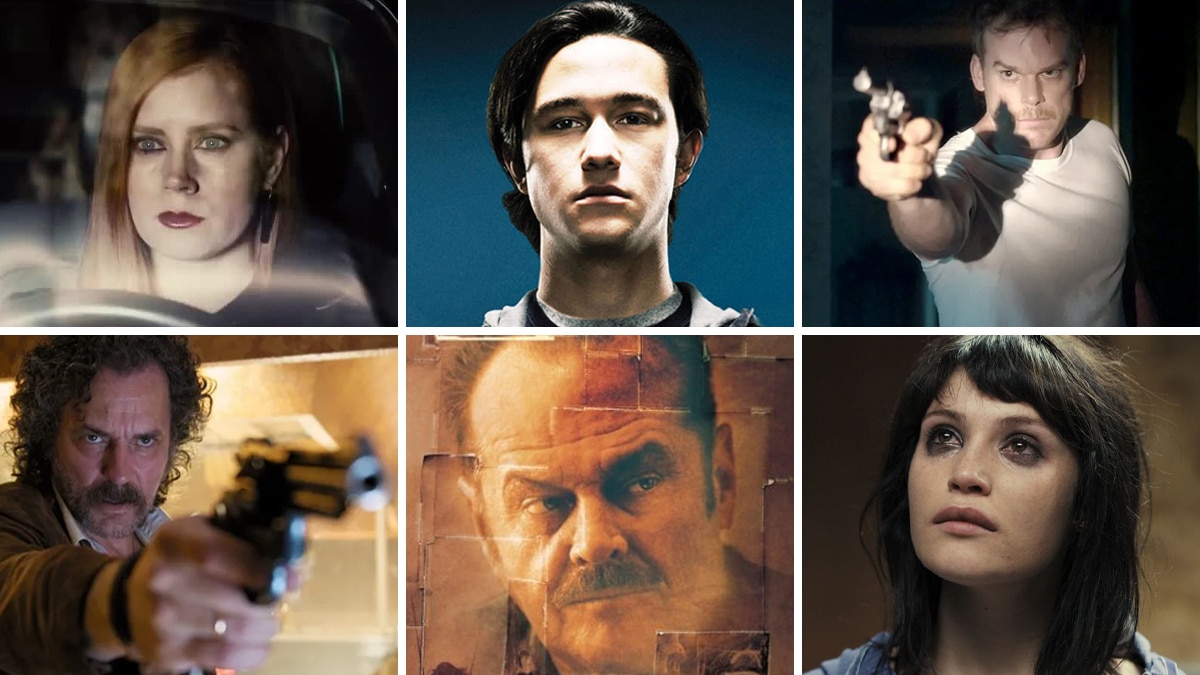
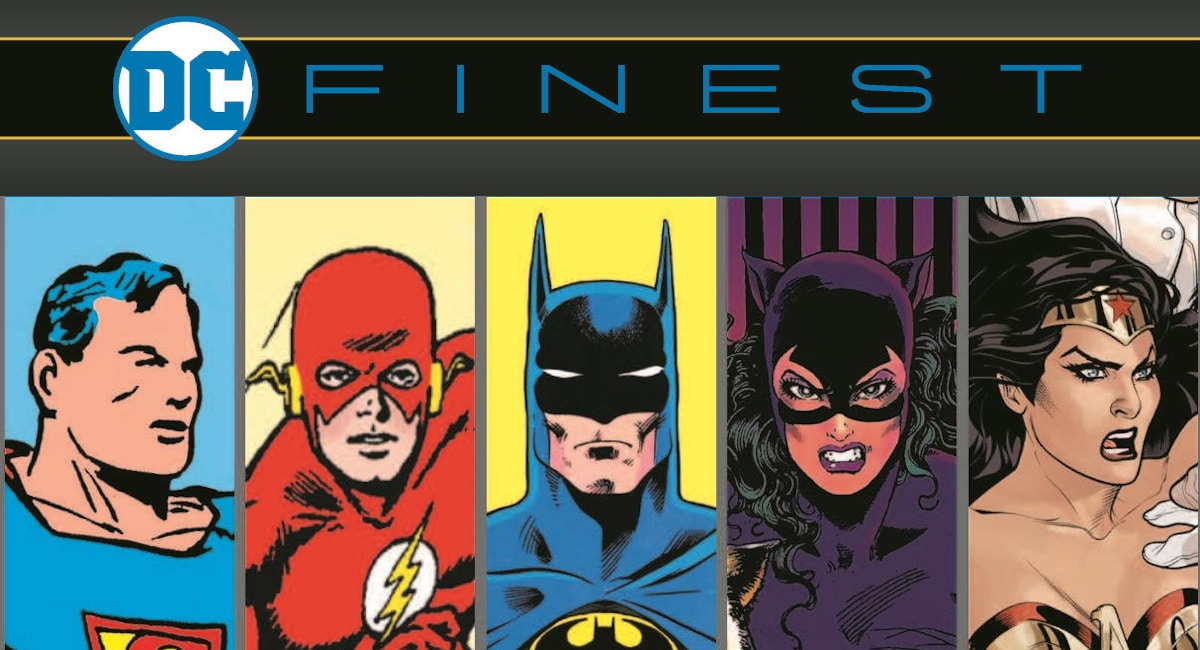
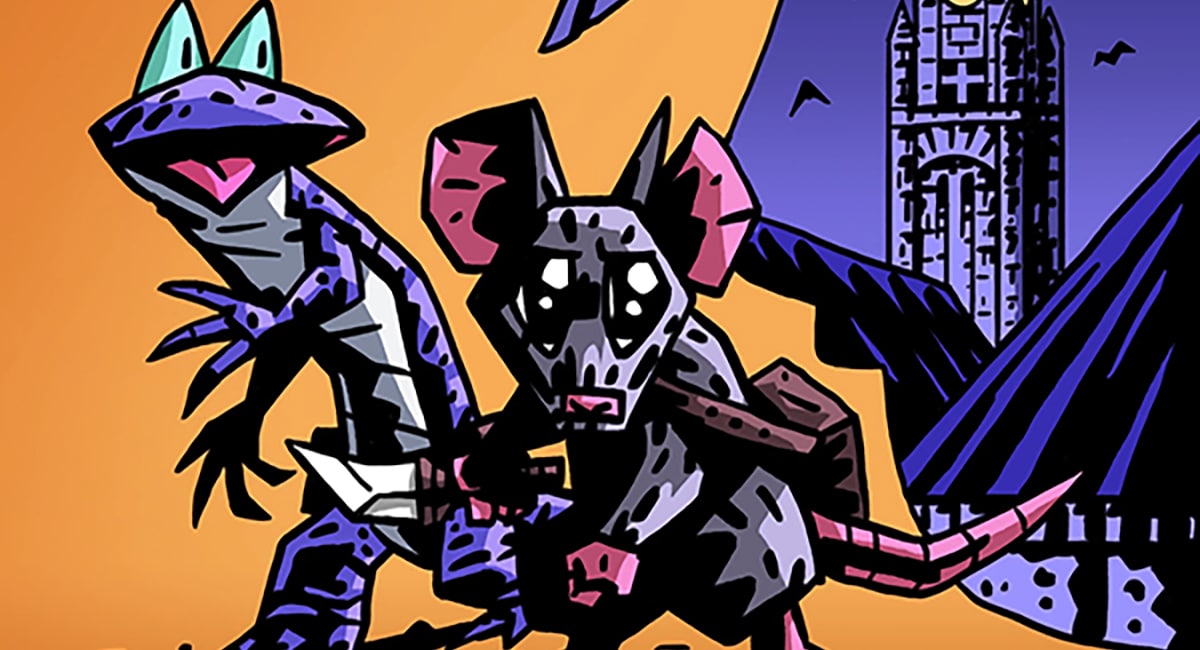



The amount of different types of comics on here–from DC/Marvel to middle-grade to webtoons to manga to small indie books–is wonderful and indicates not just a love for comics as a genre, but comics as a medium. Exceptional journalism!
Here’s the thing about comic books: they’re an irreplaceable art form. It’s a bold statement, given the conversations surrounding physical formats and the nondescript future of literature, but whether you’re a lifelong Marvel dork, an unapologetic indiehead.
Comments are closed.